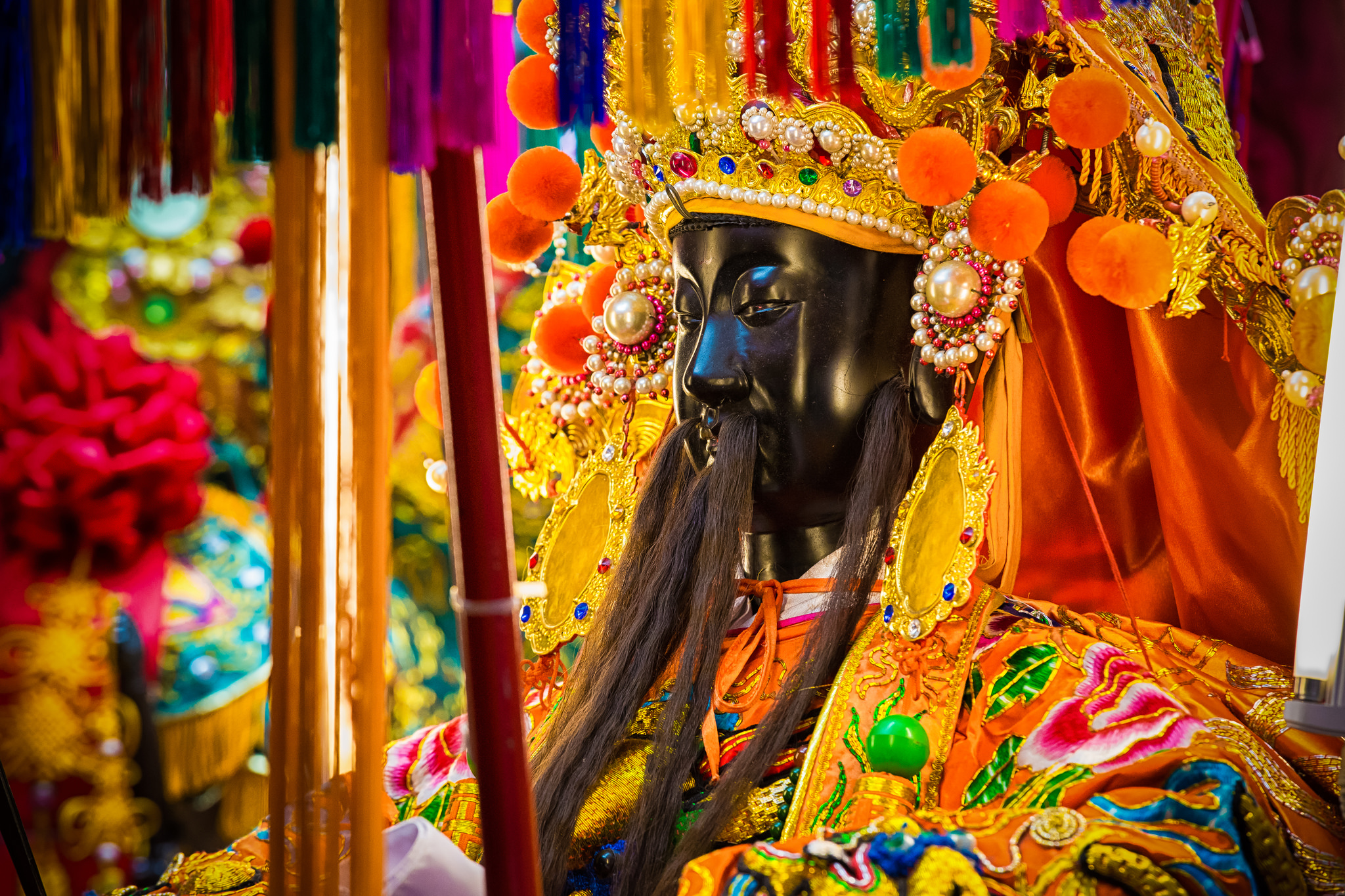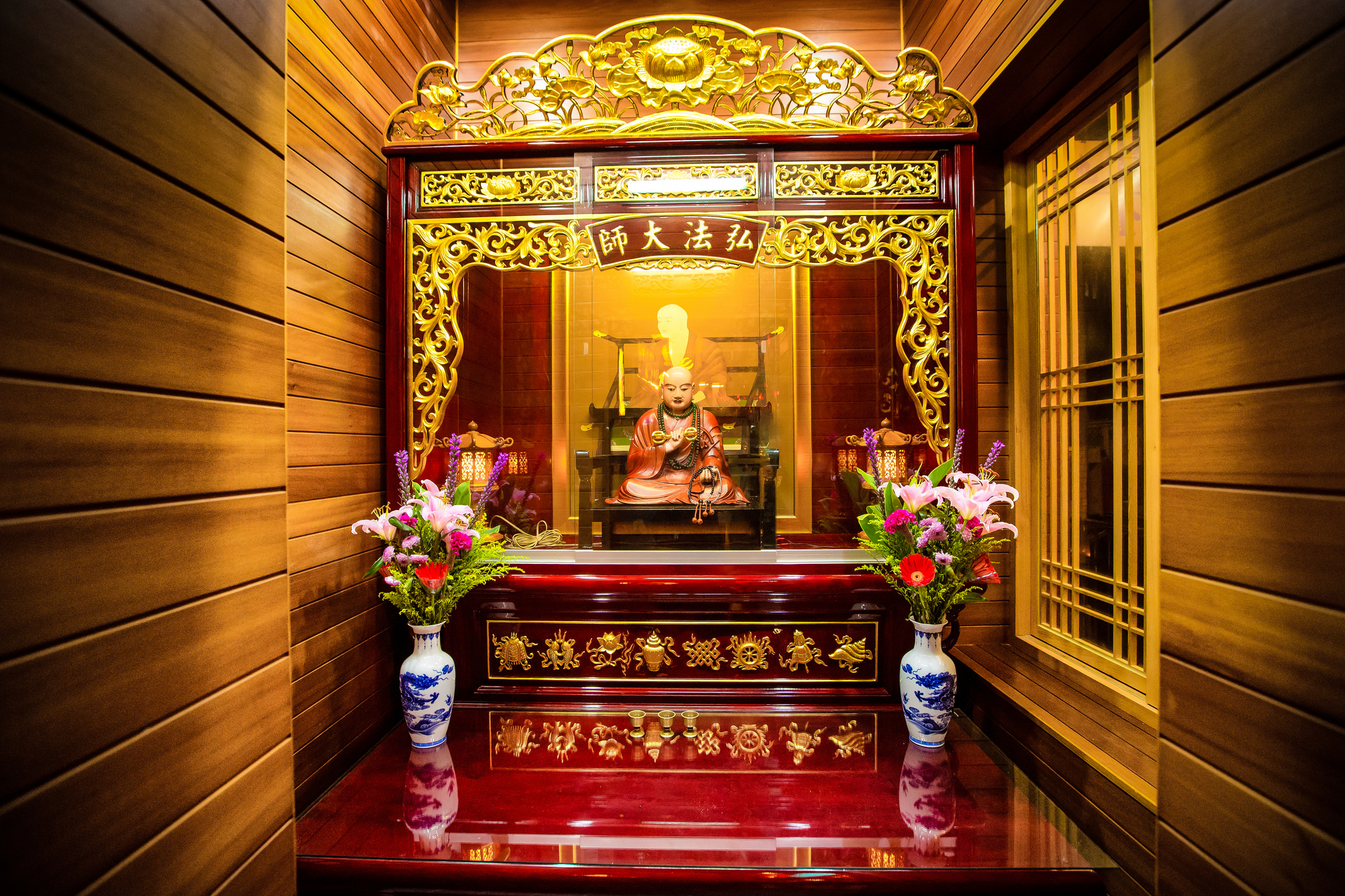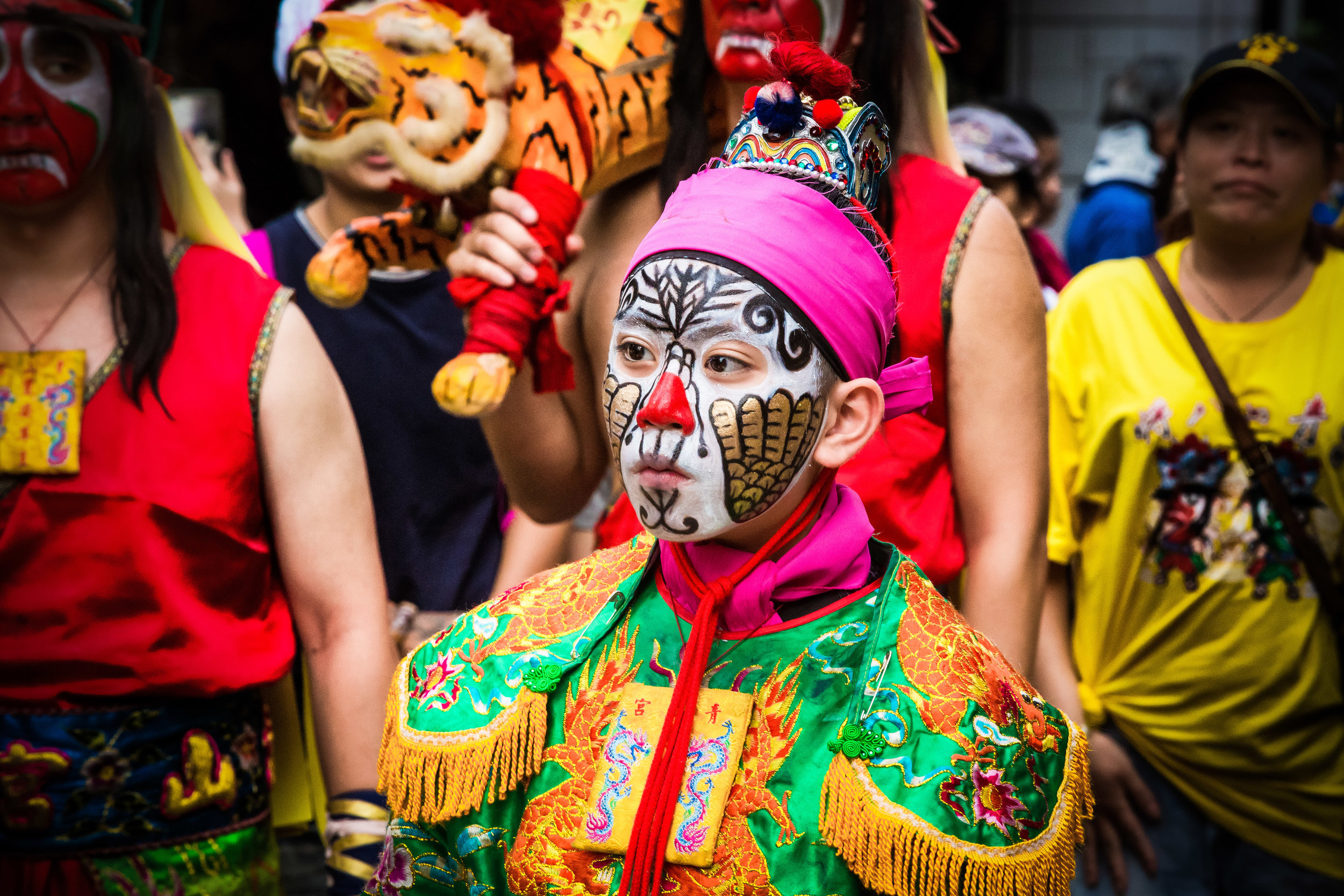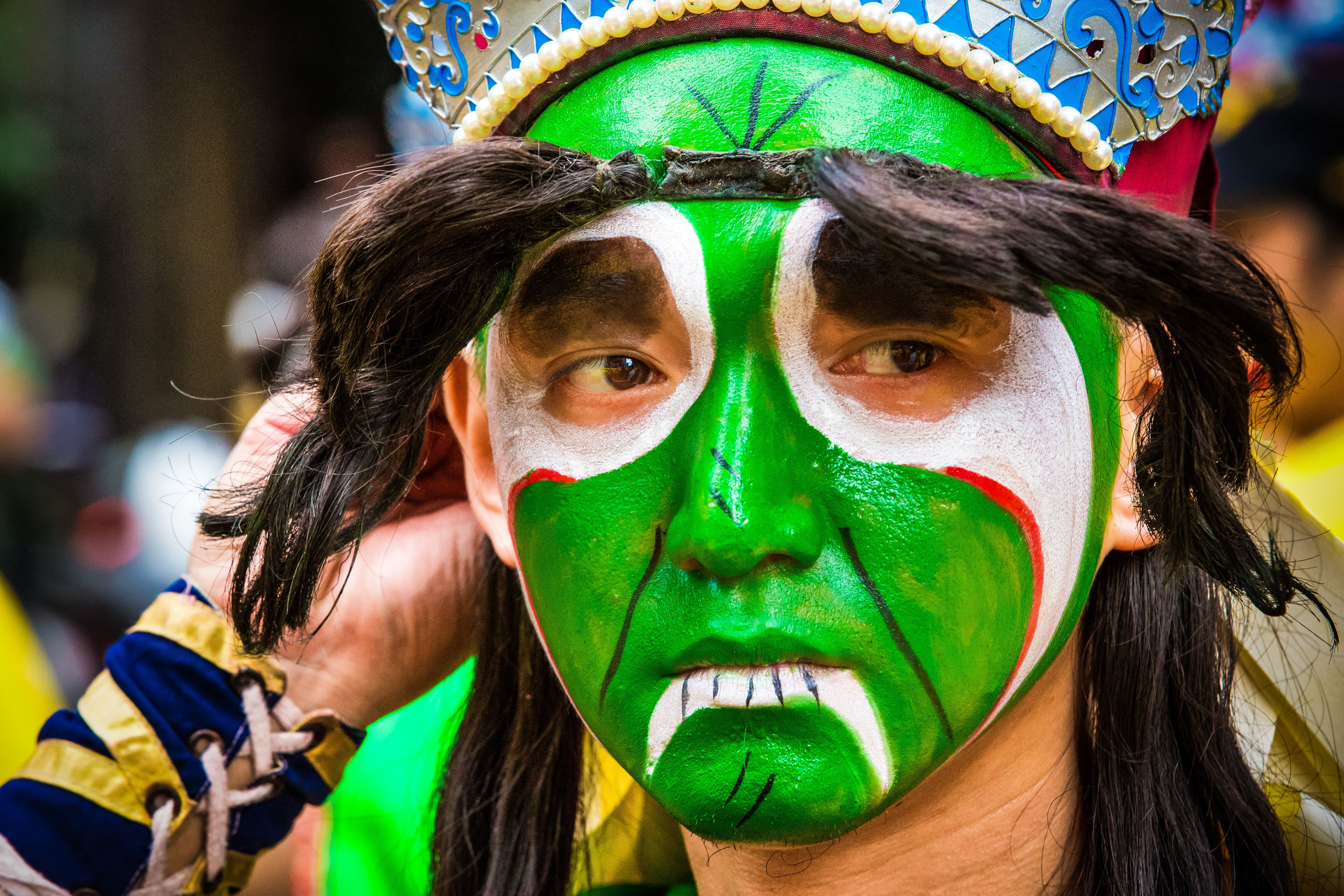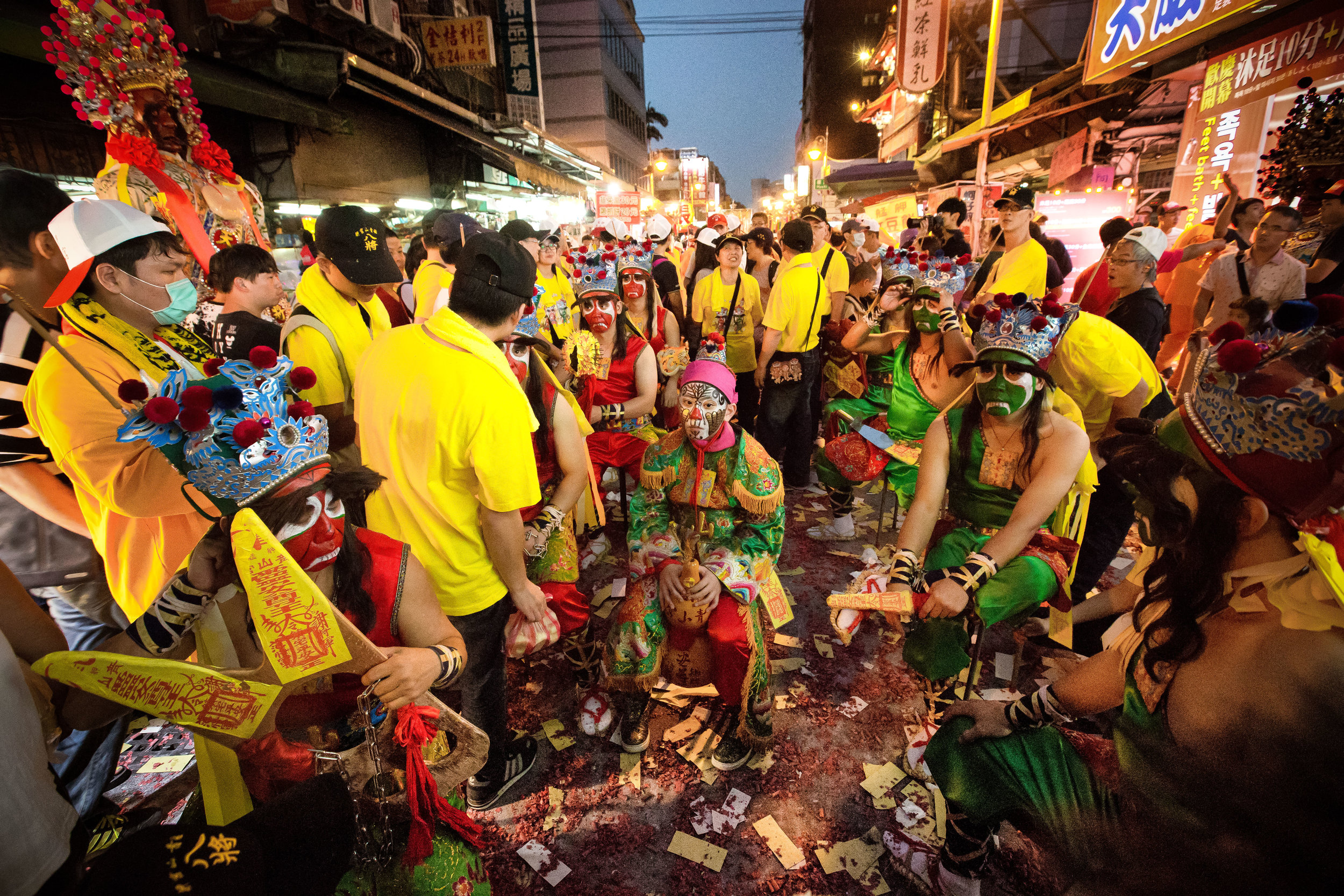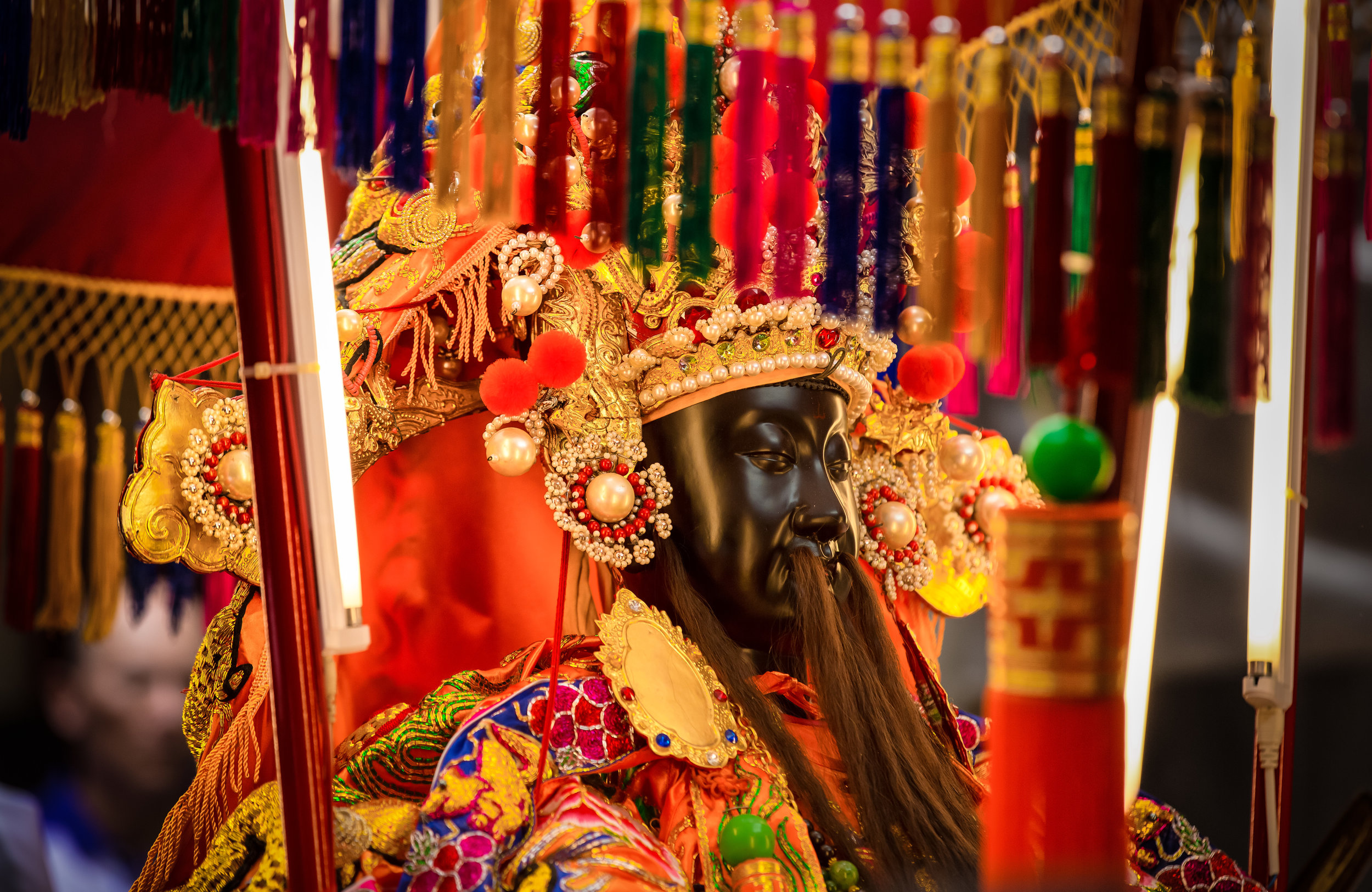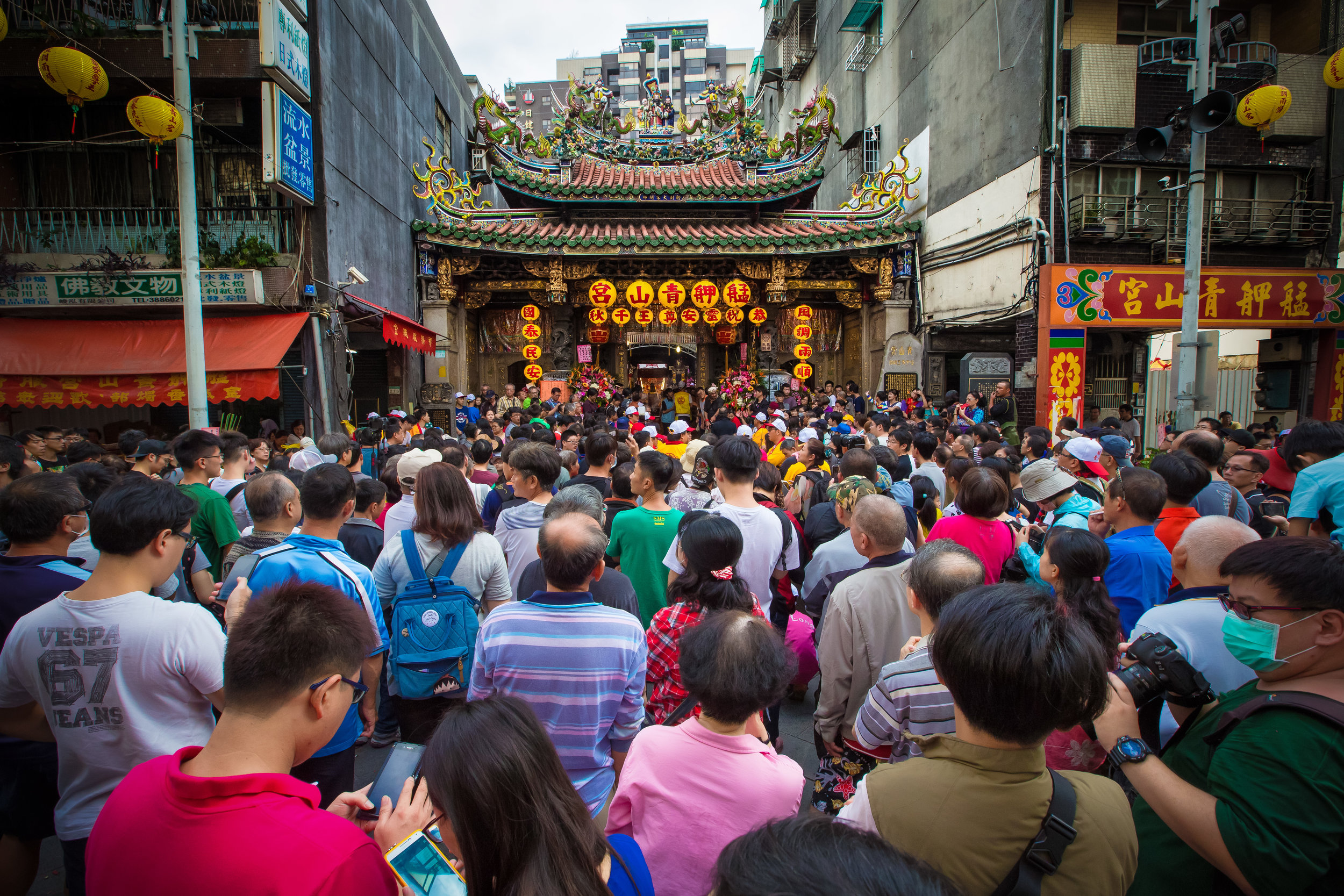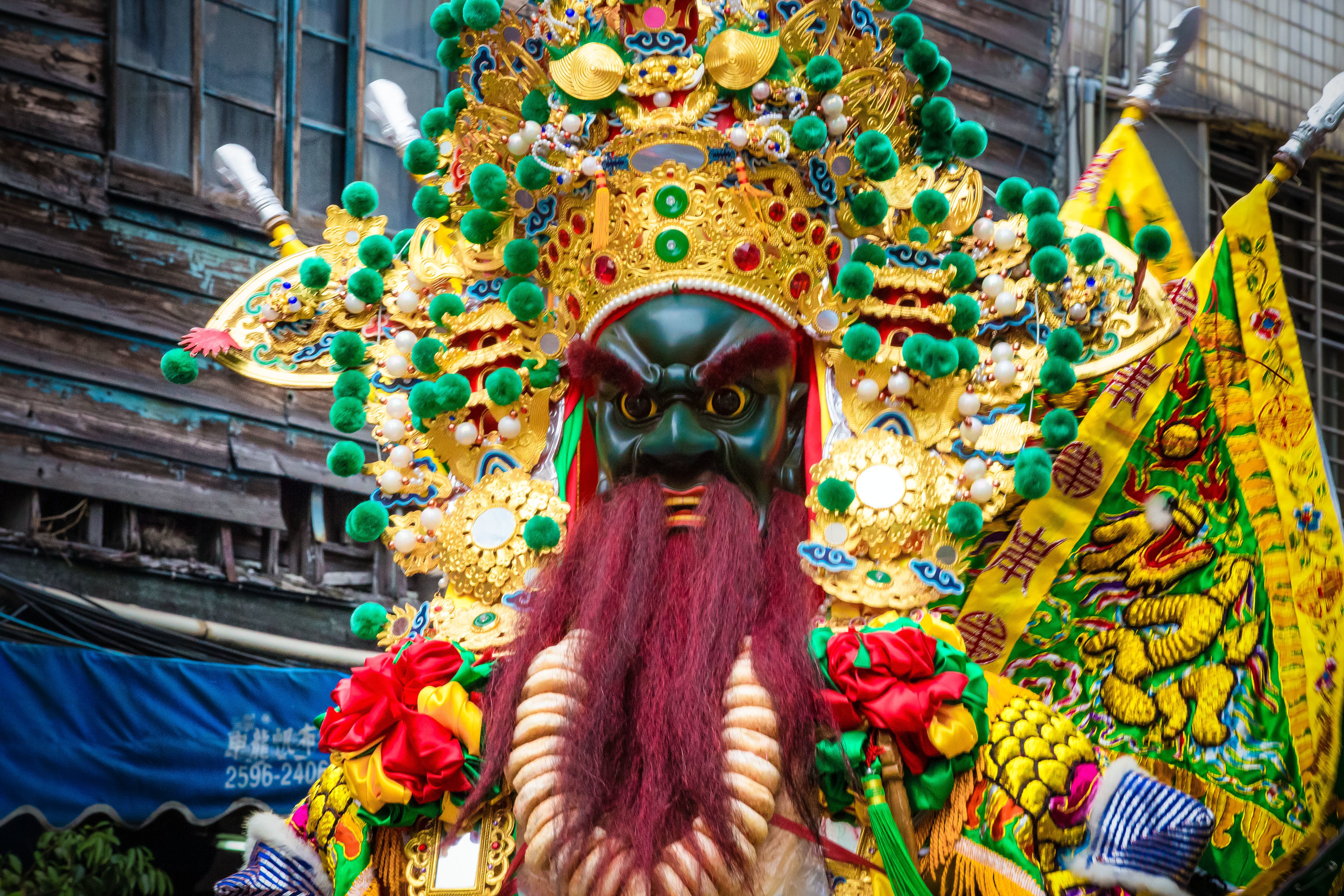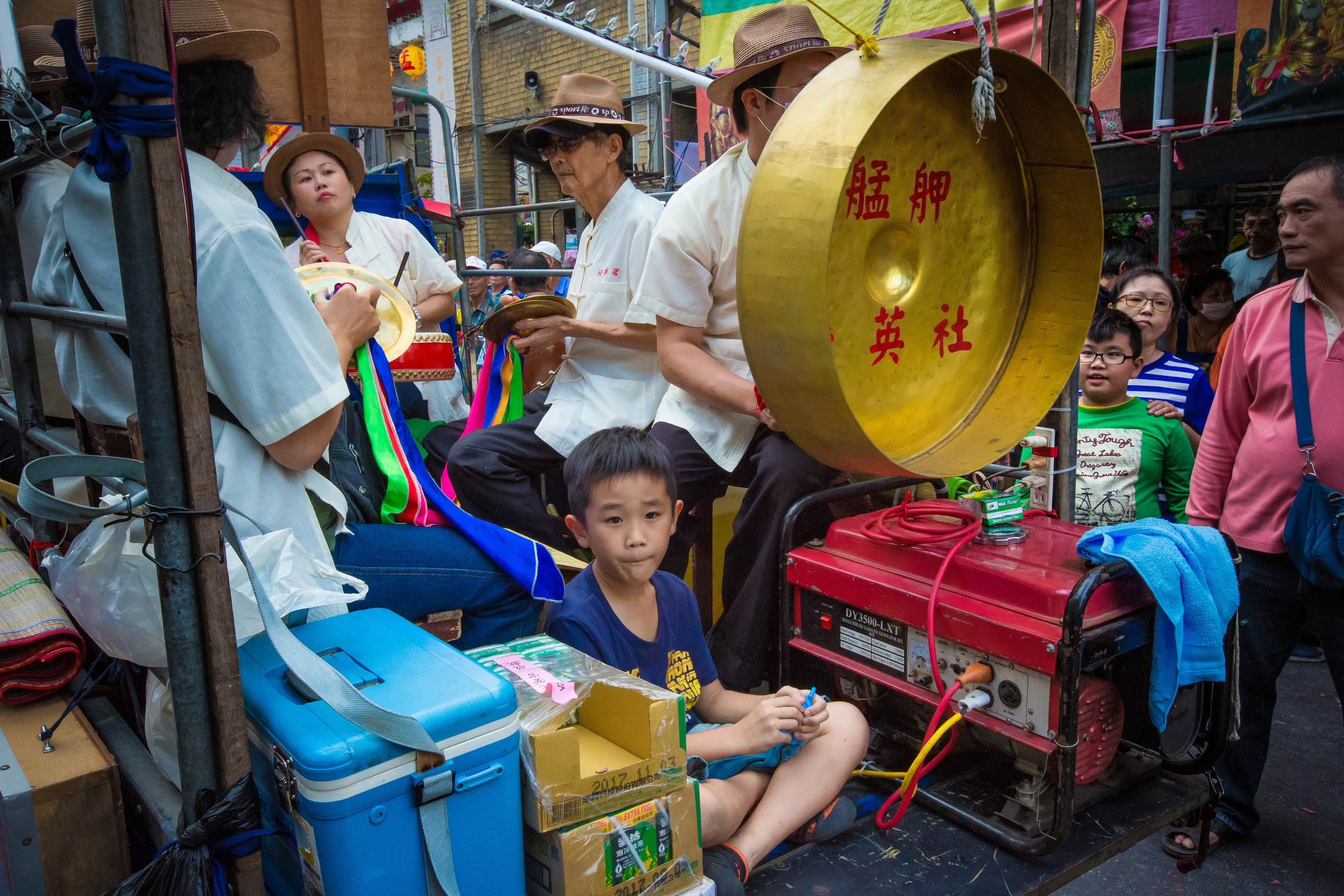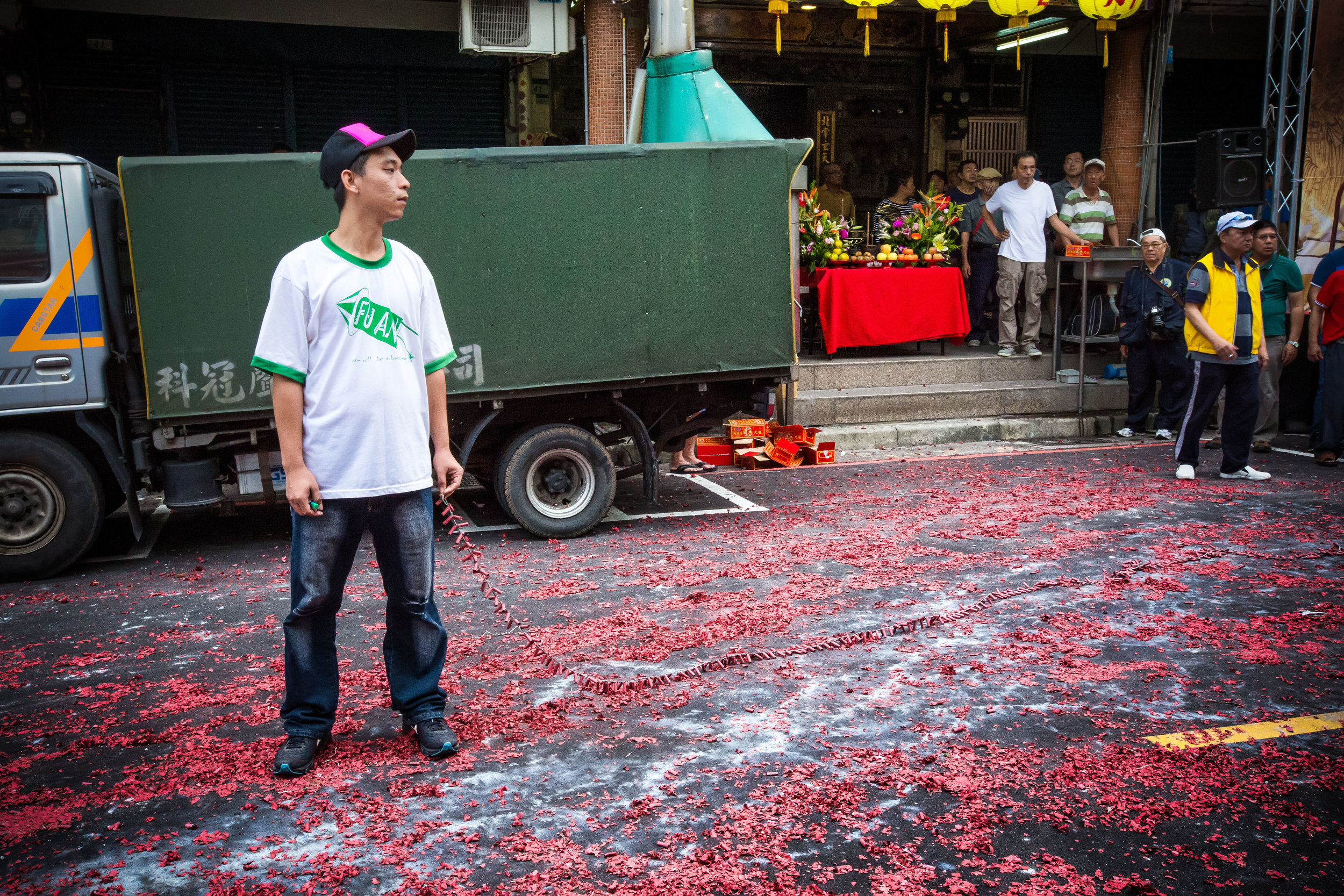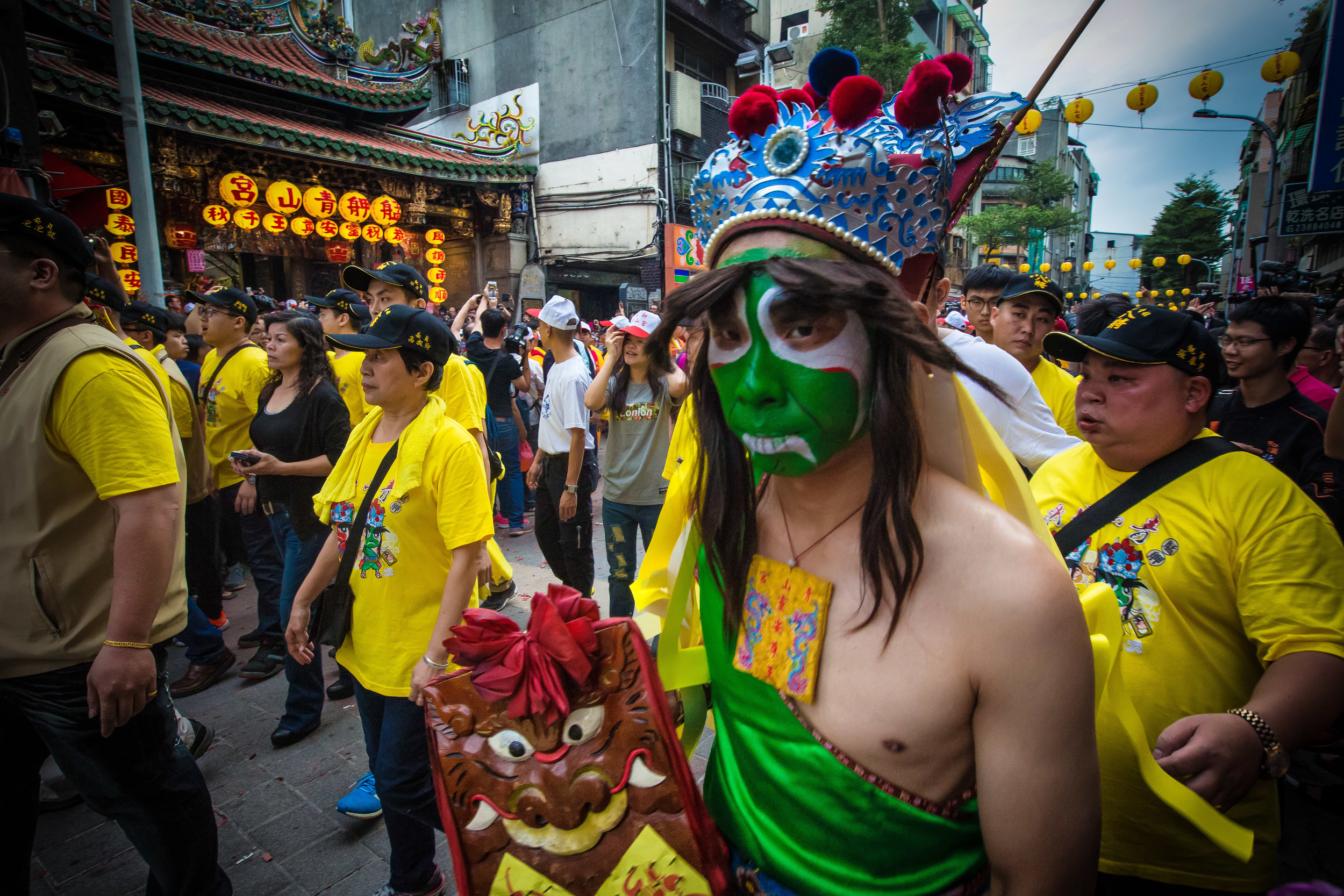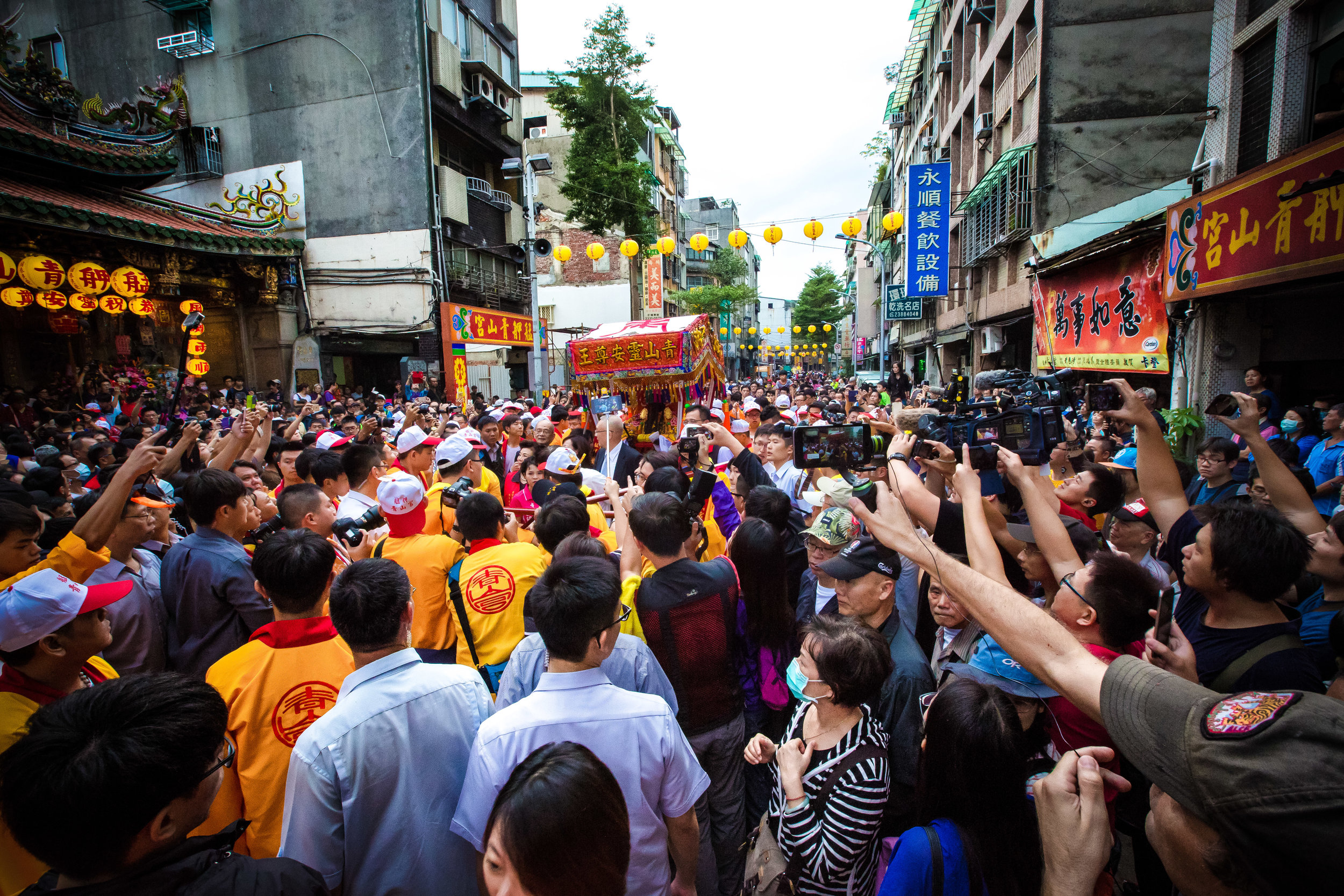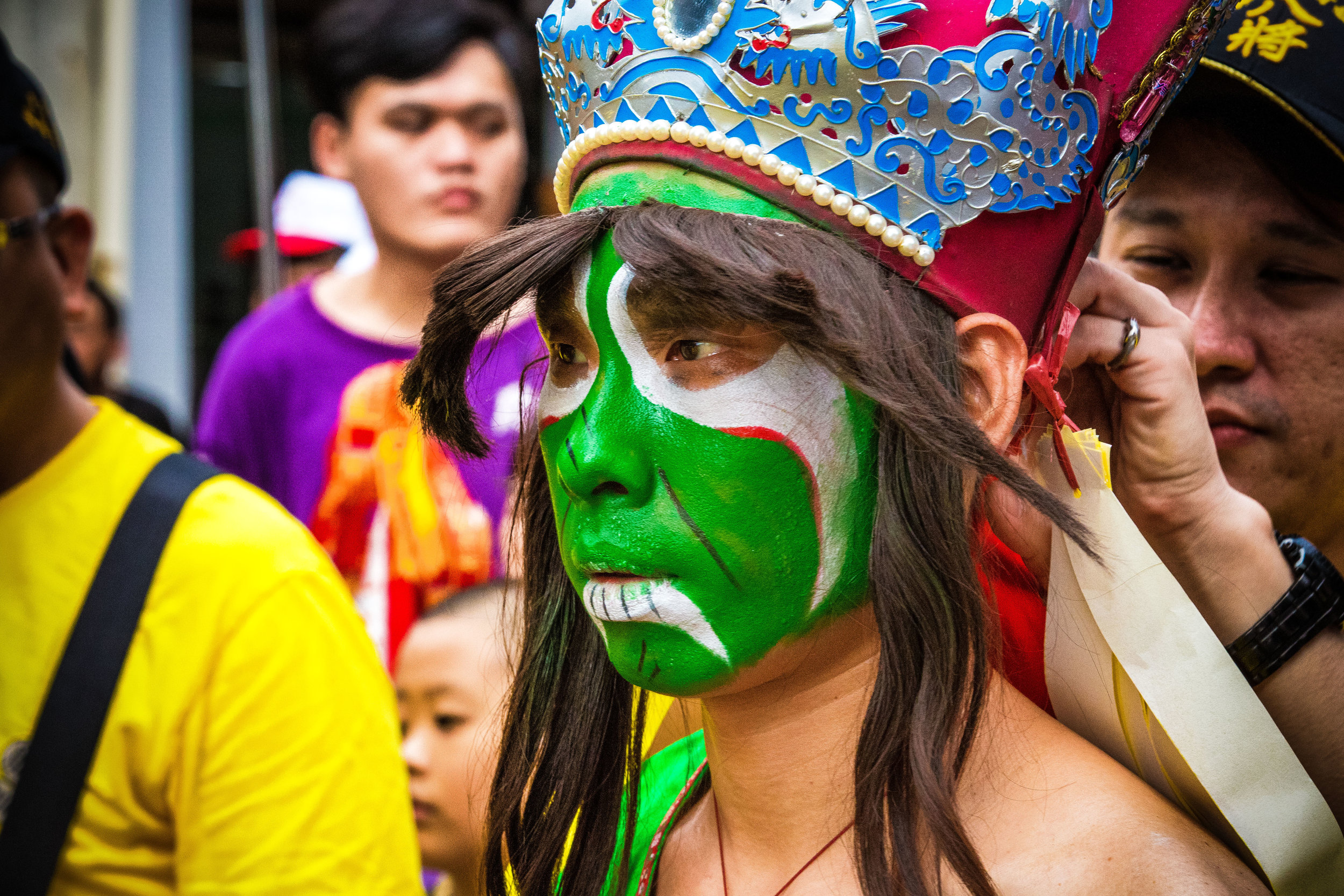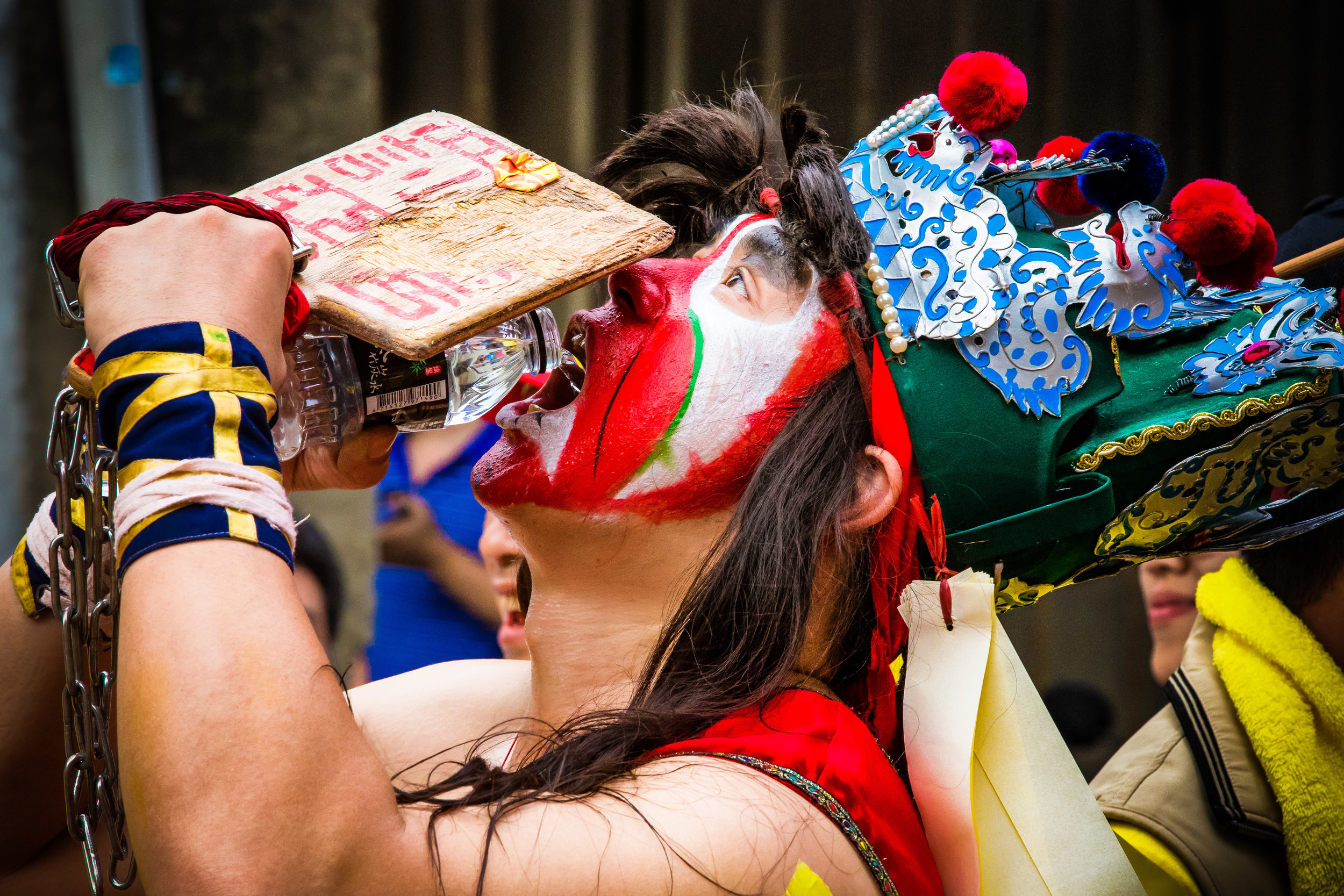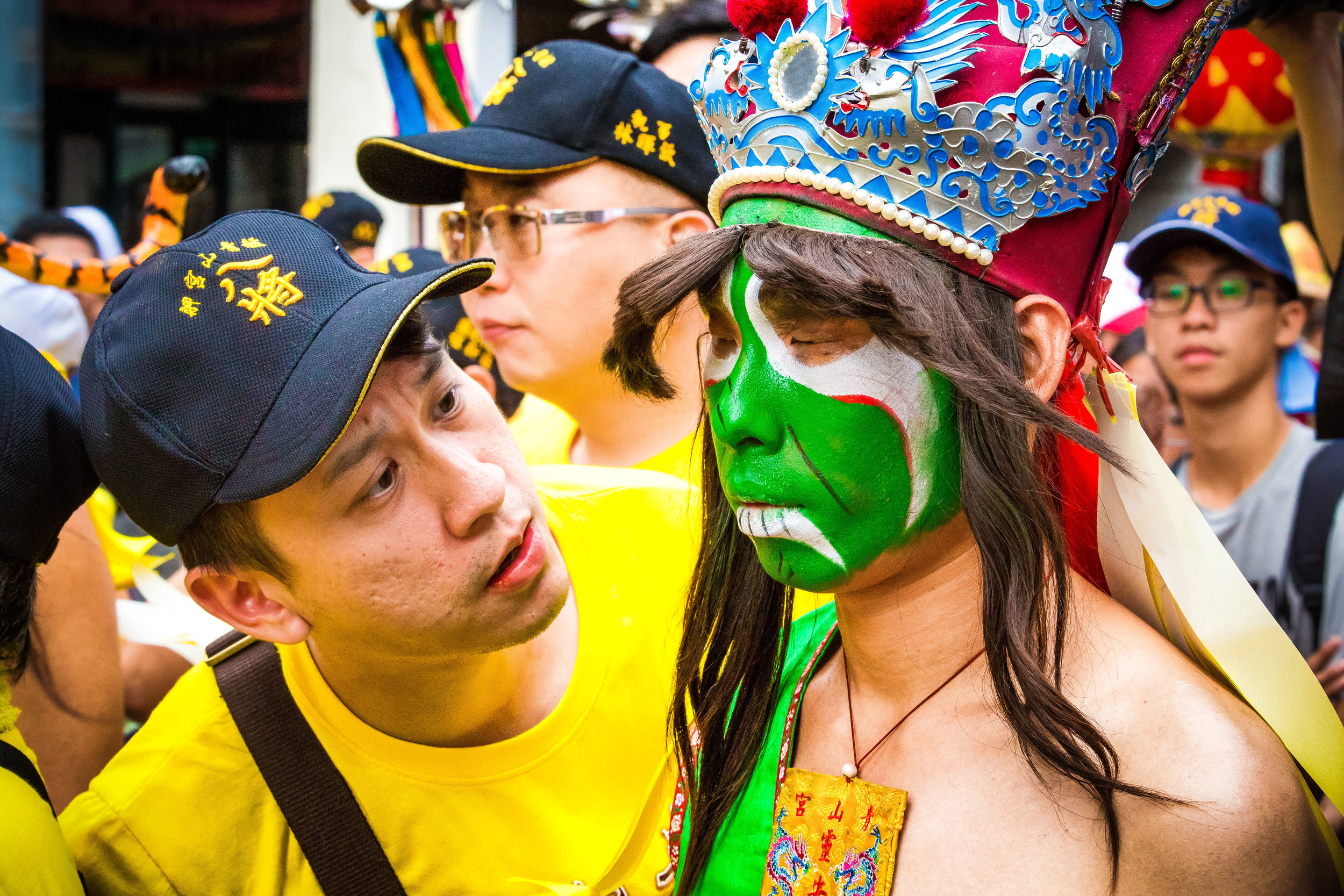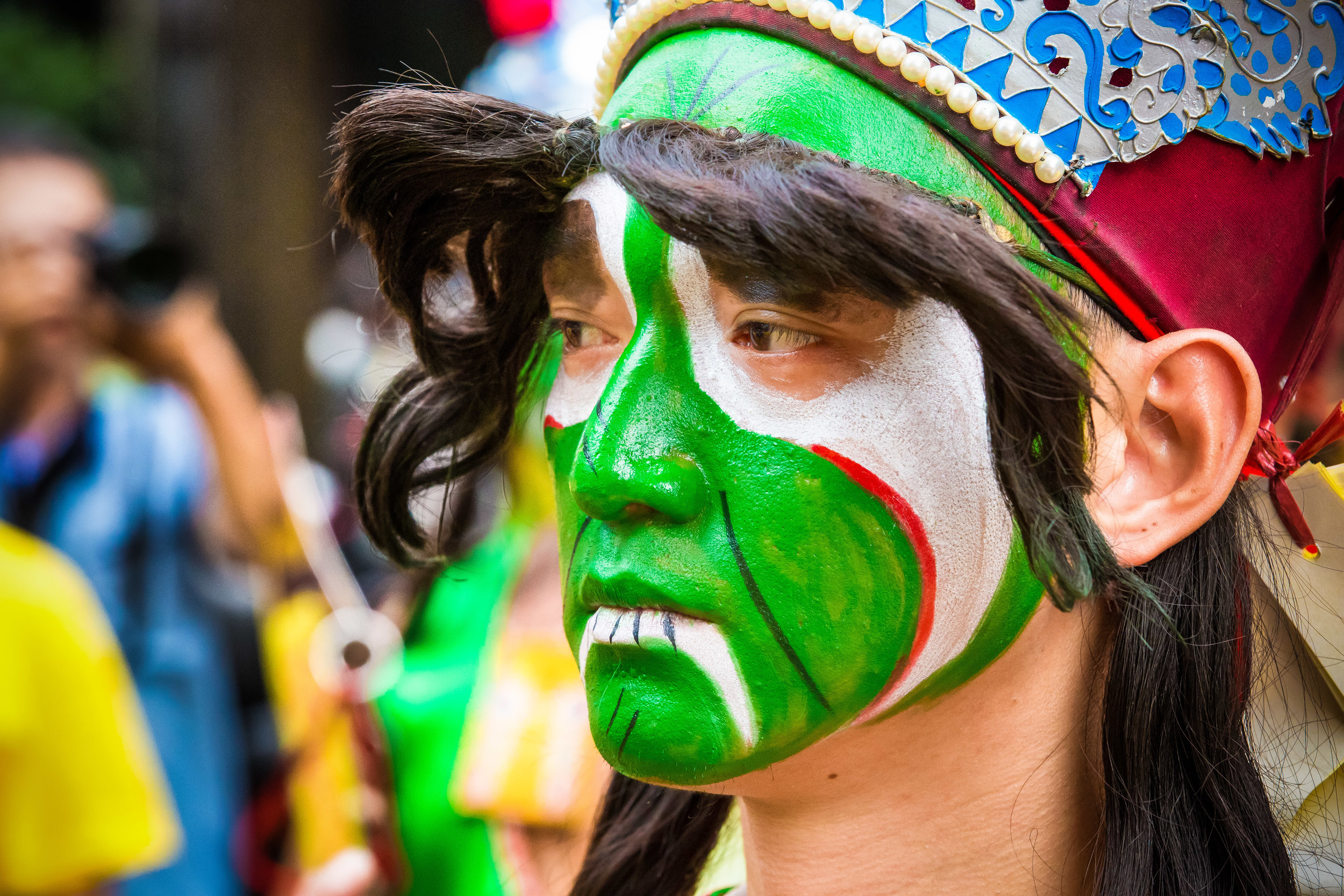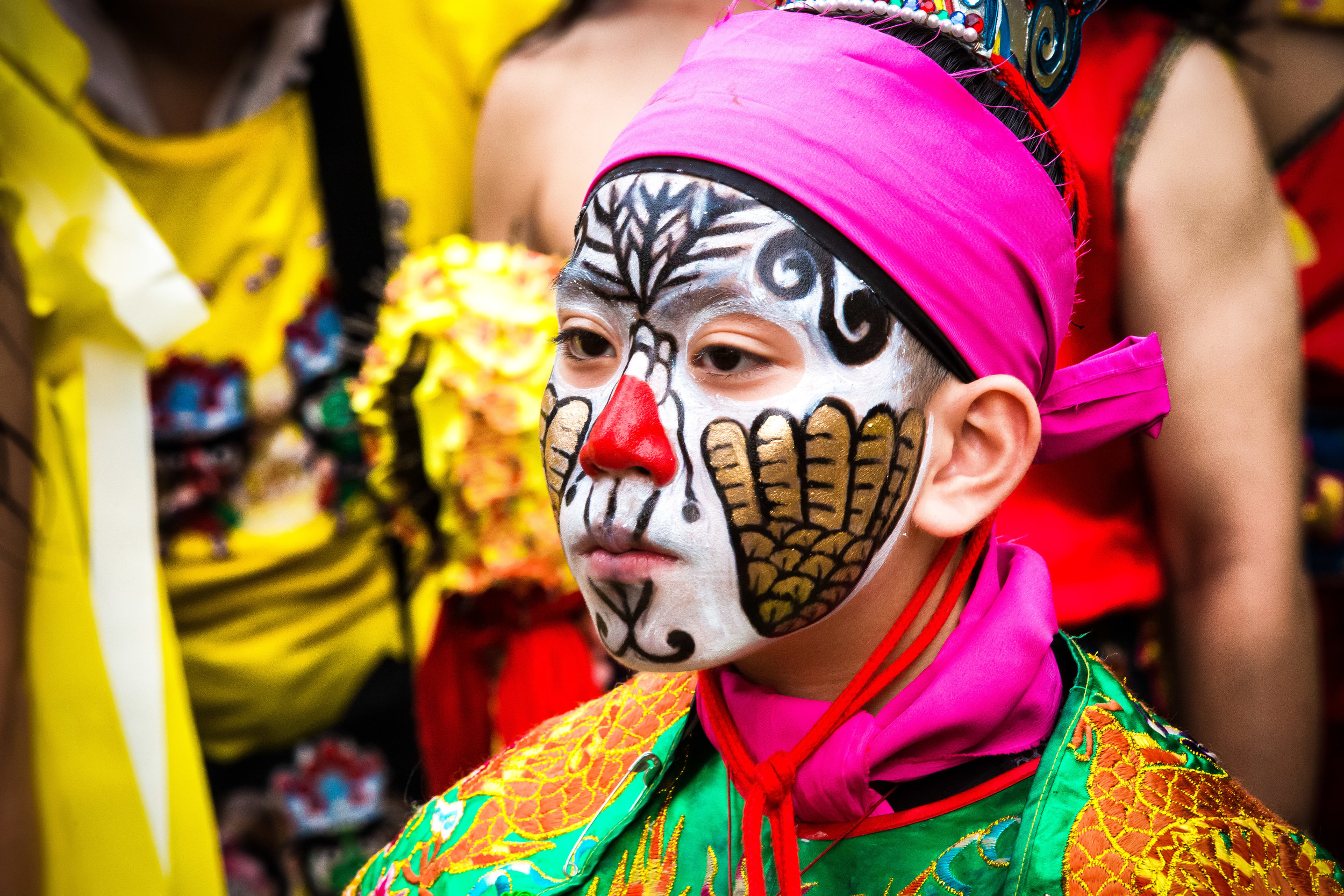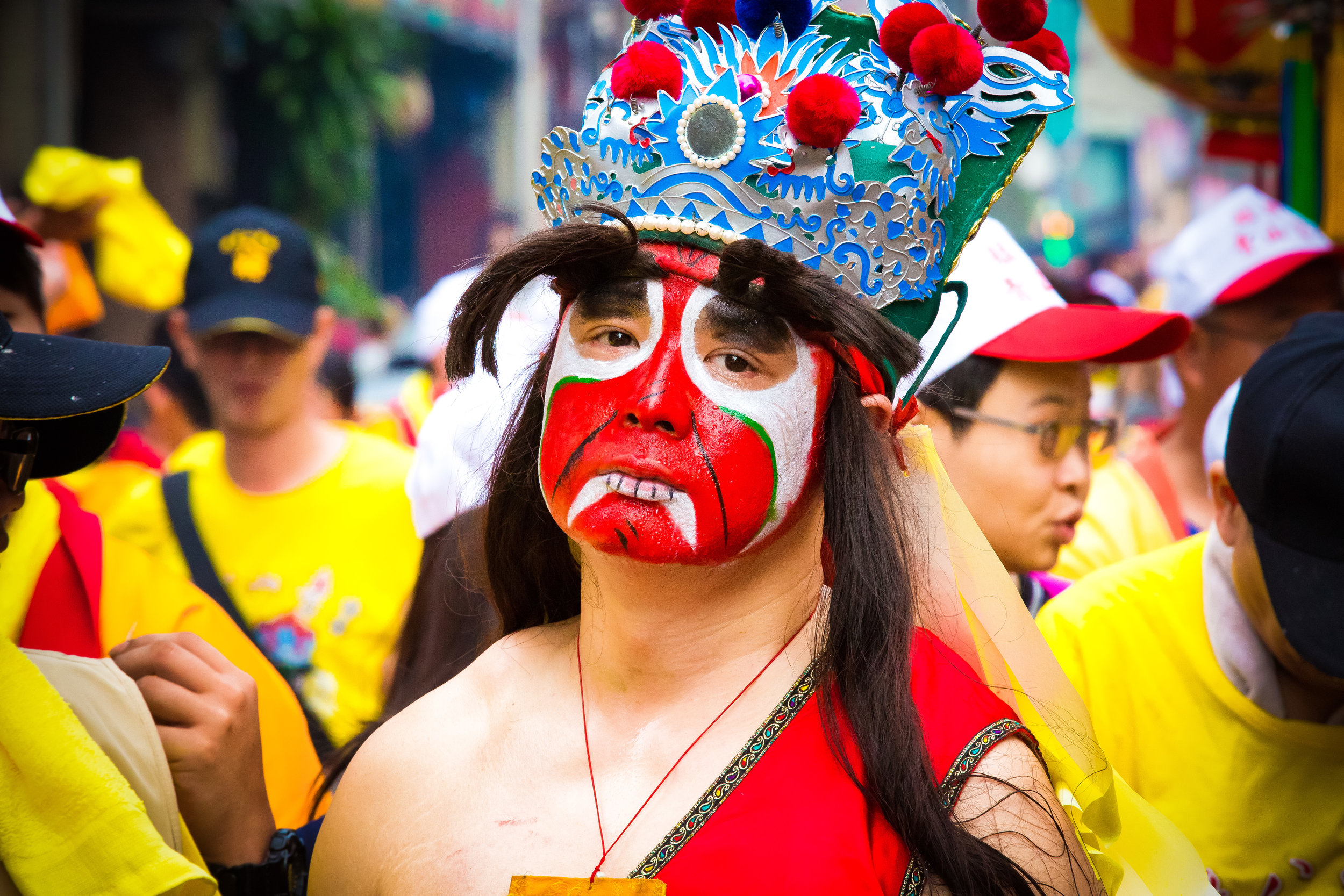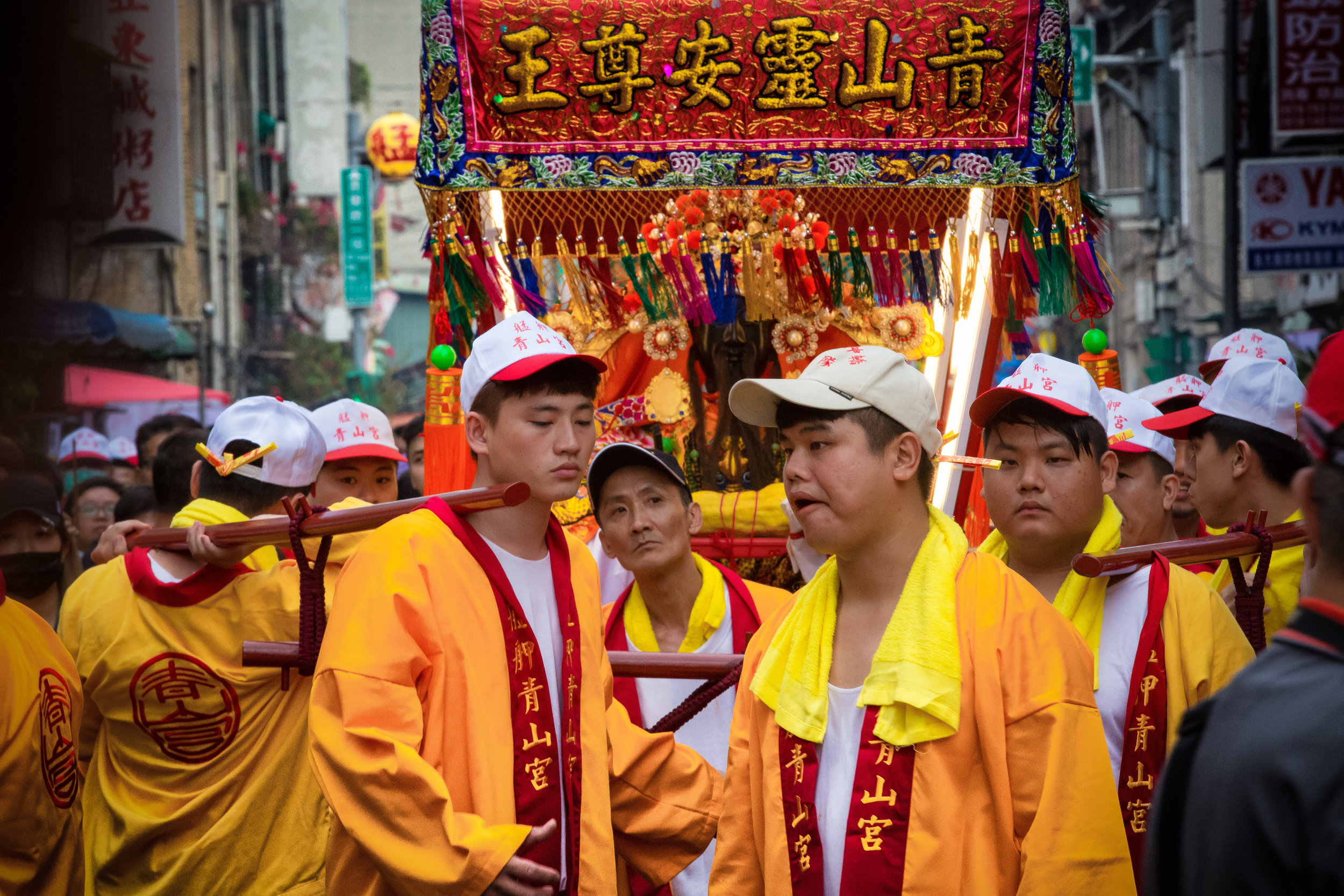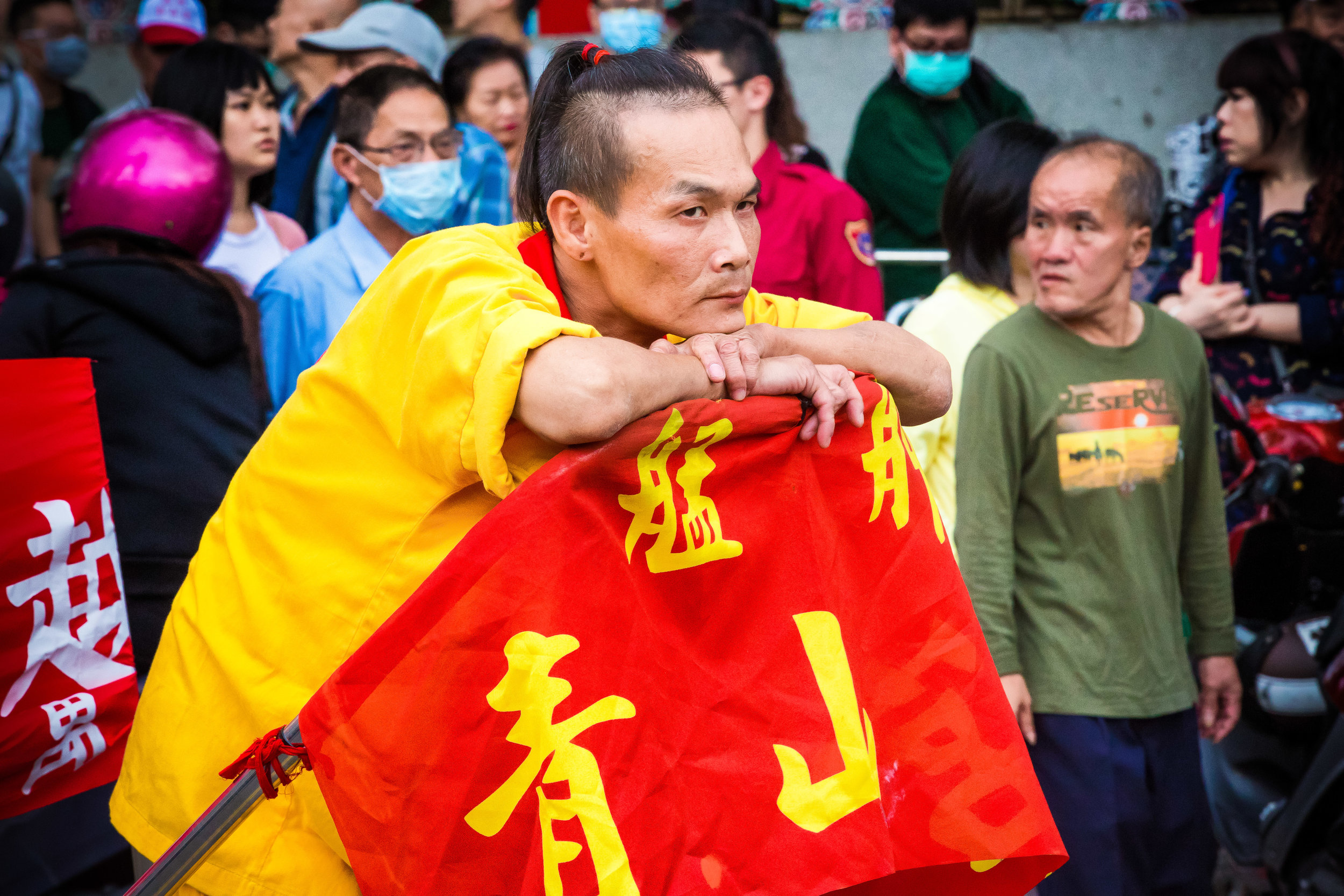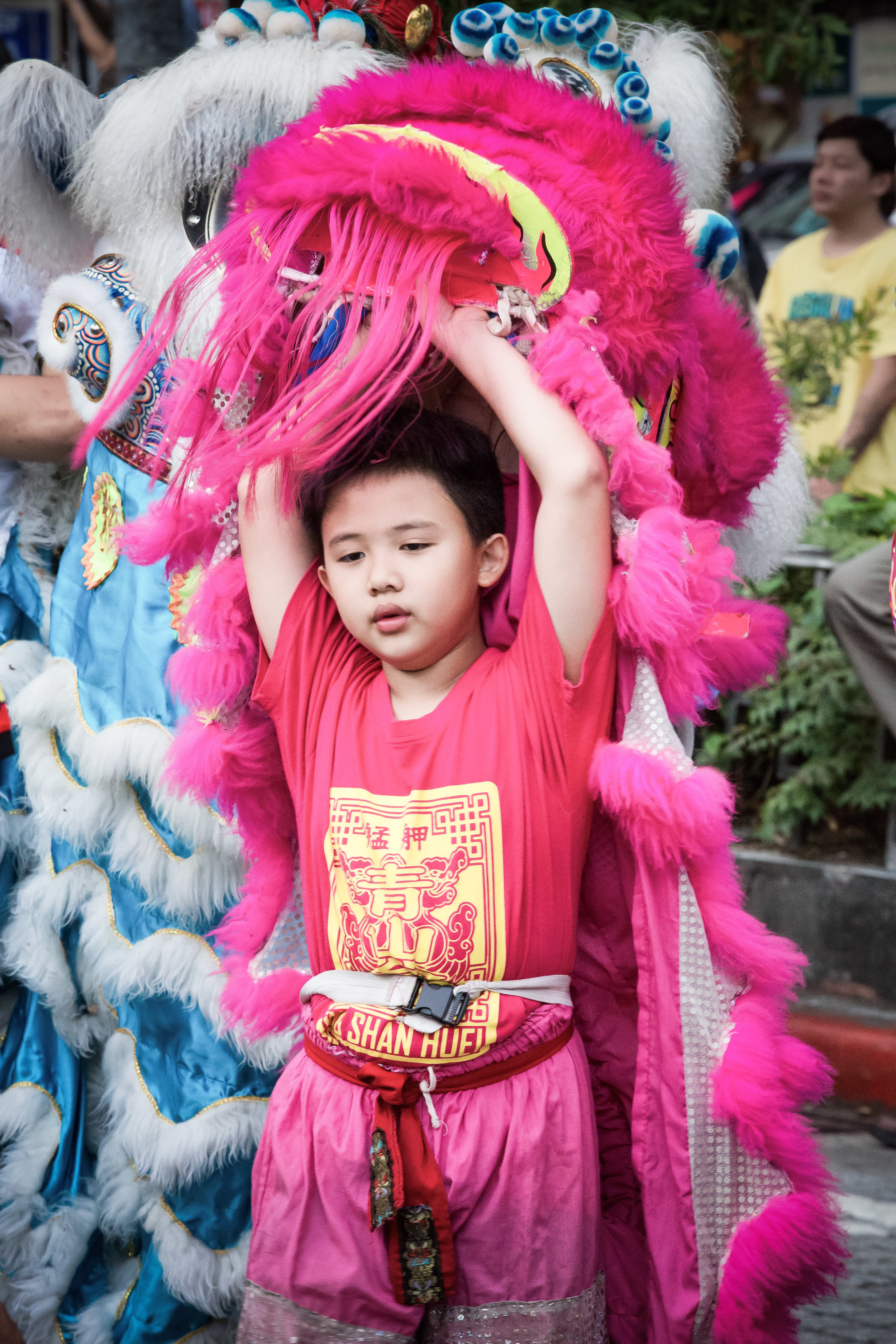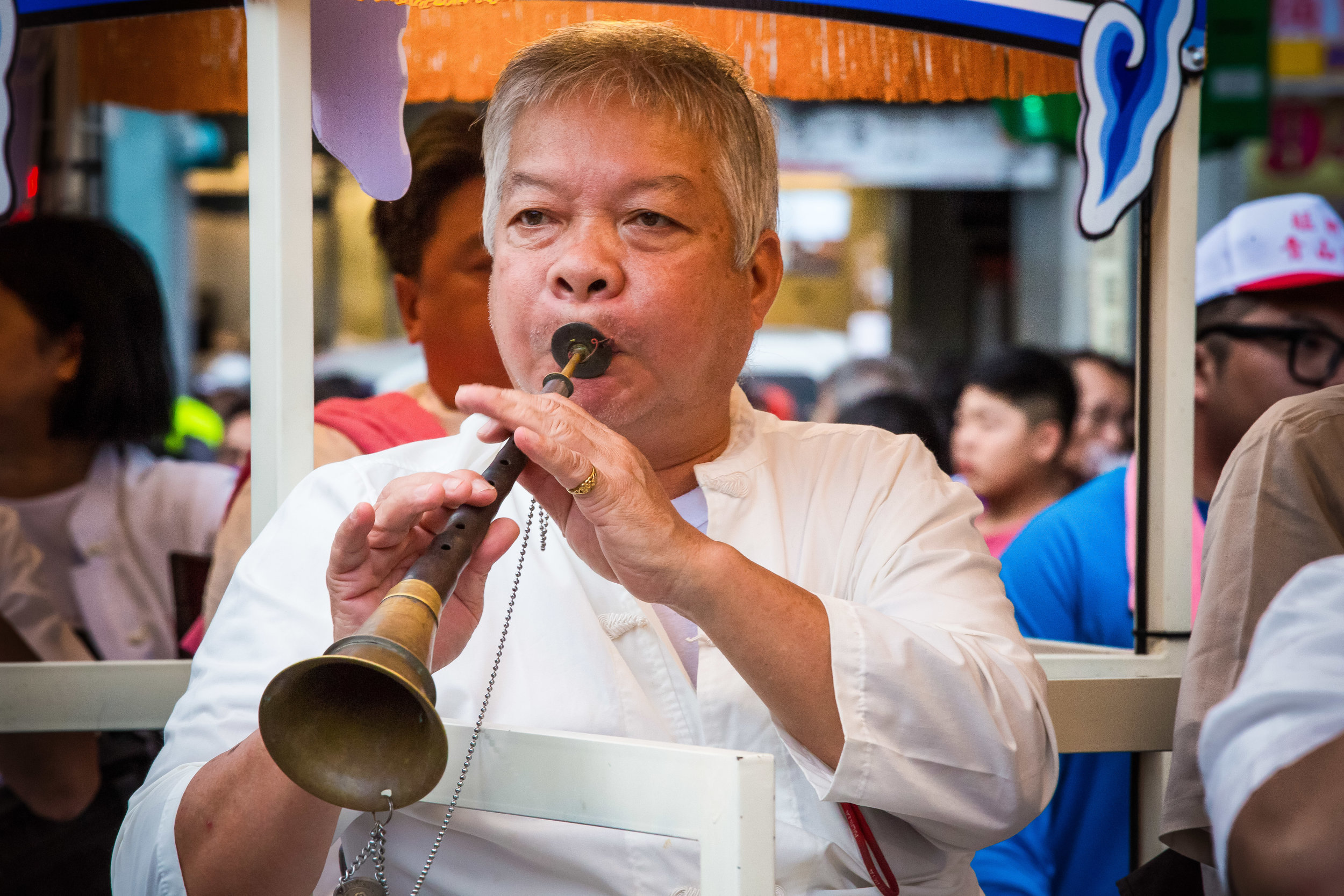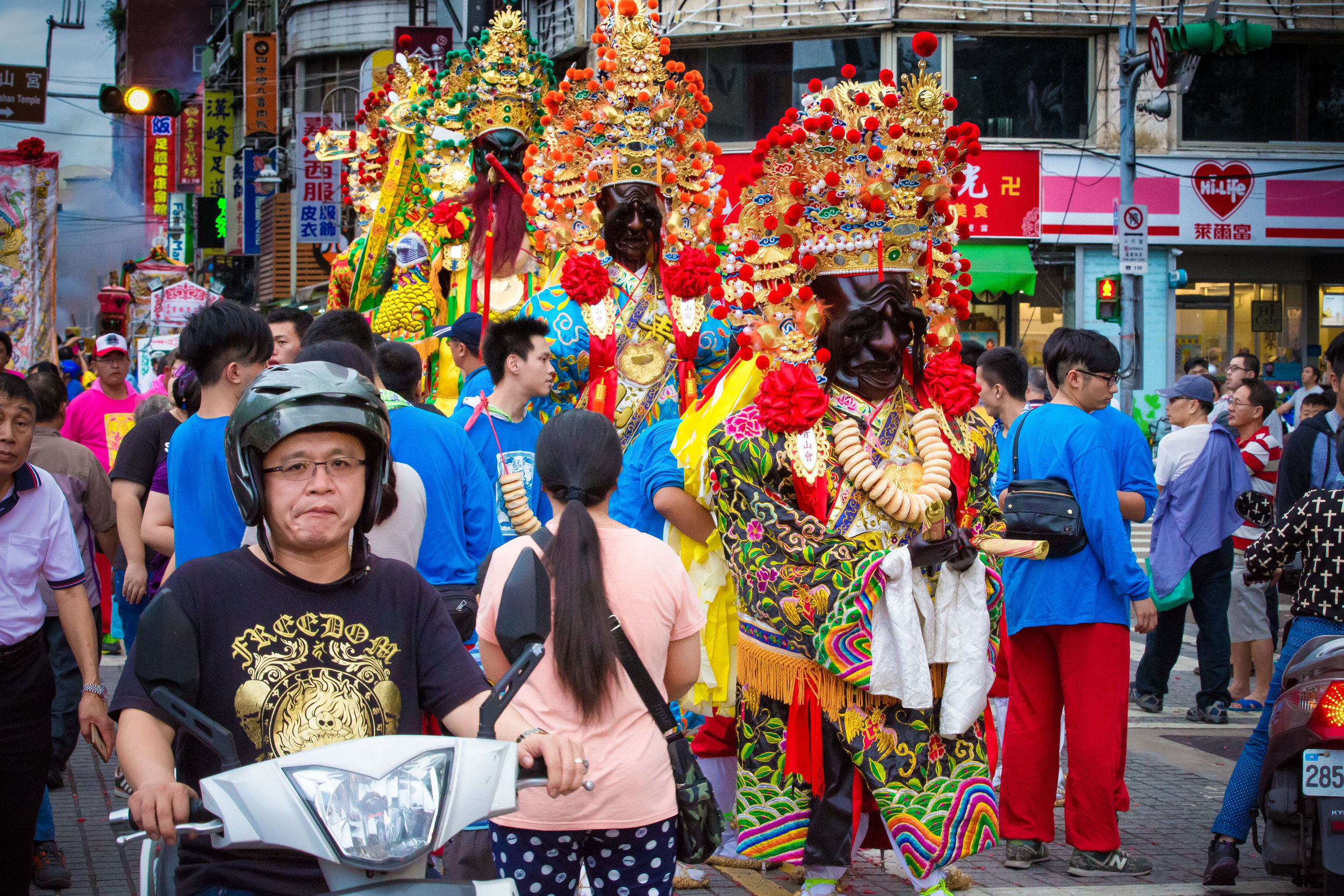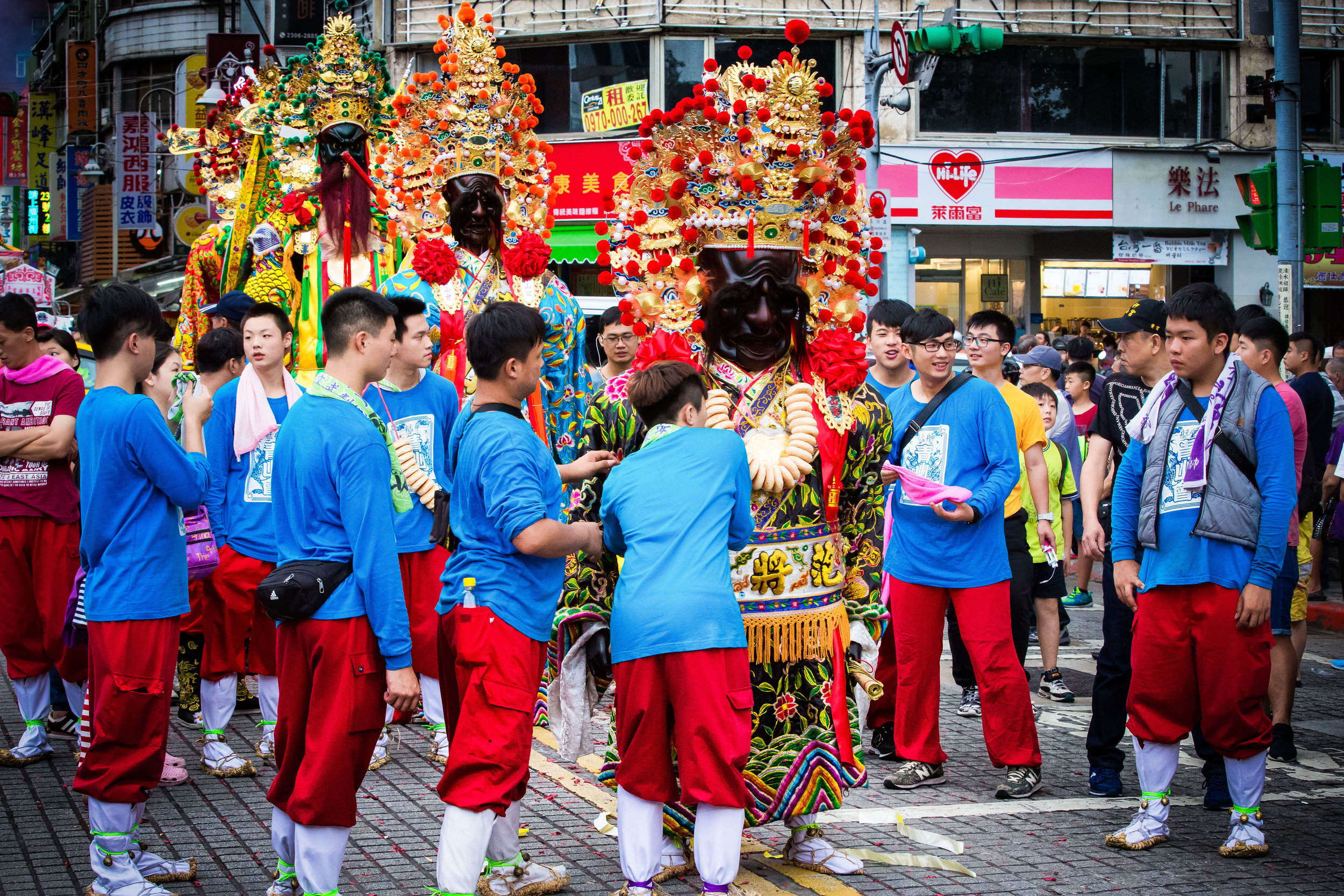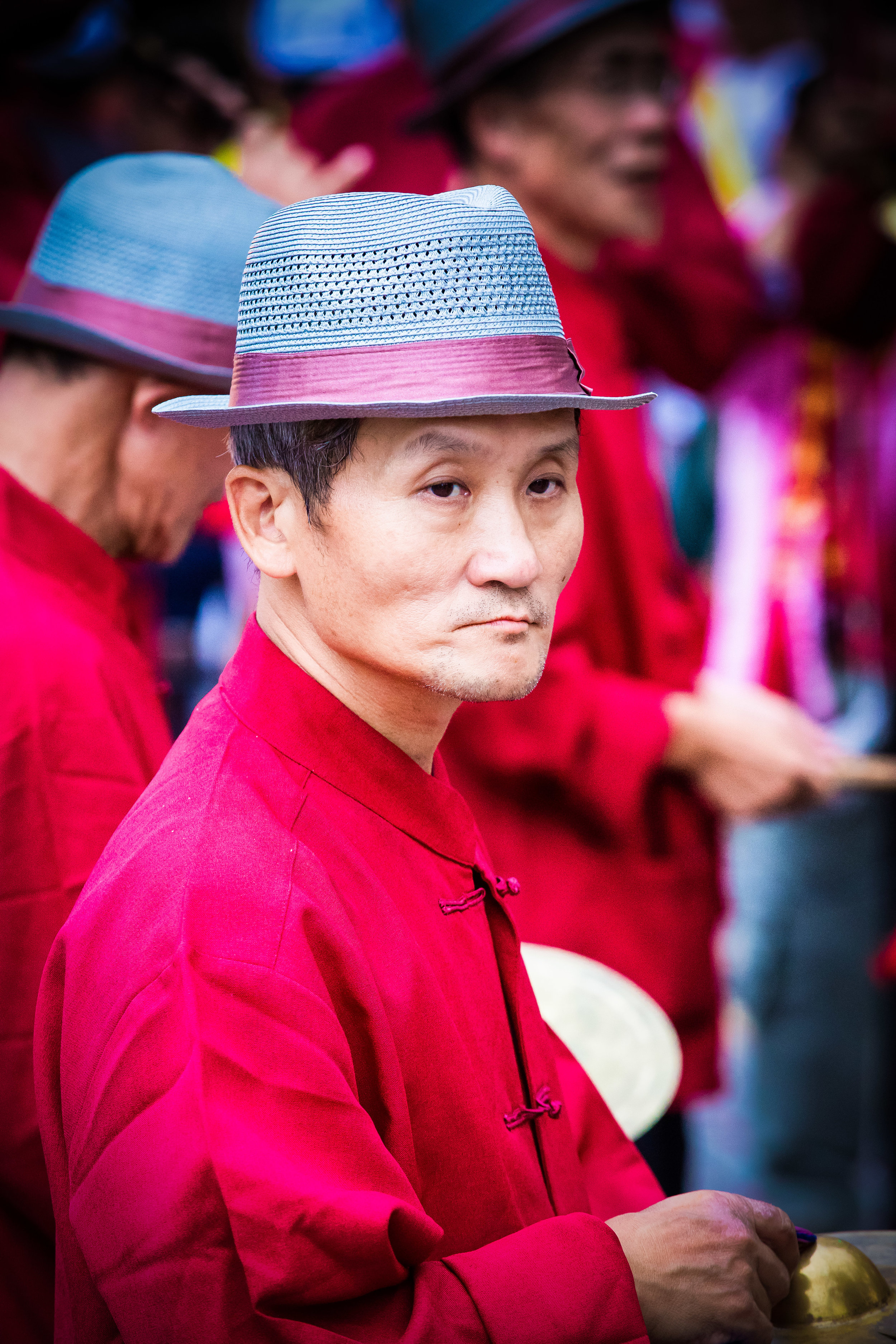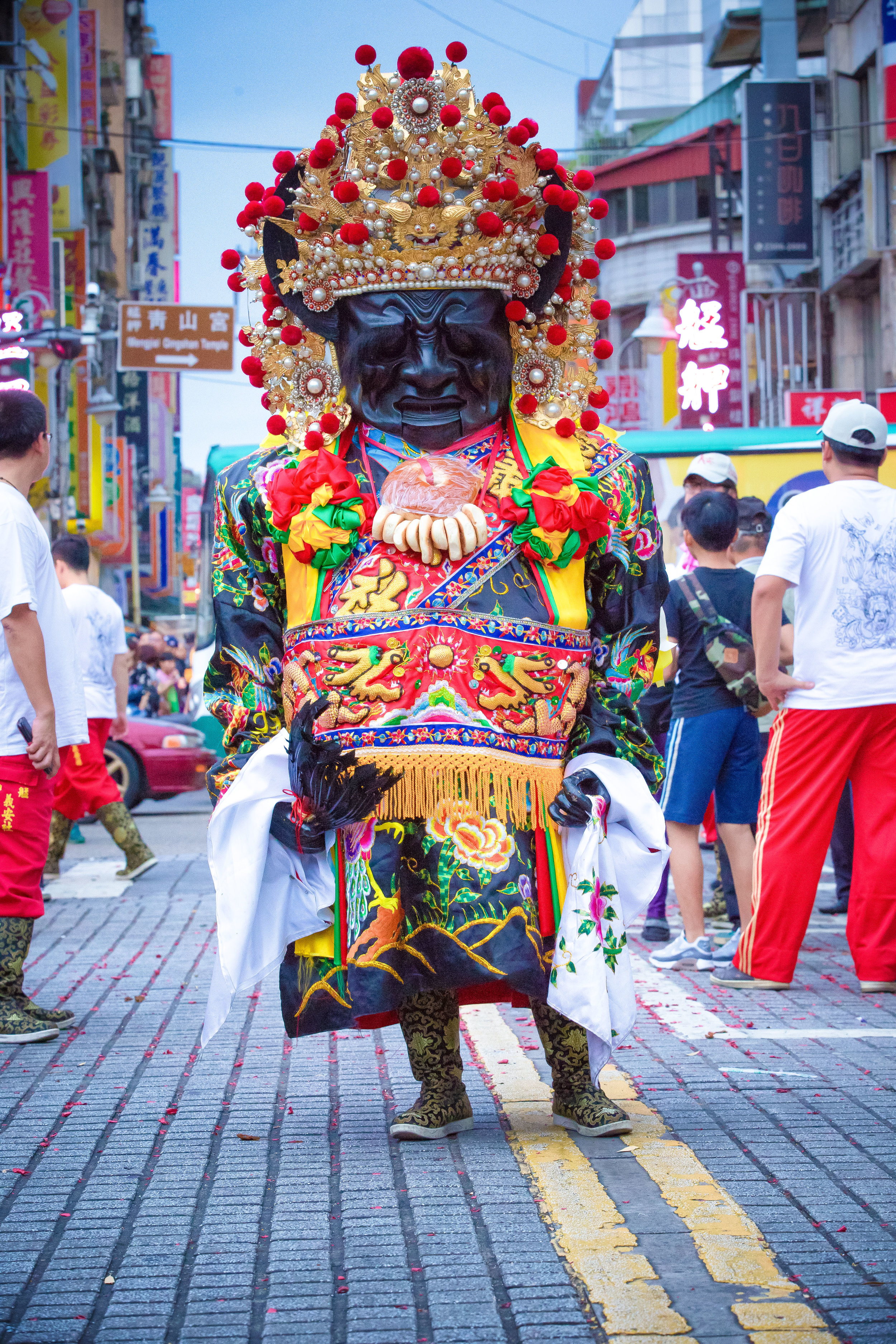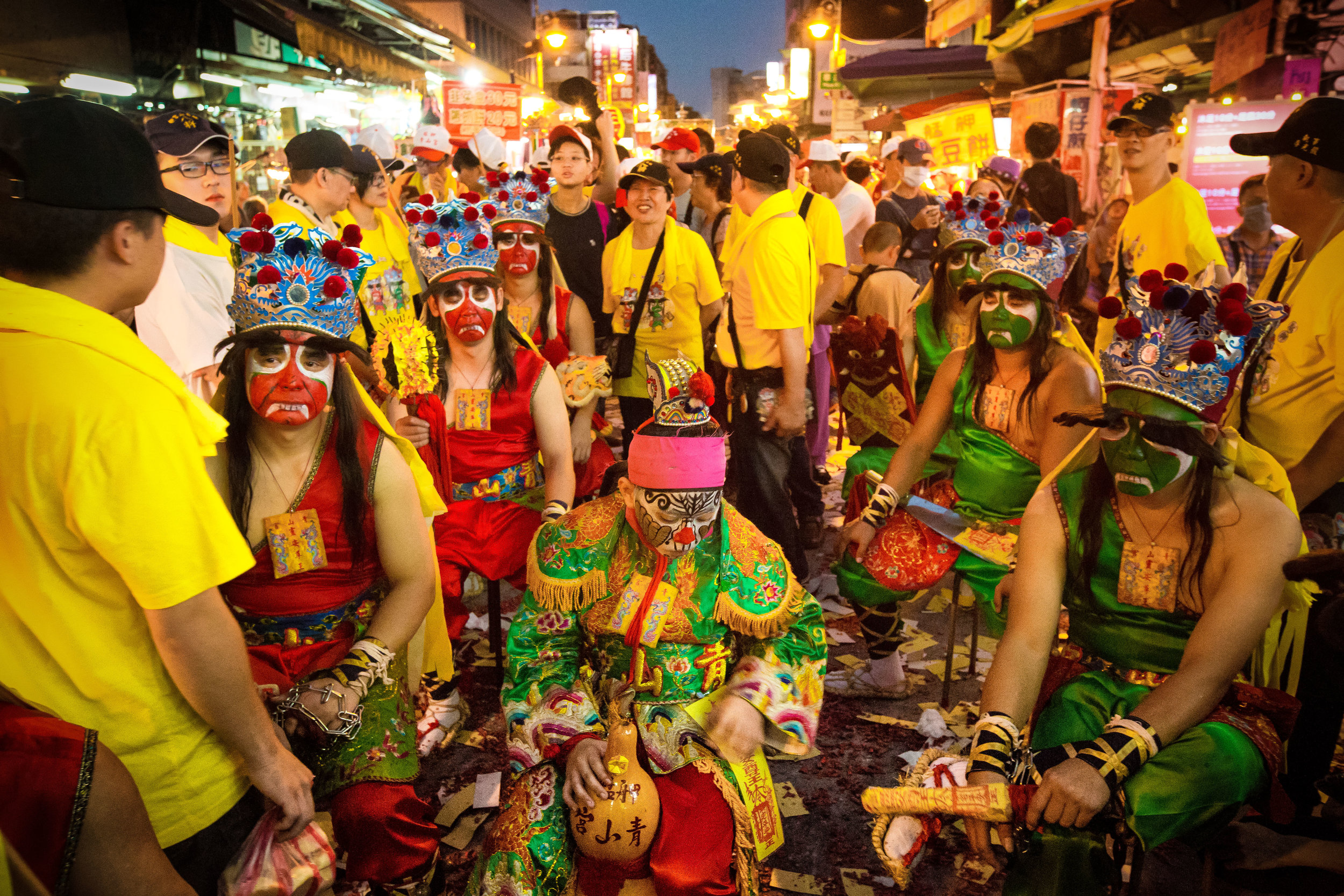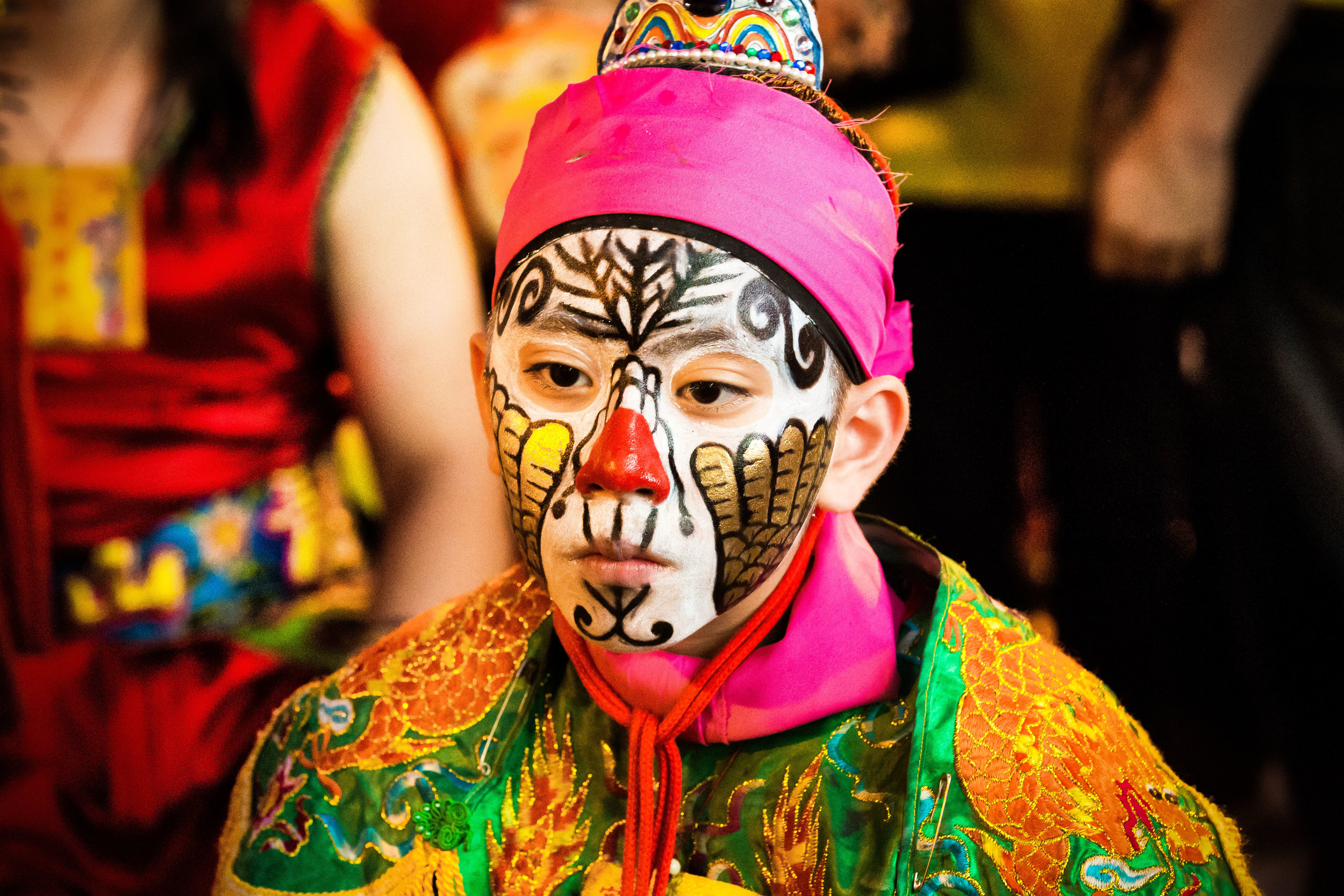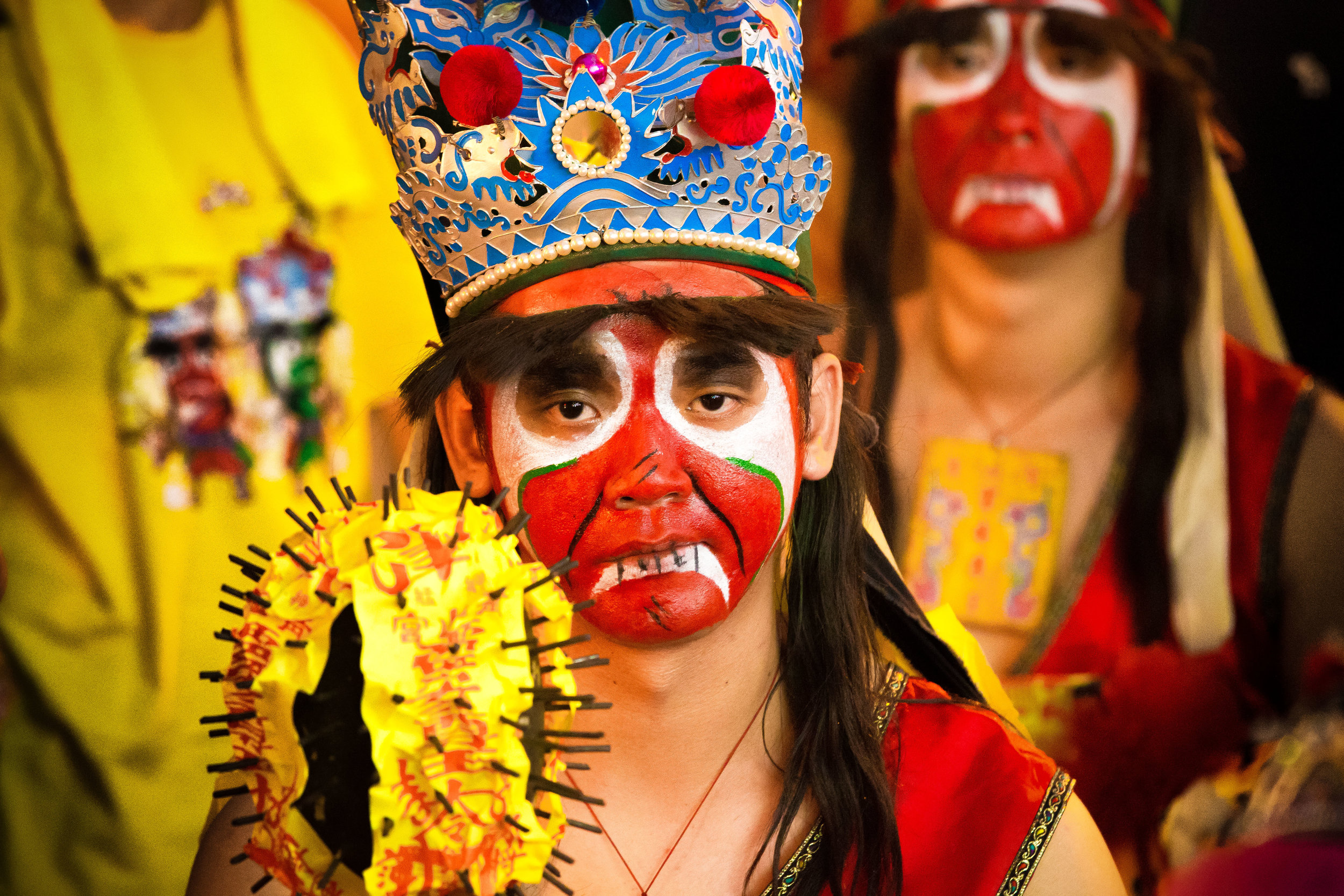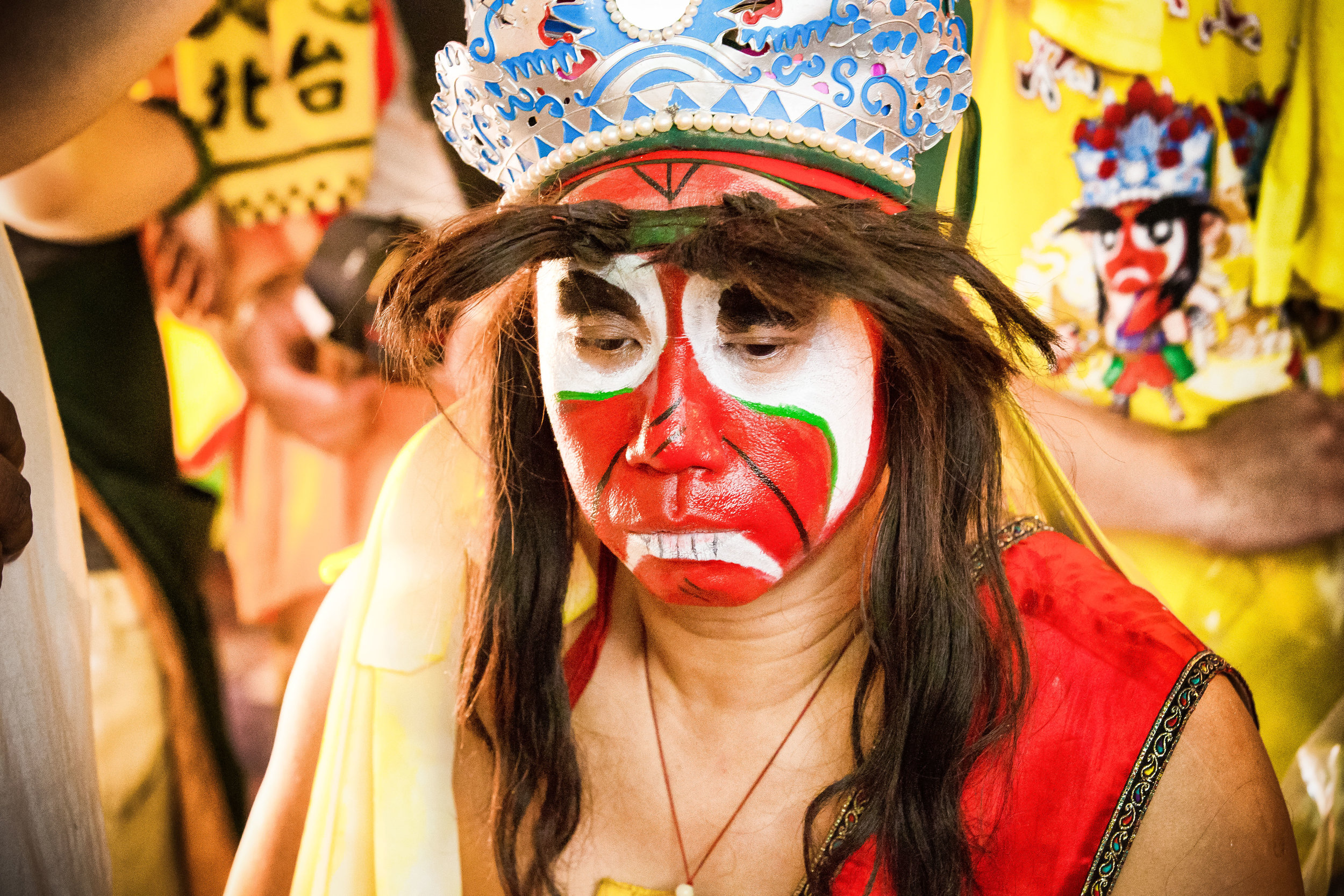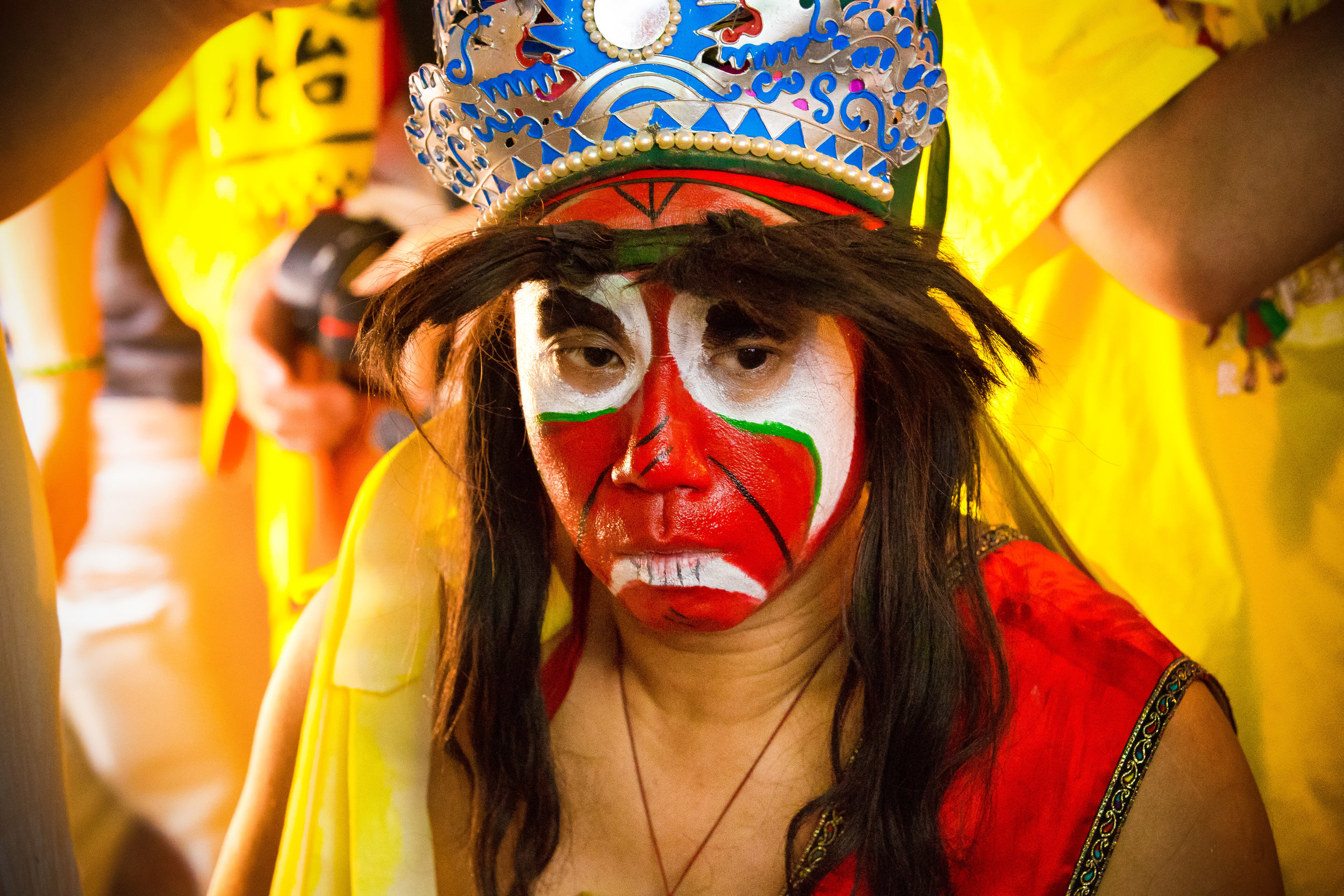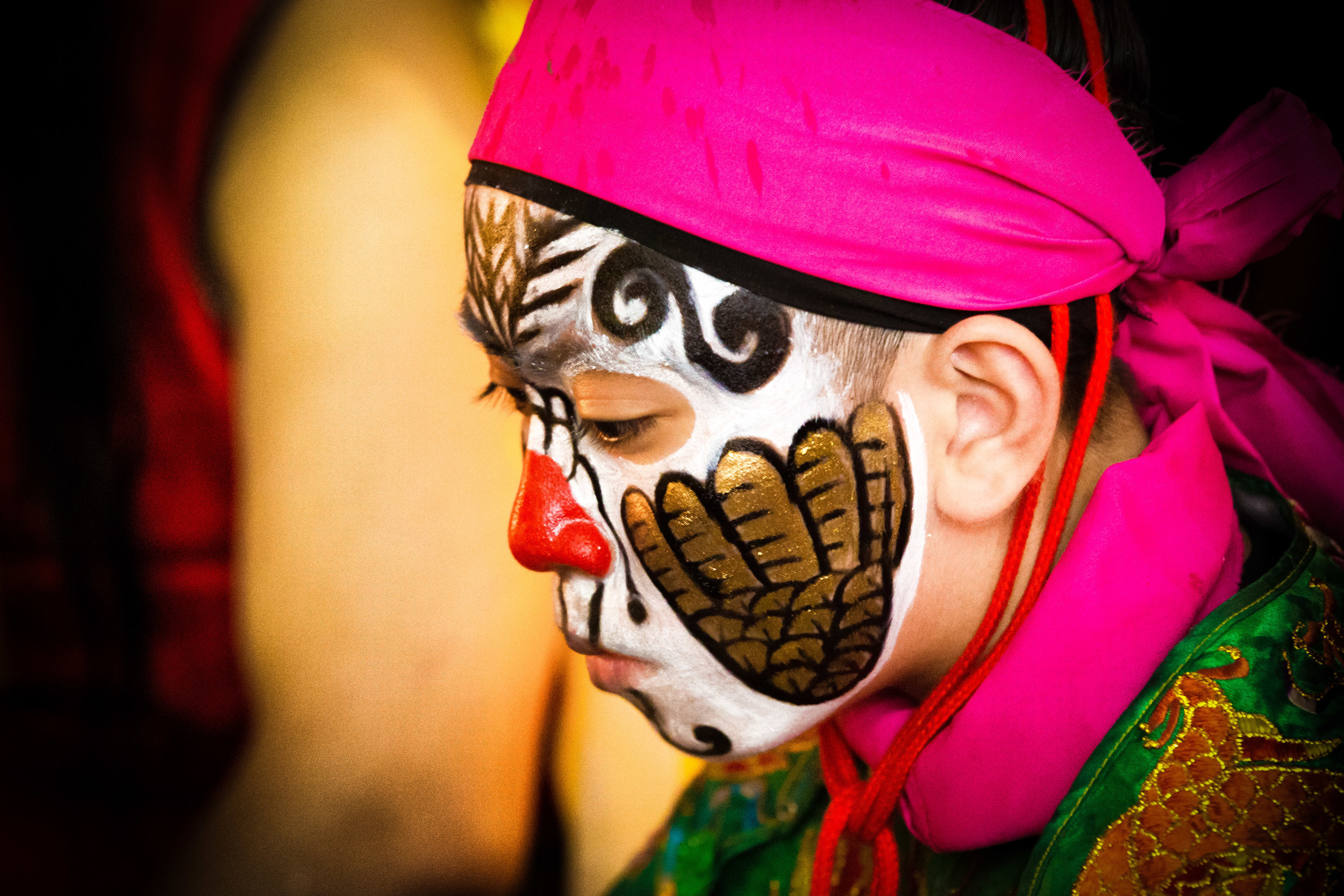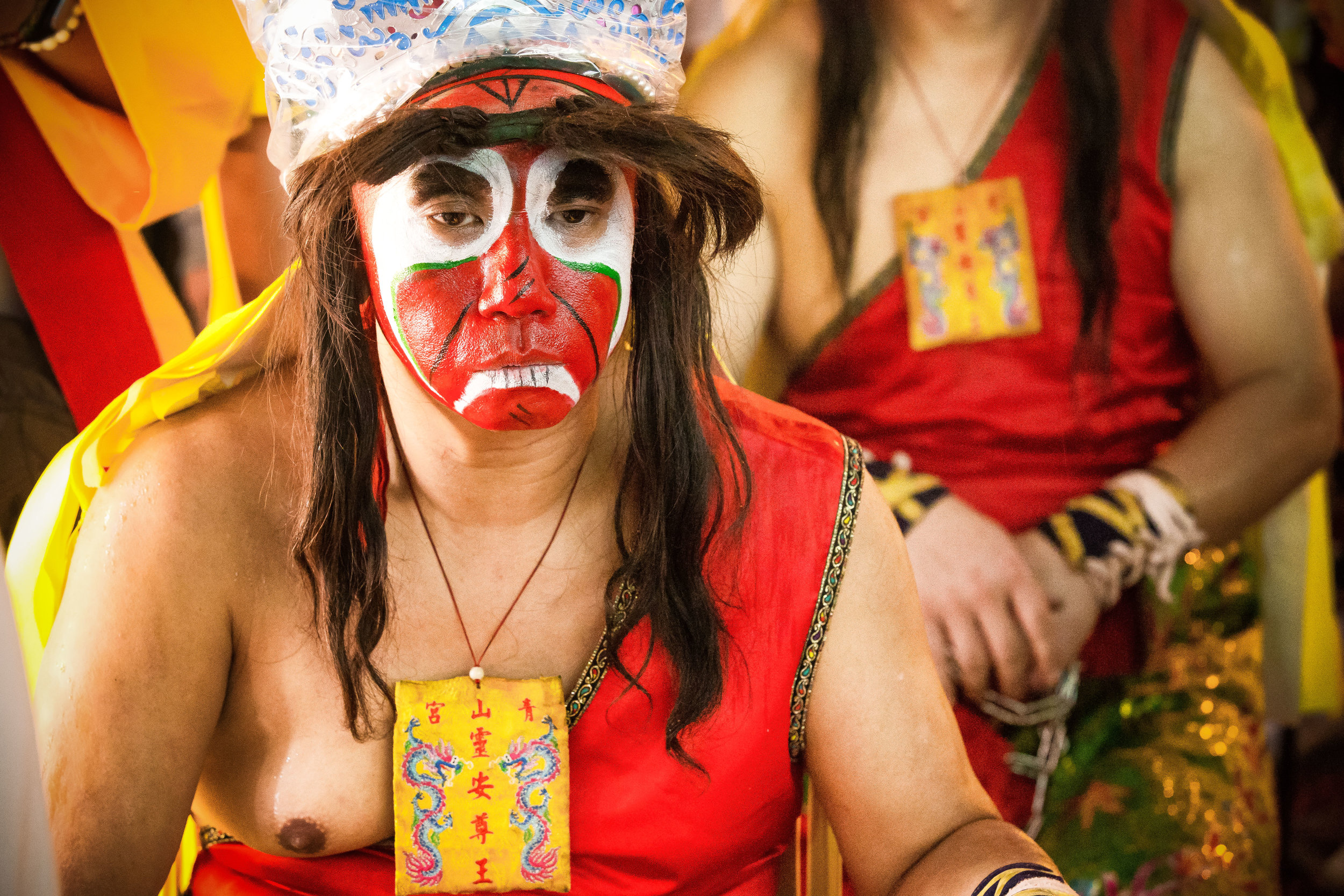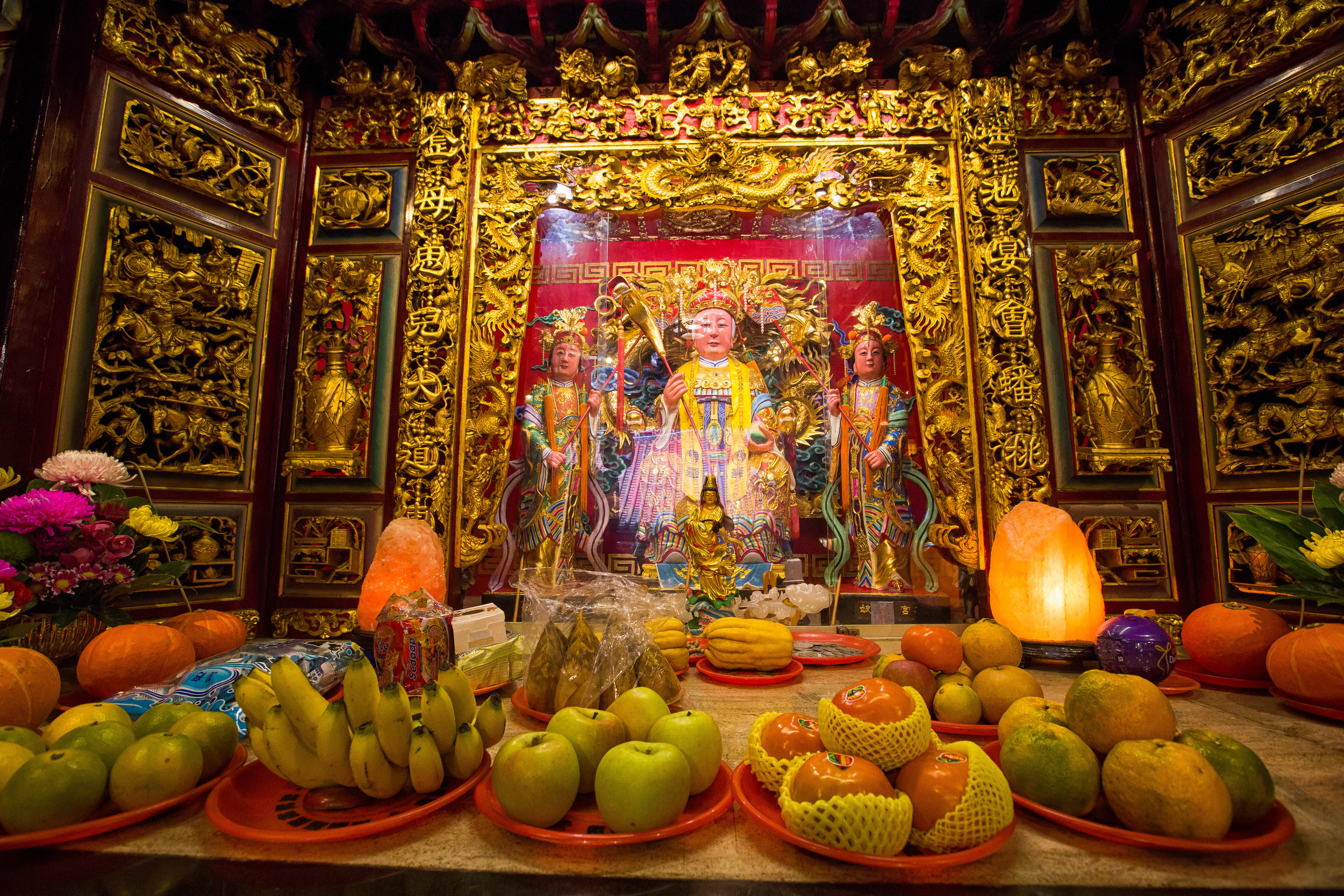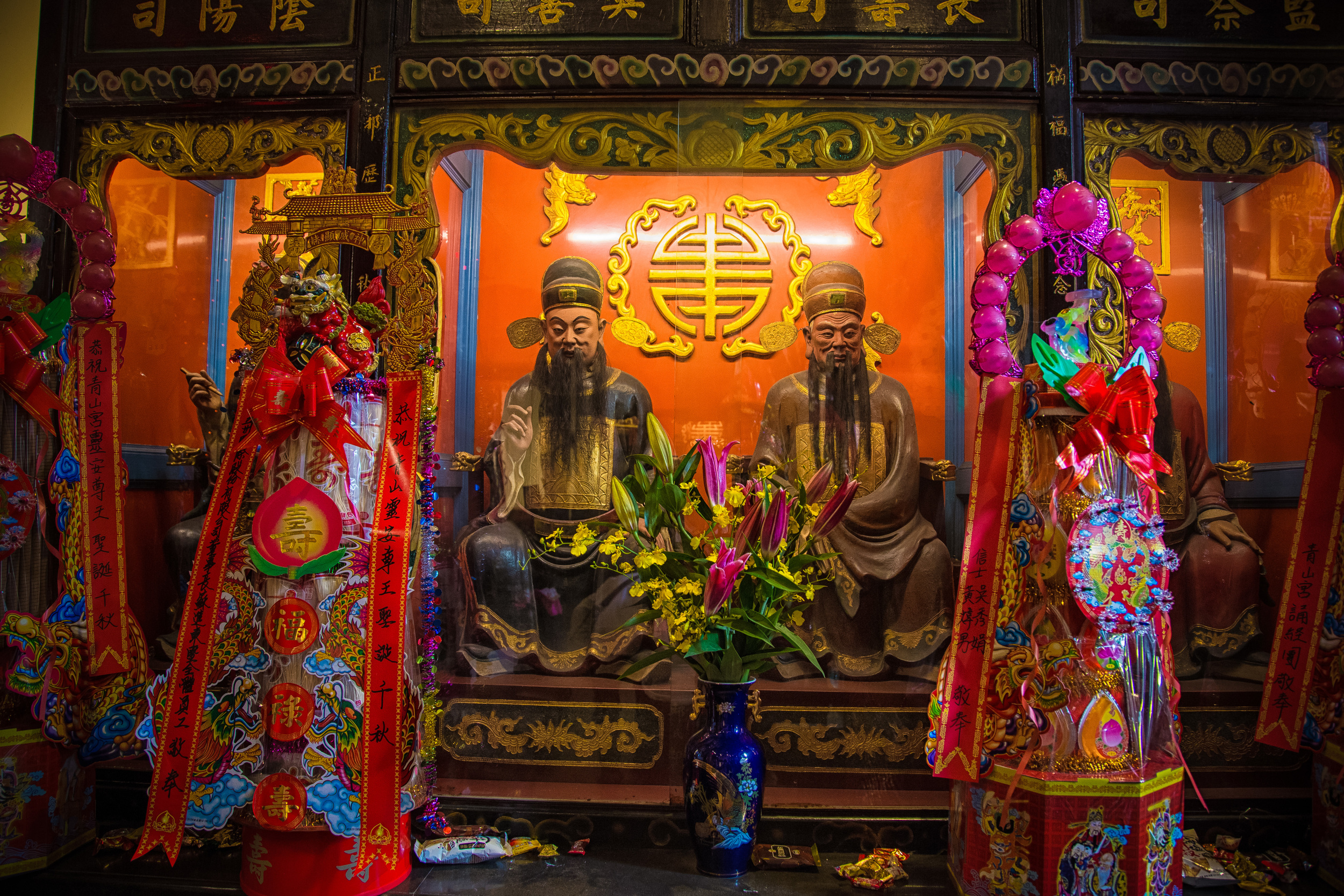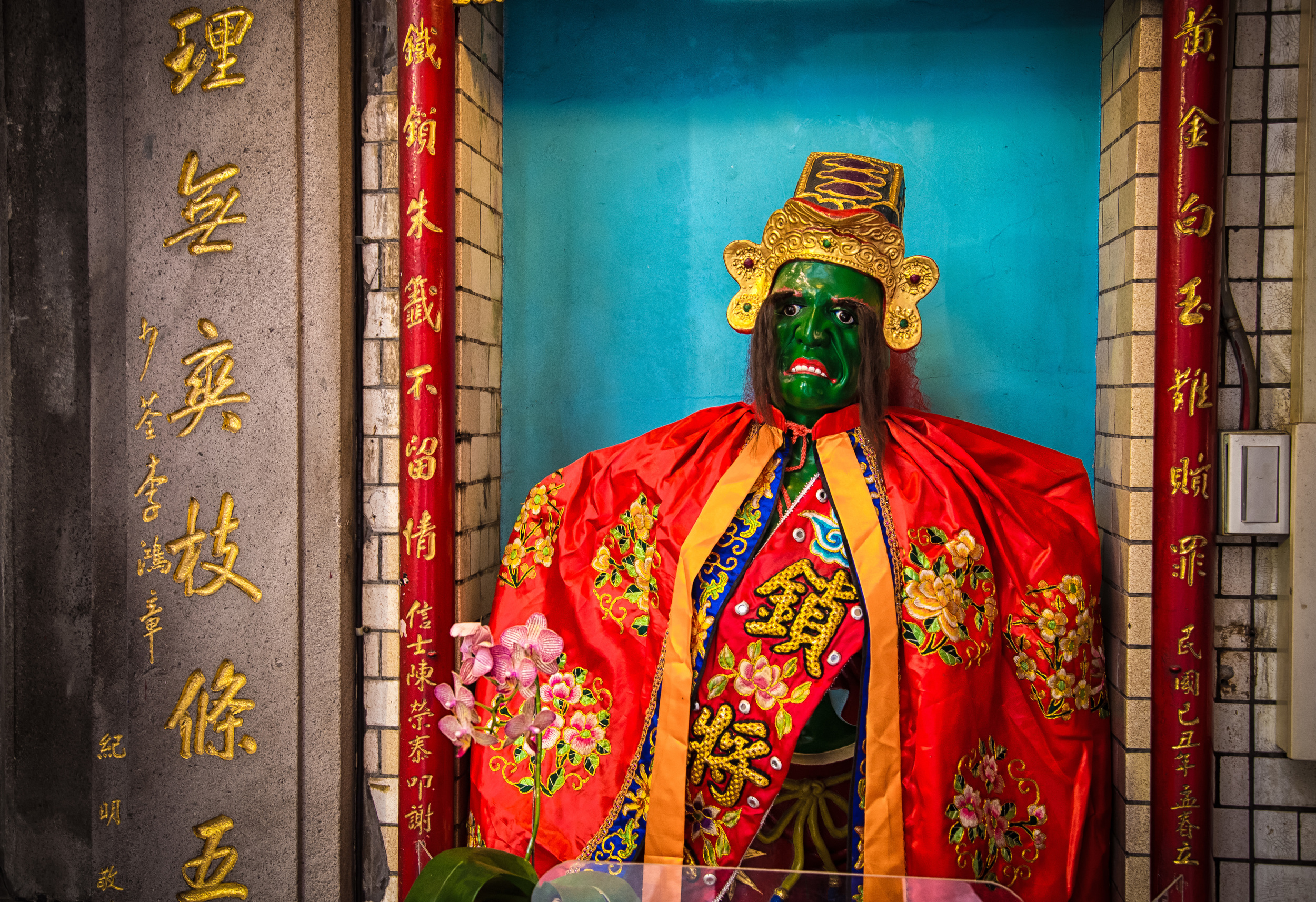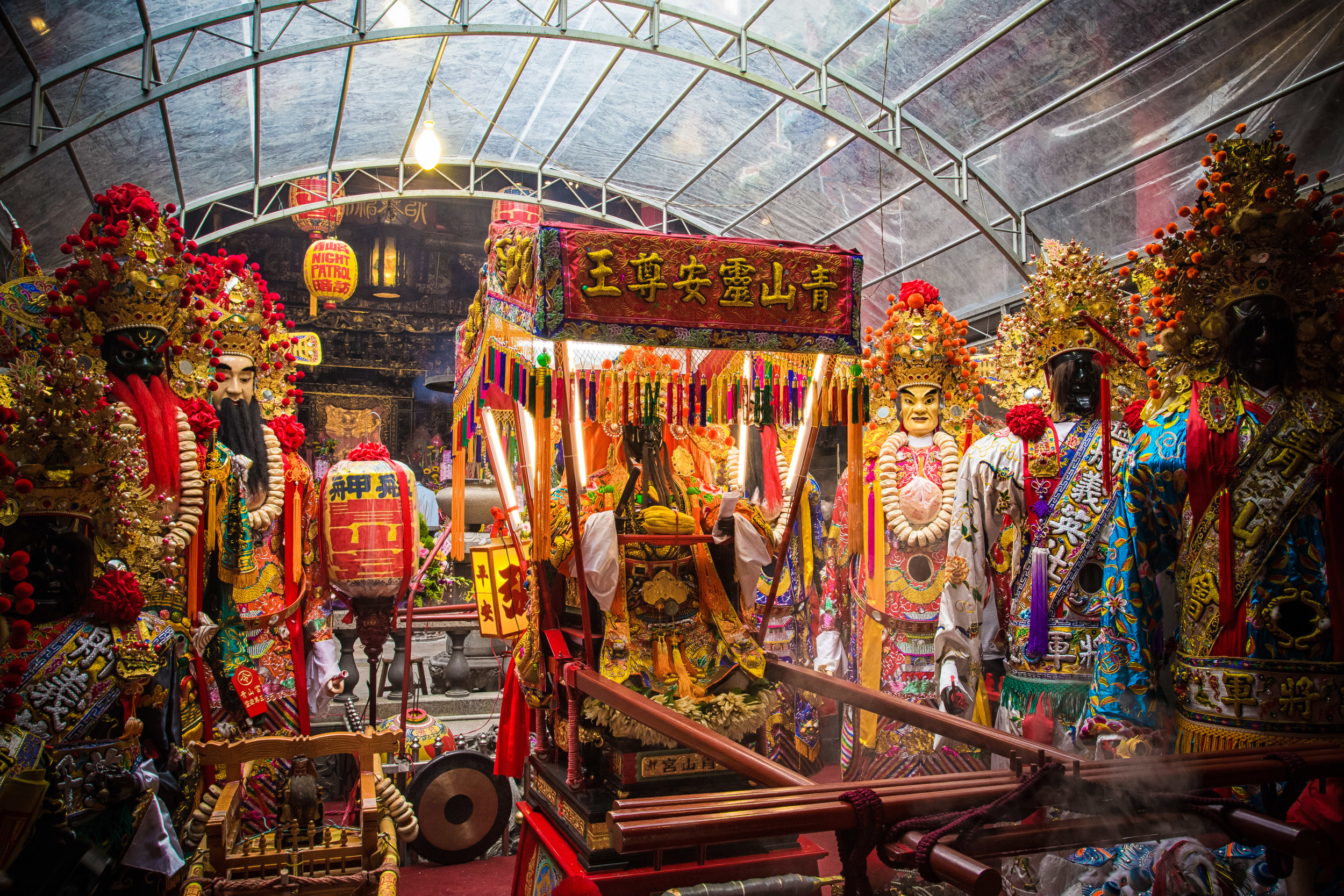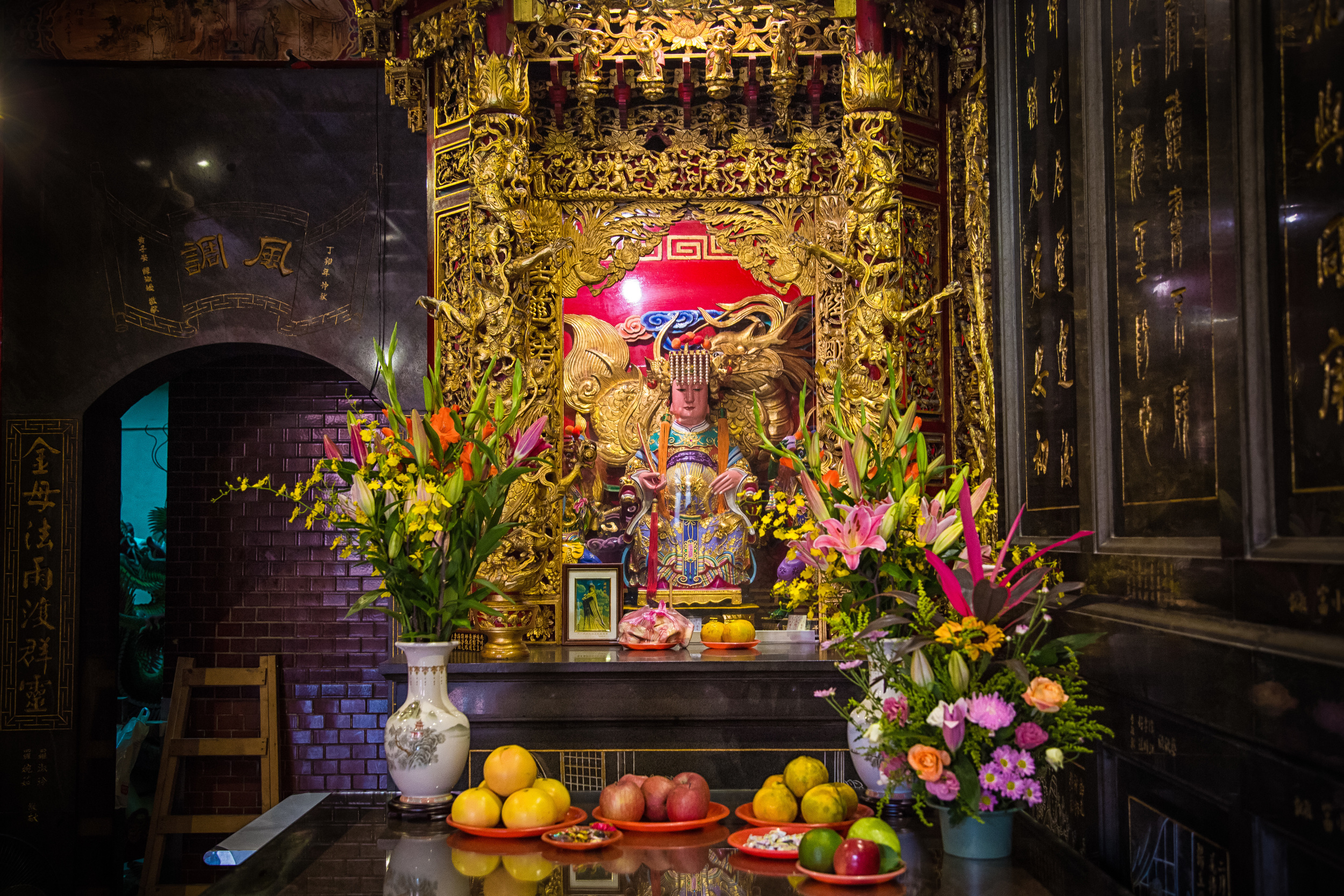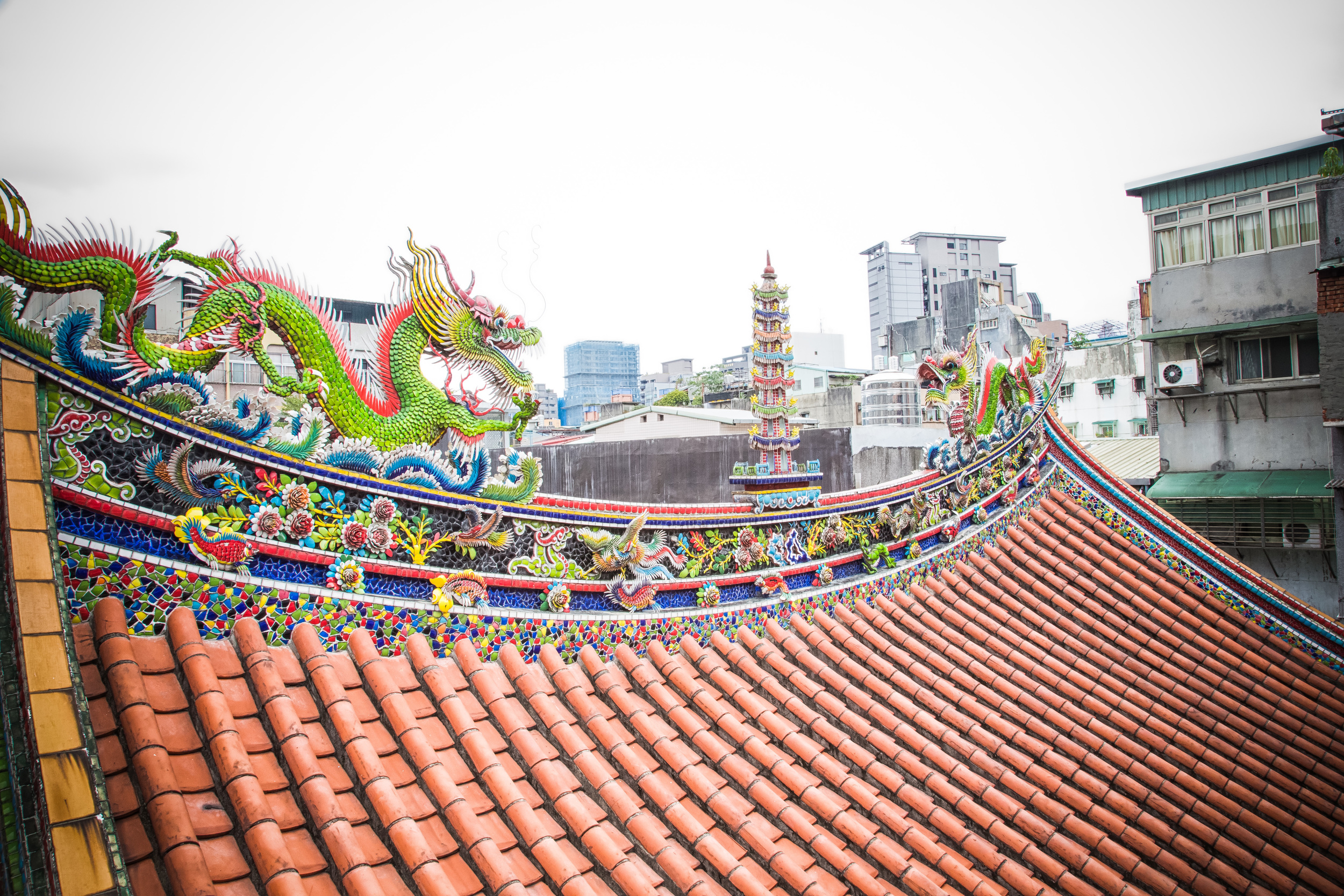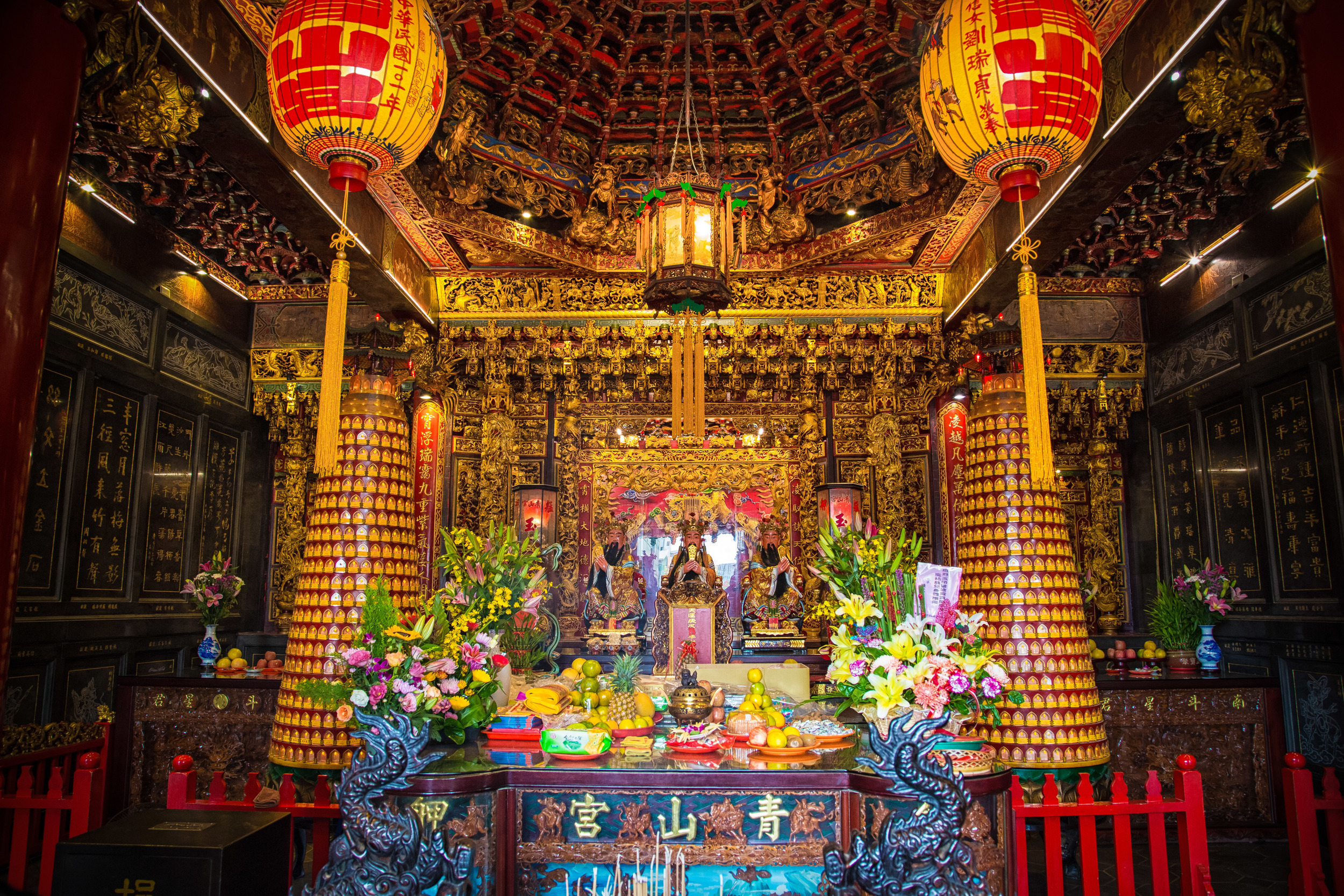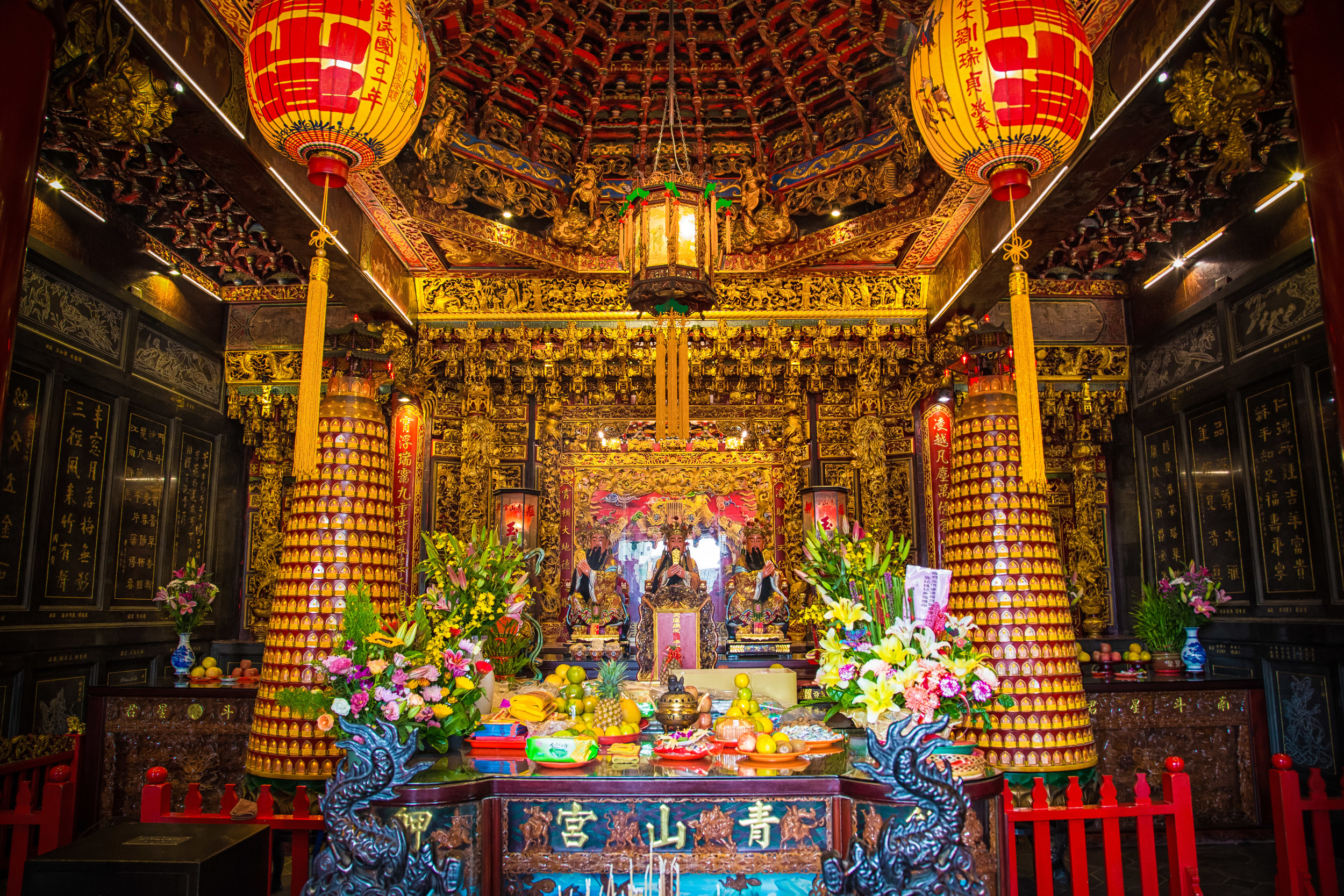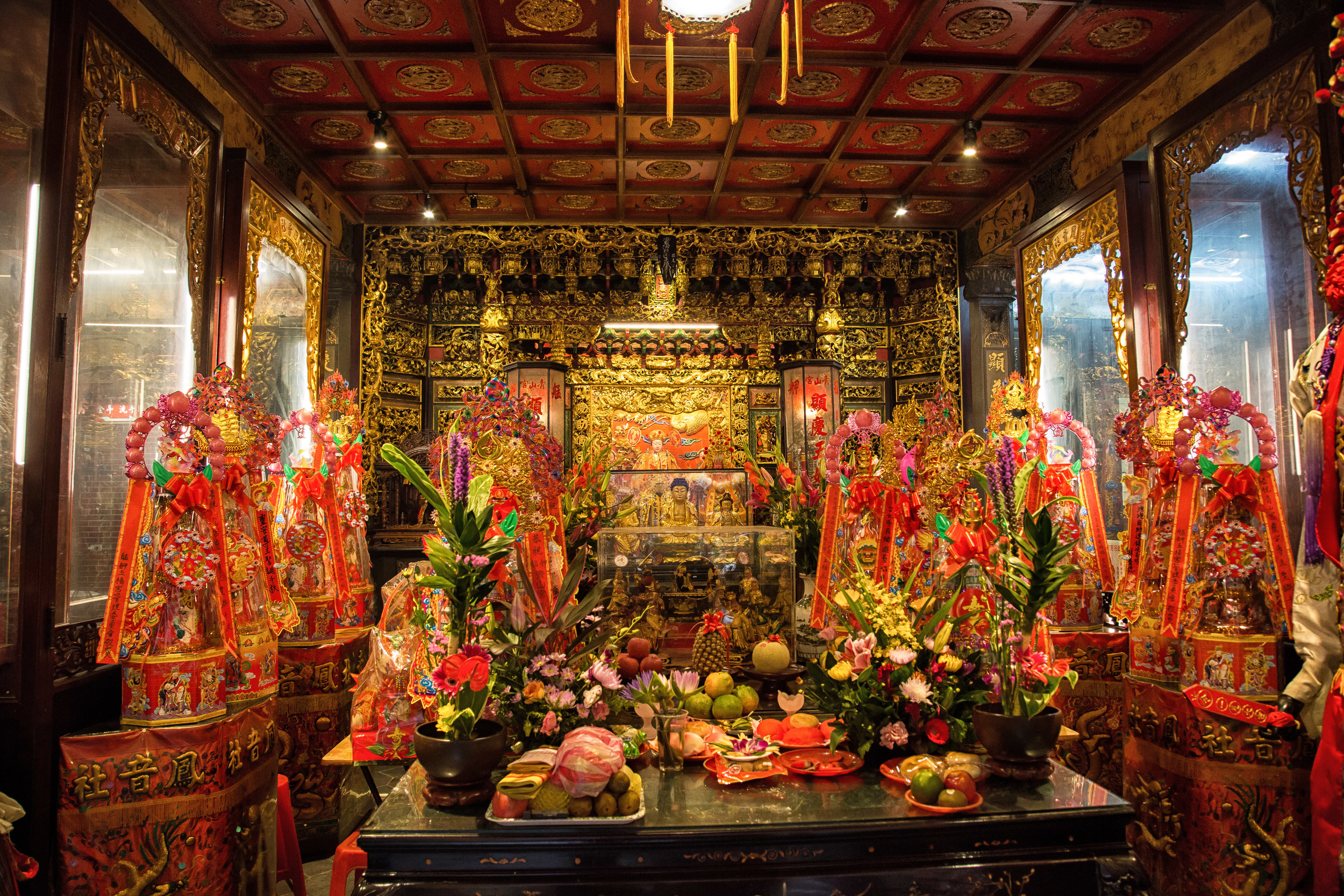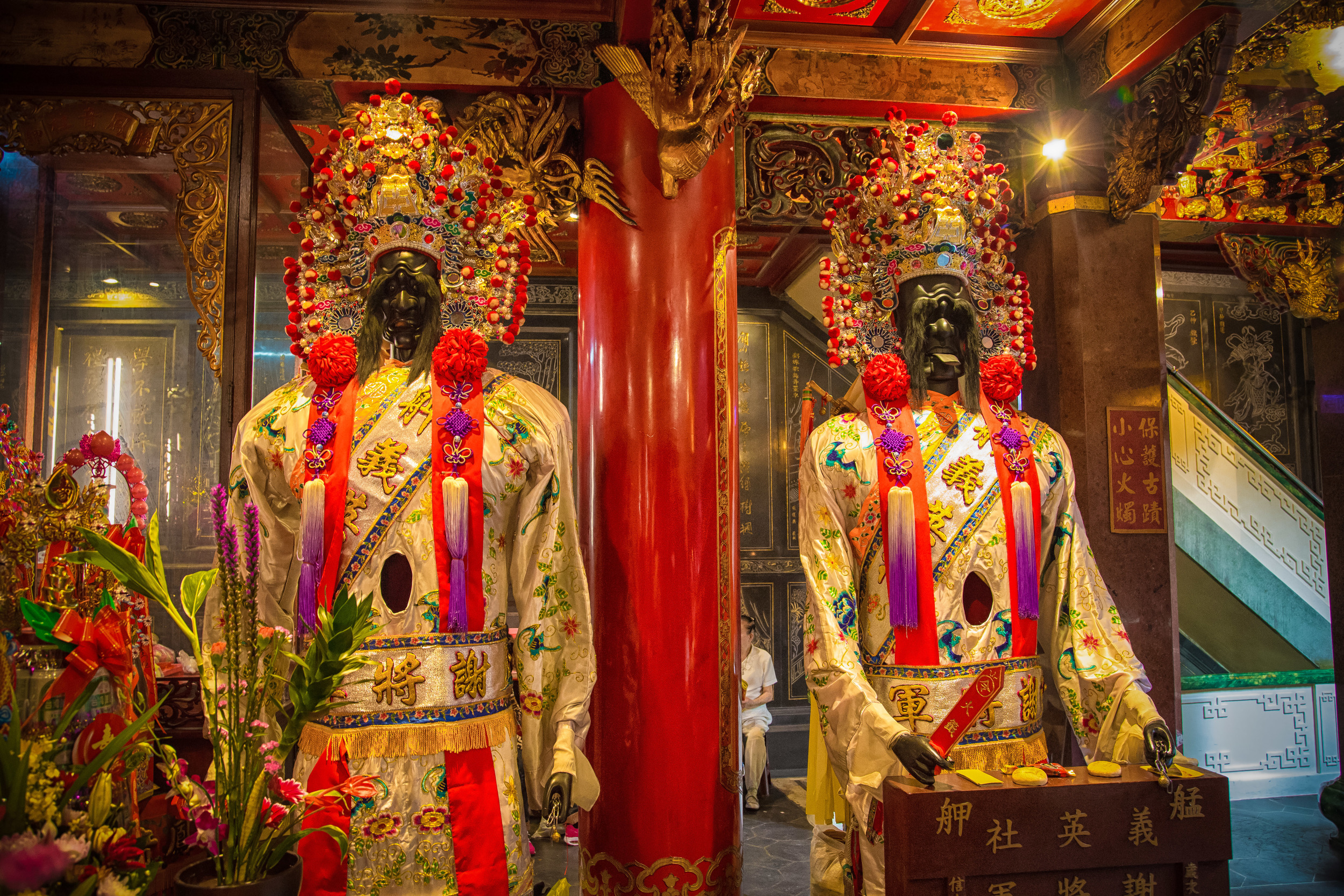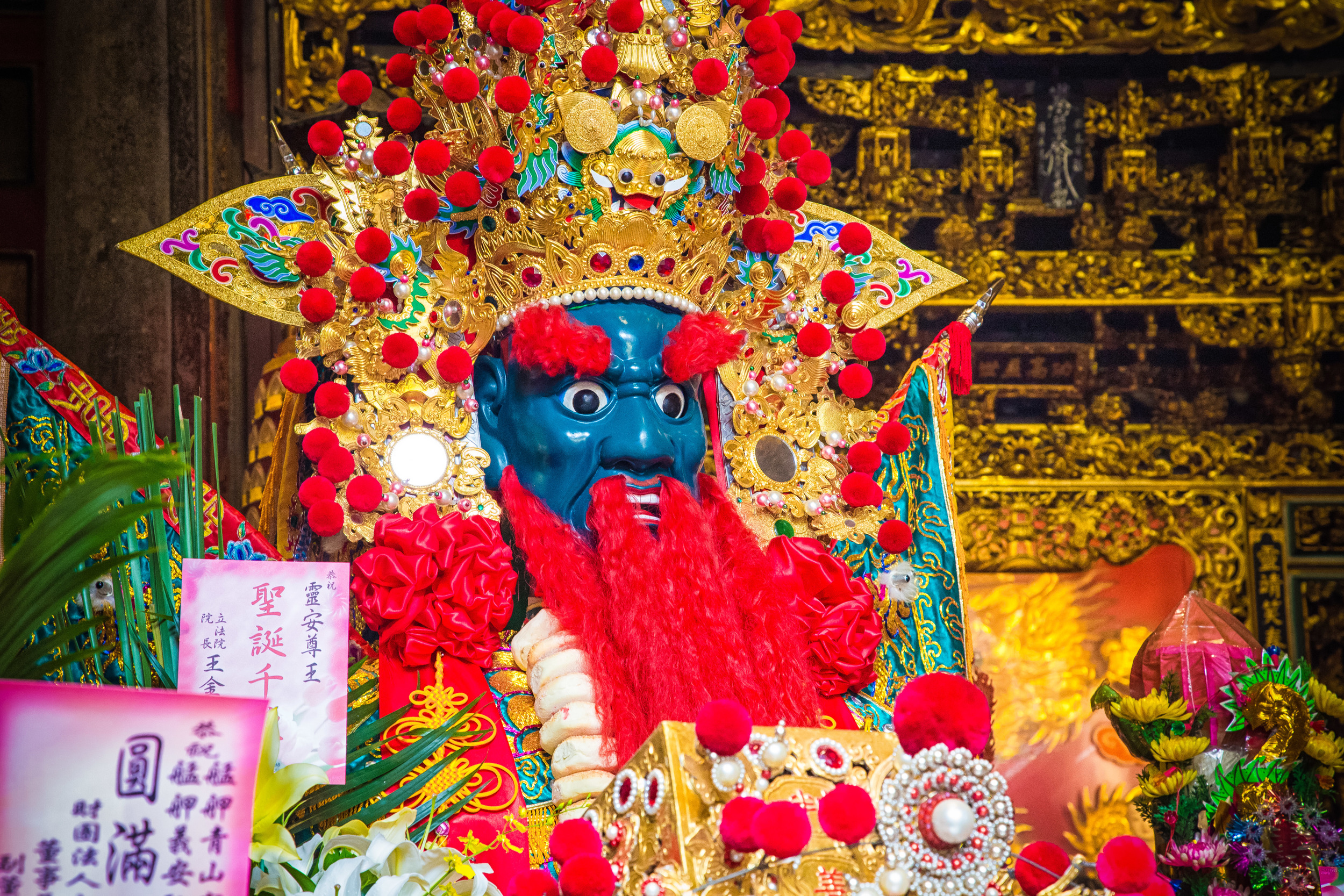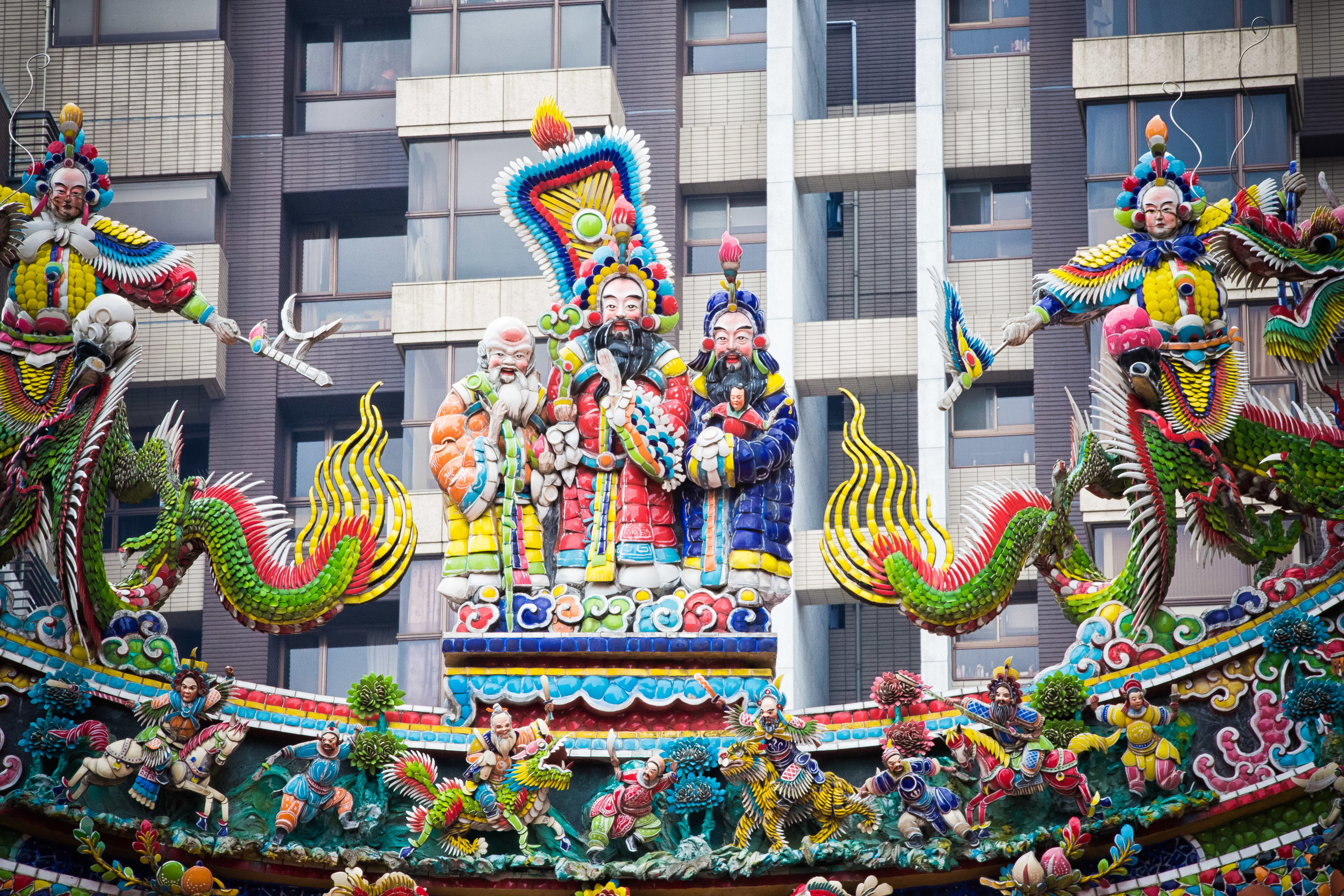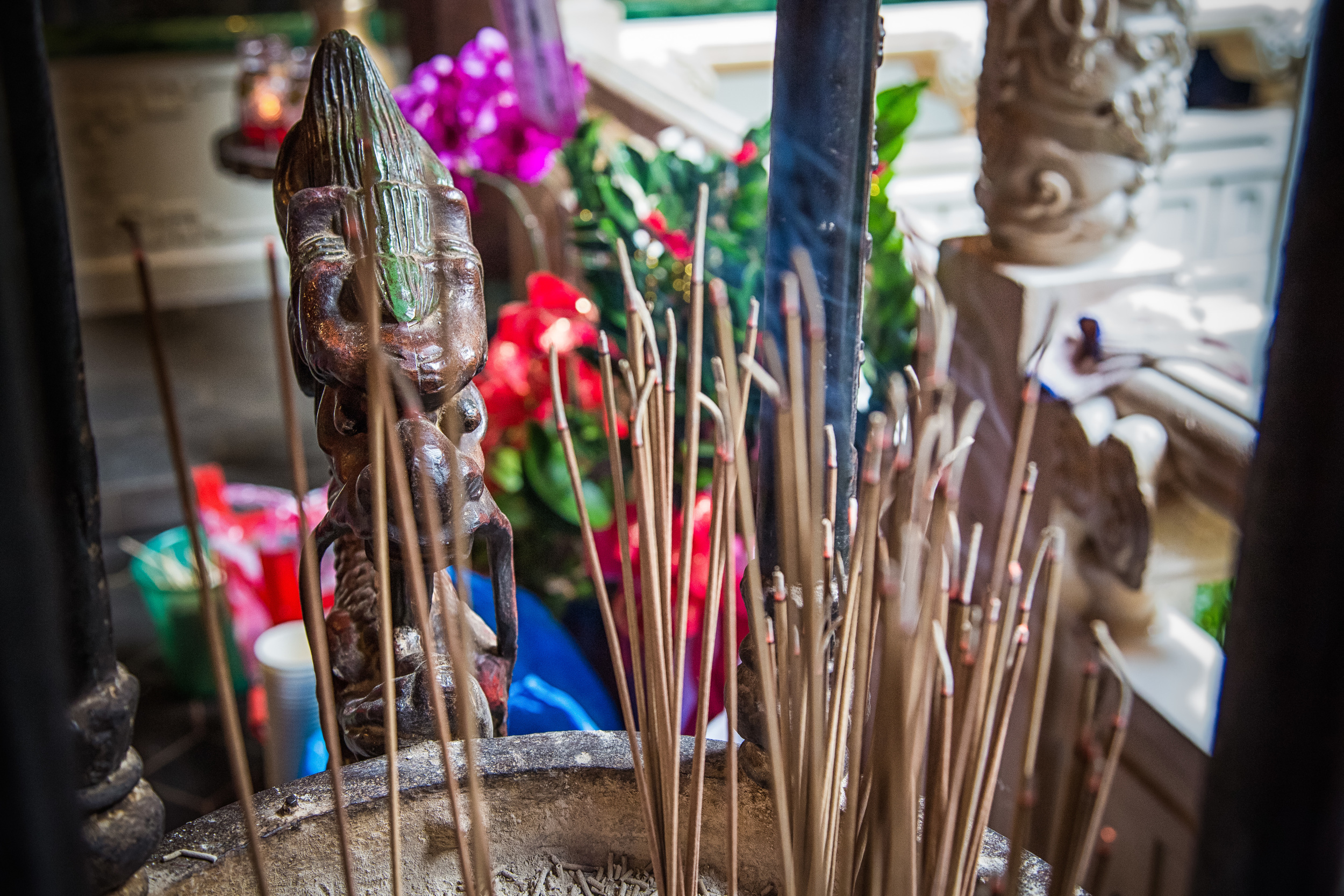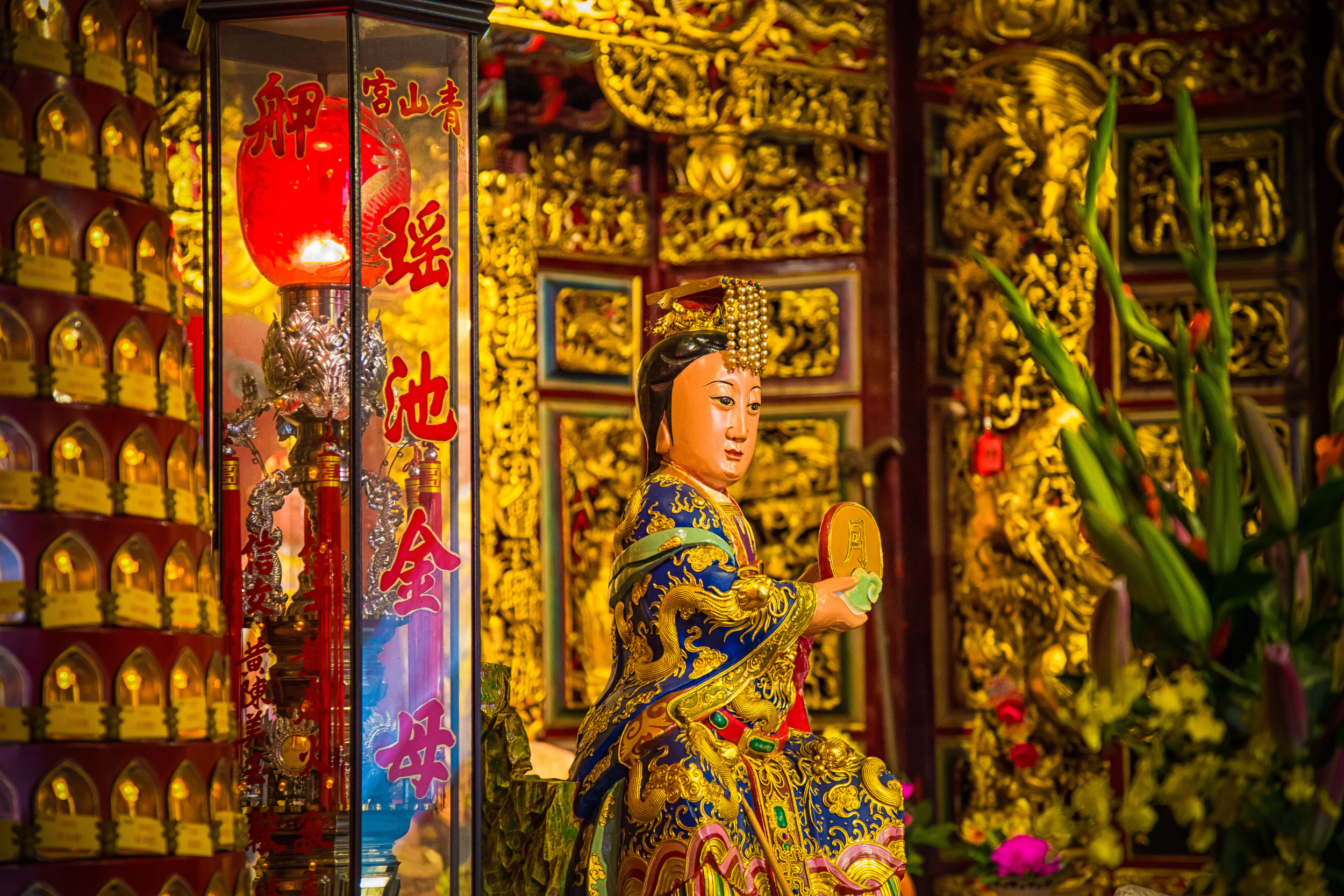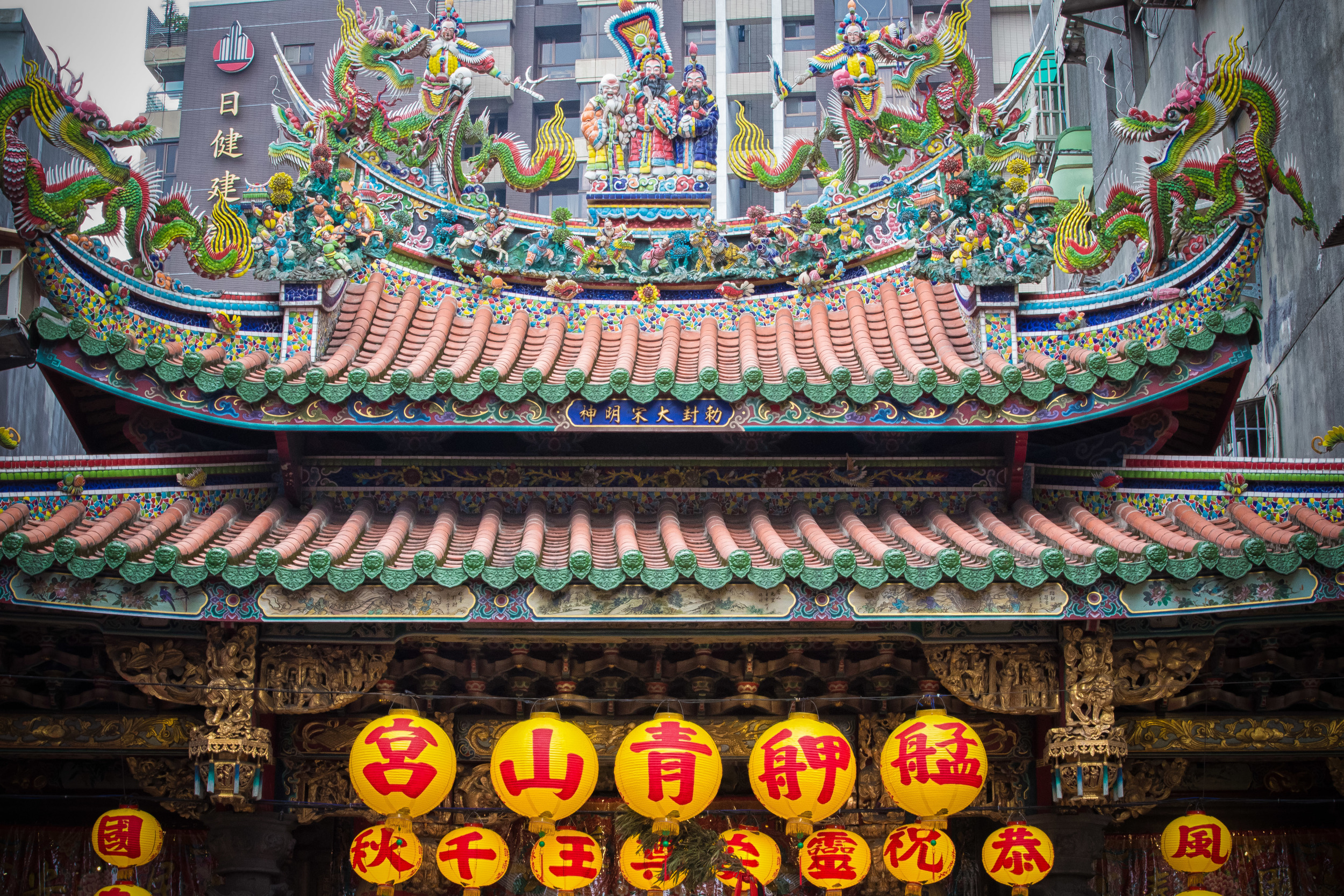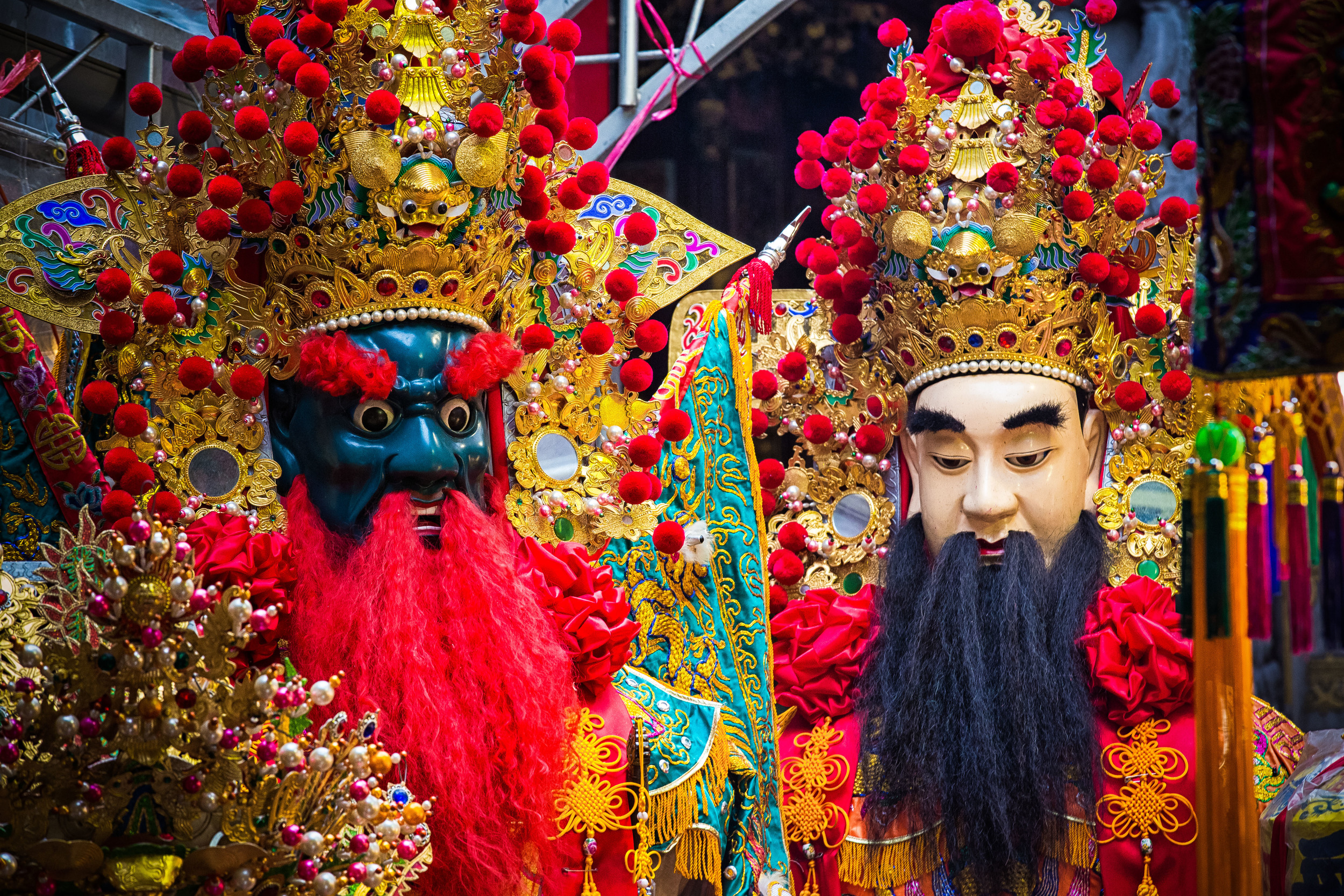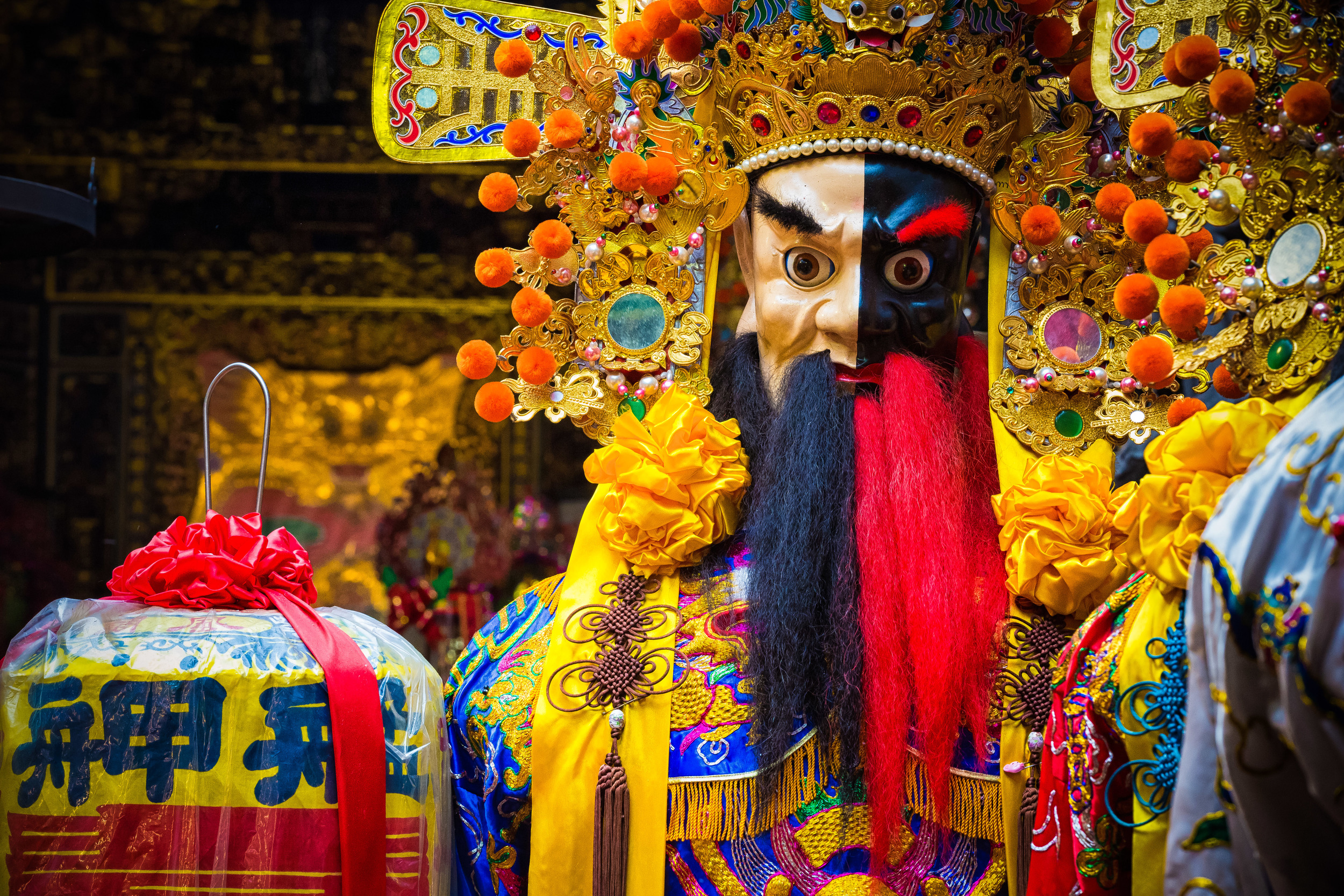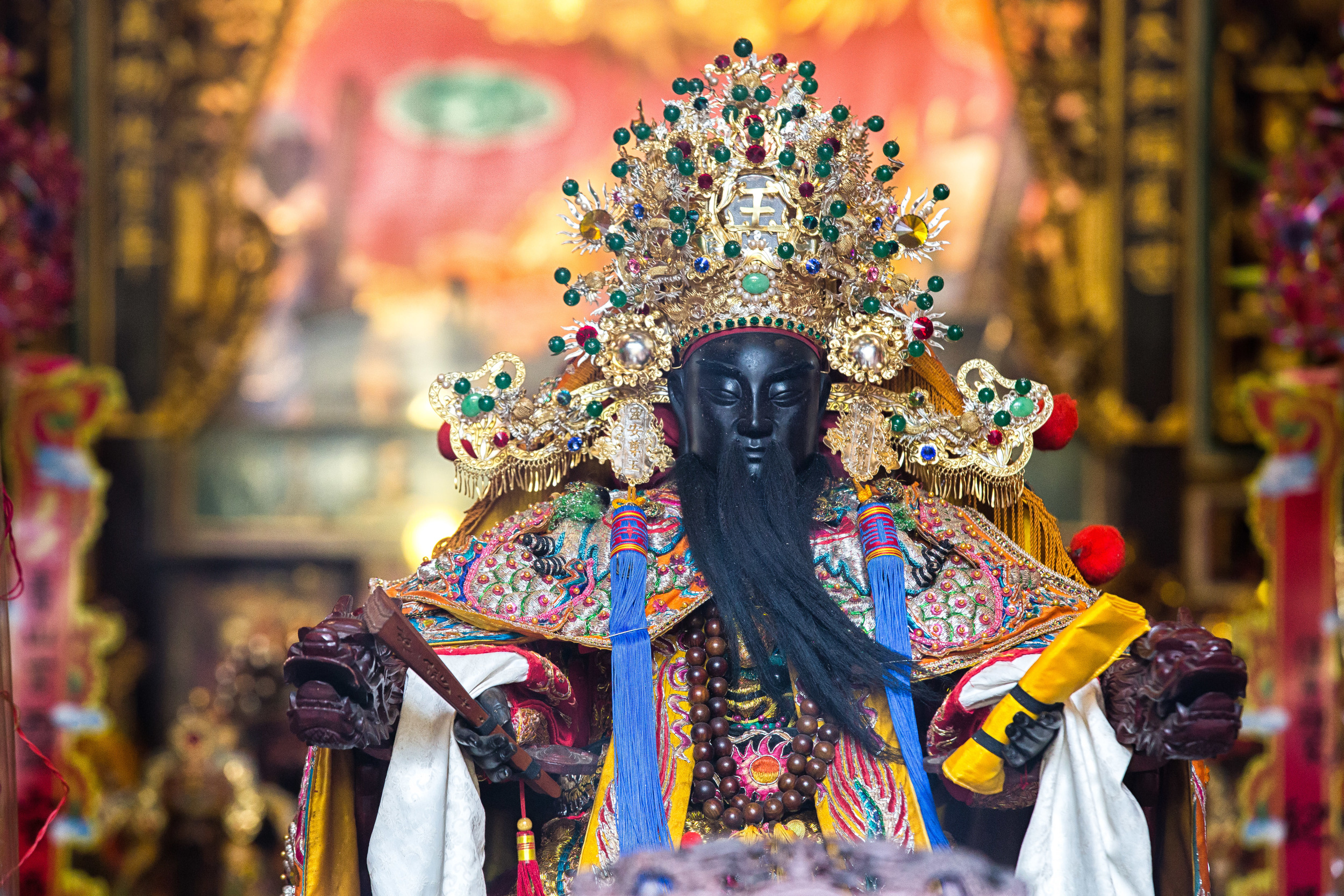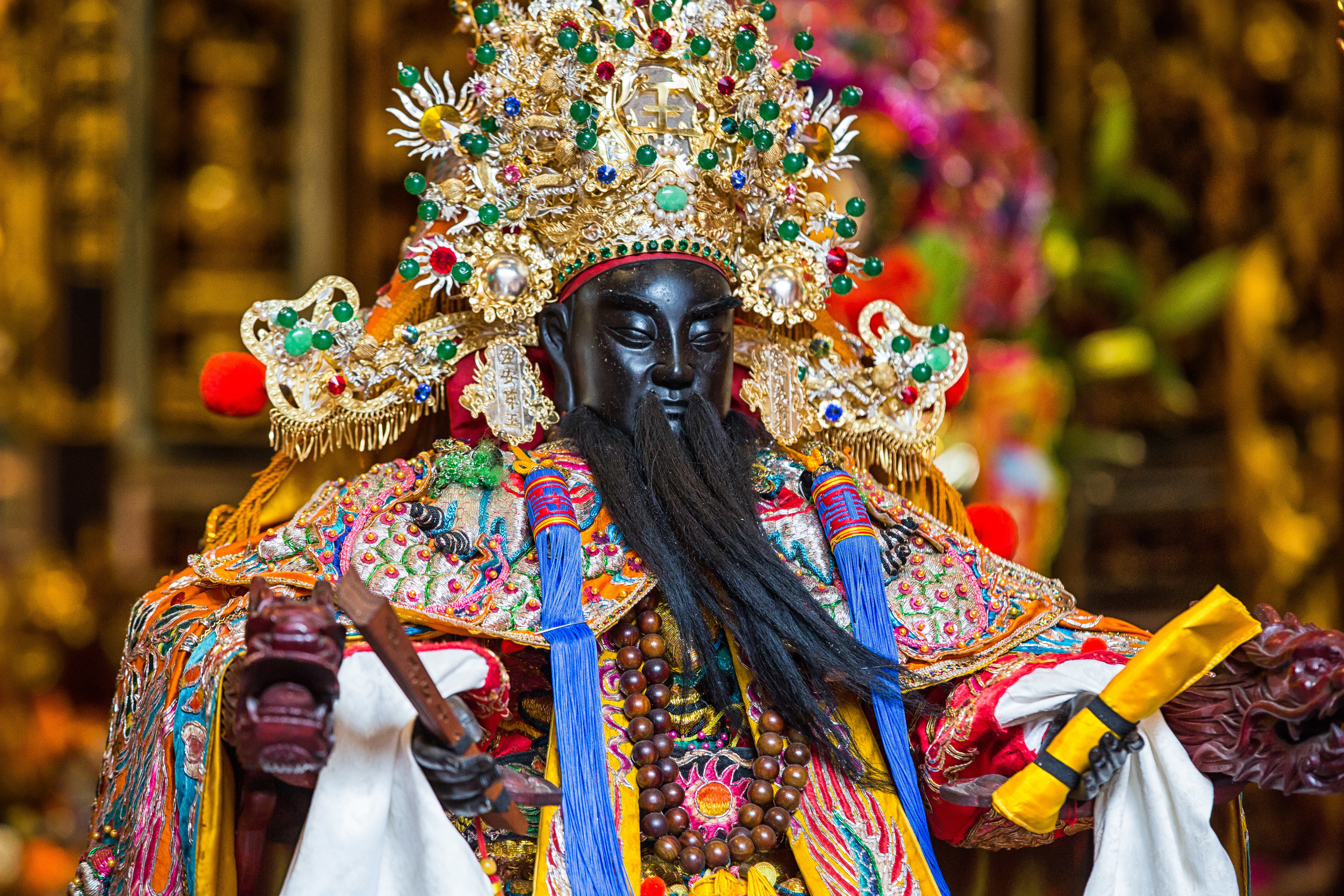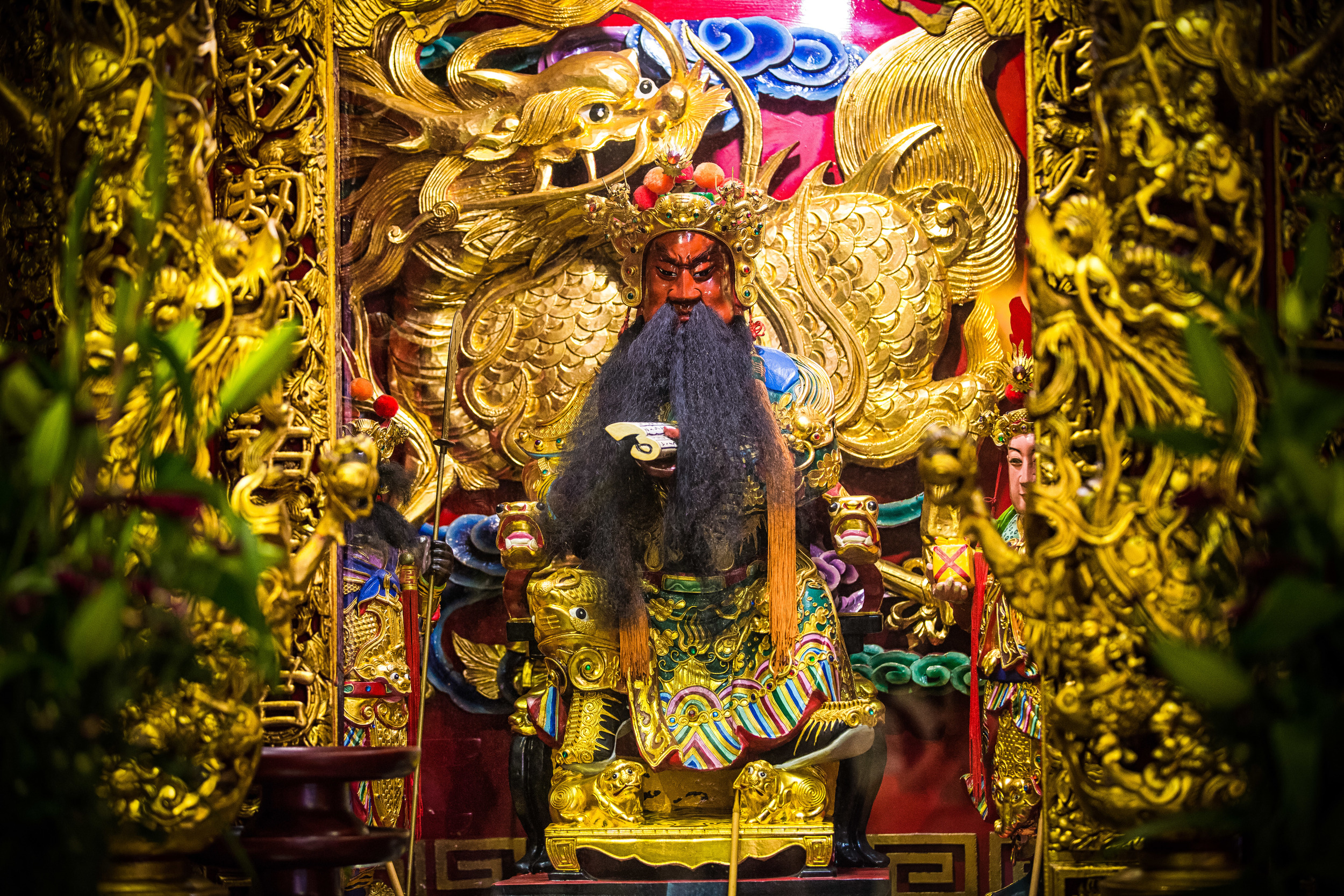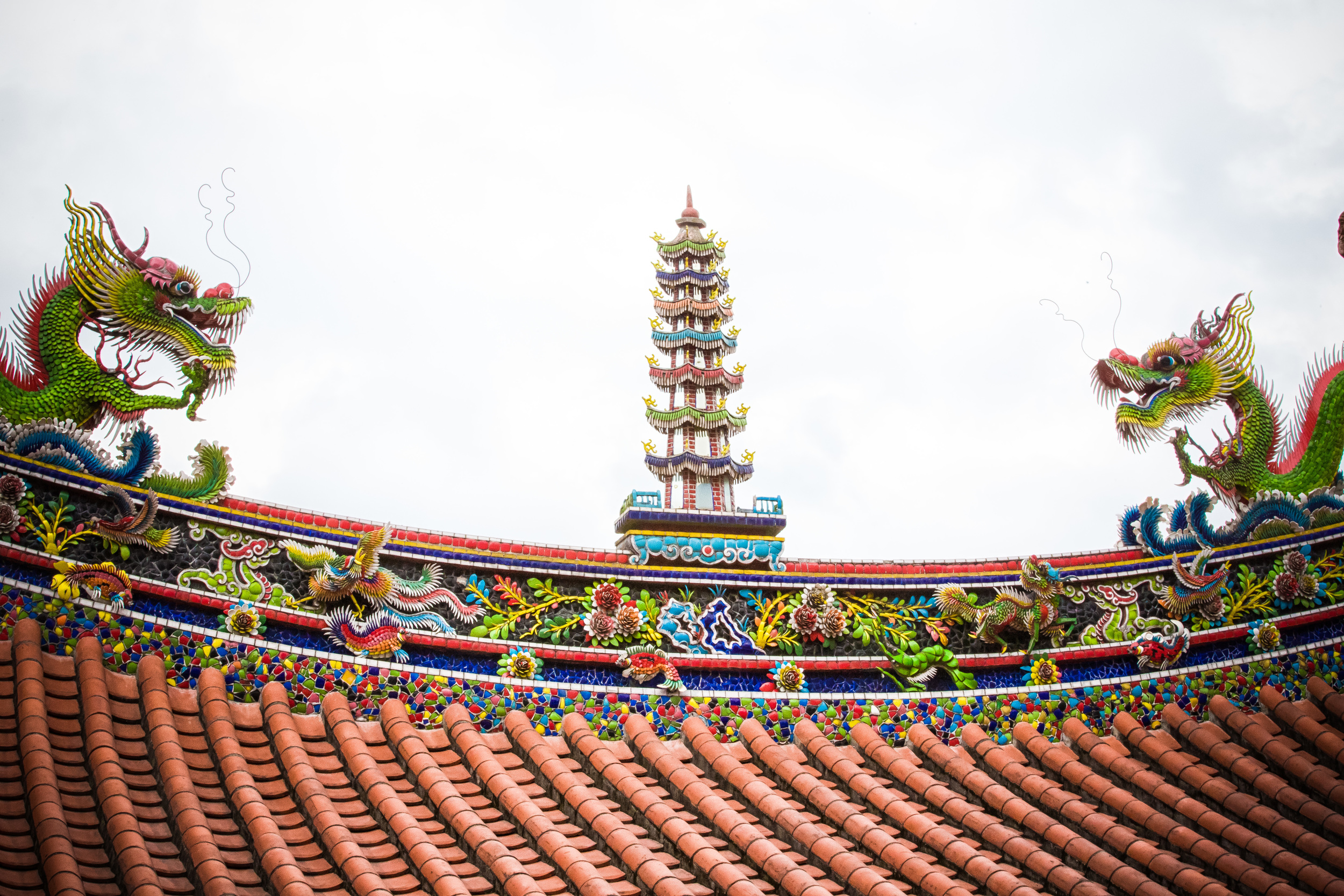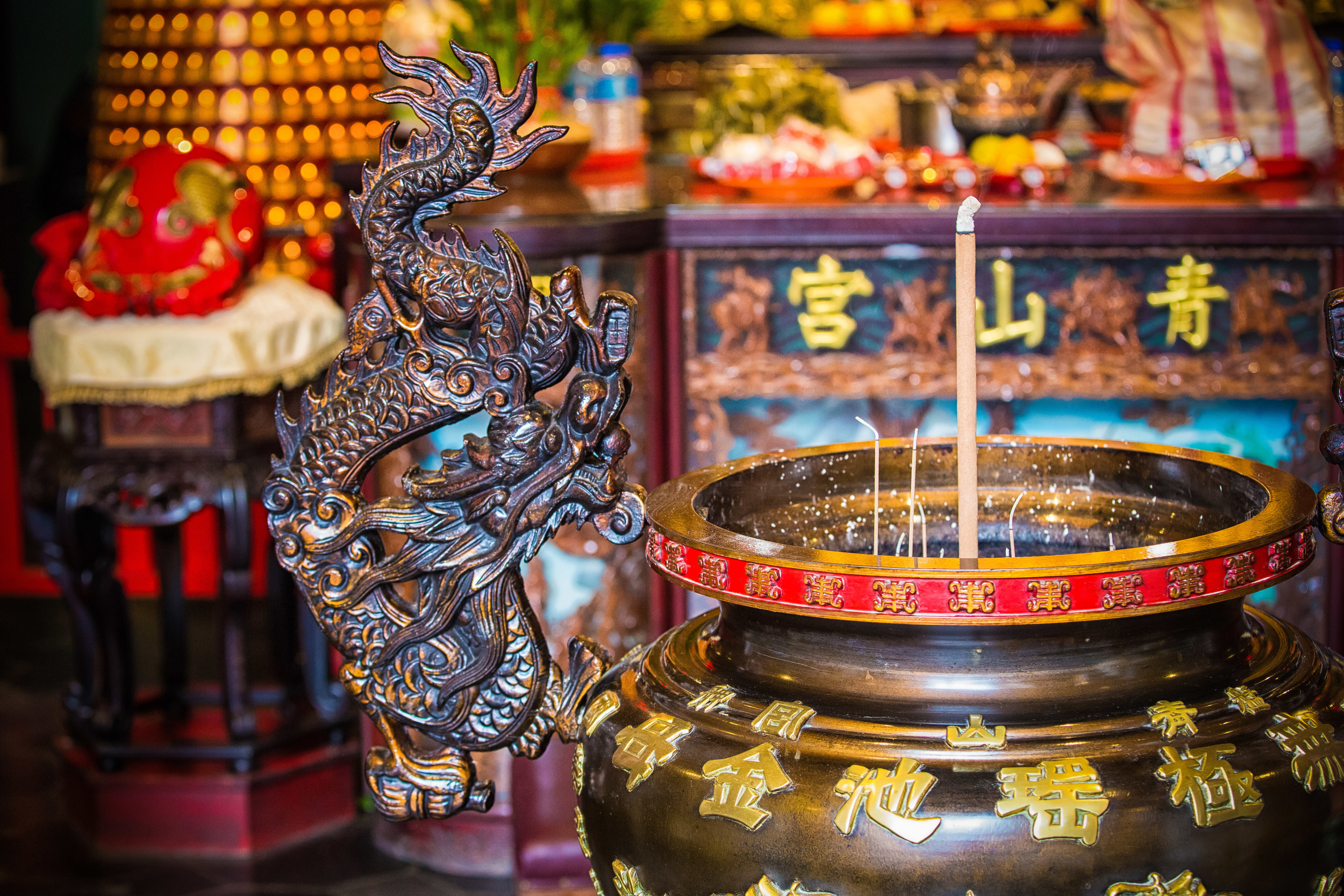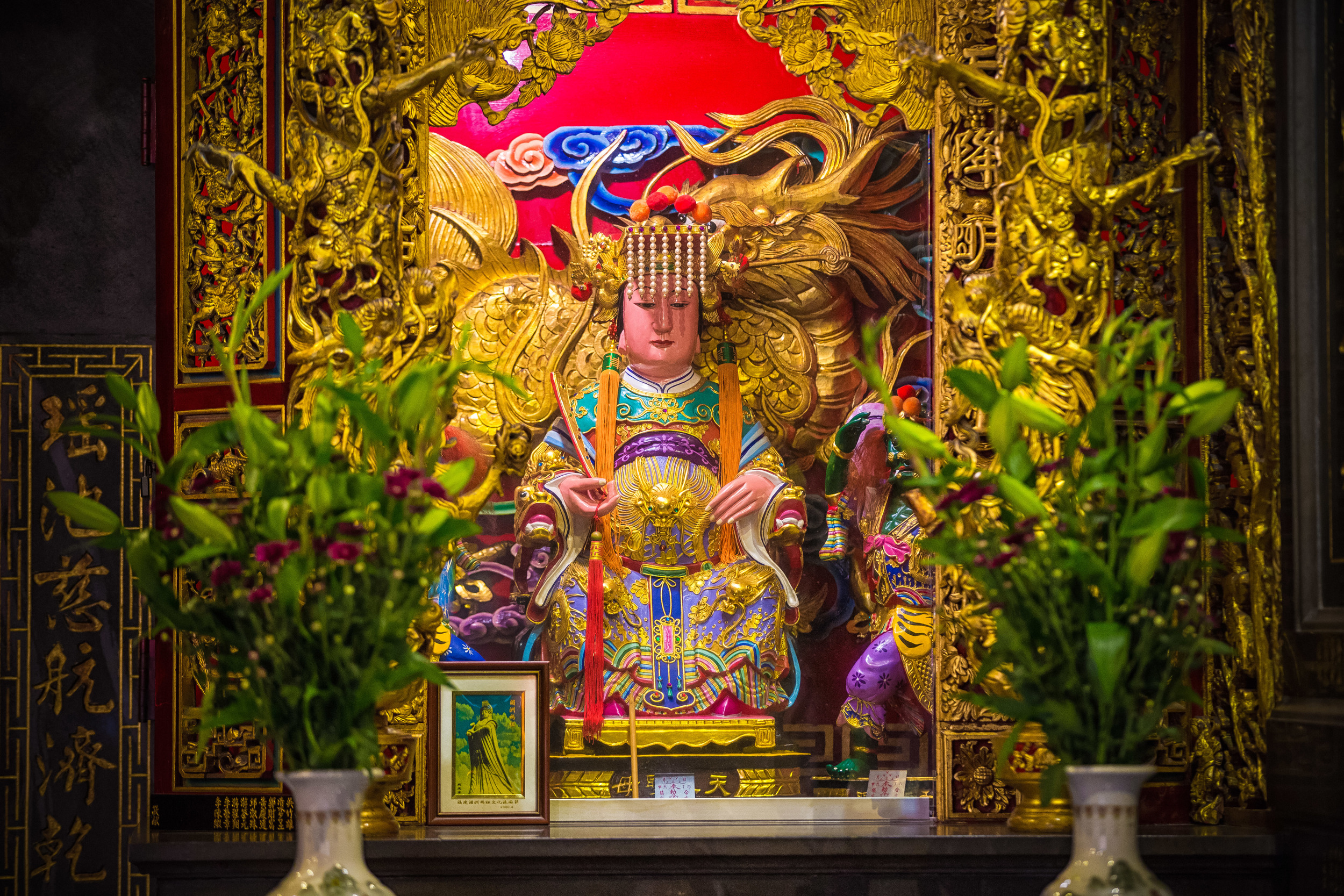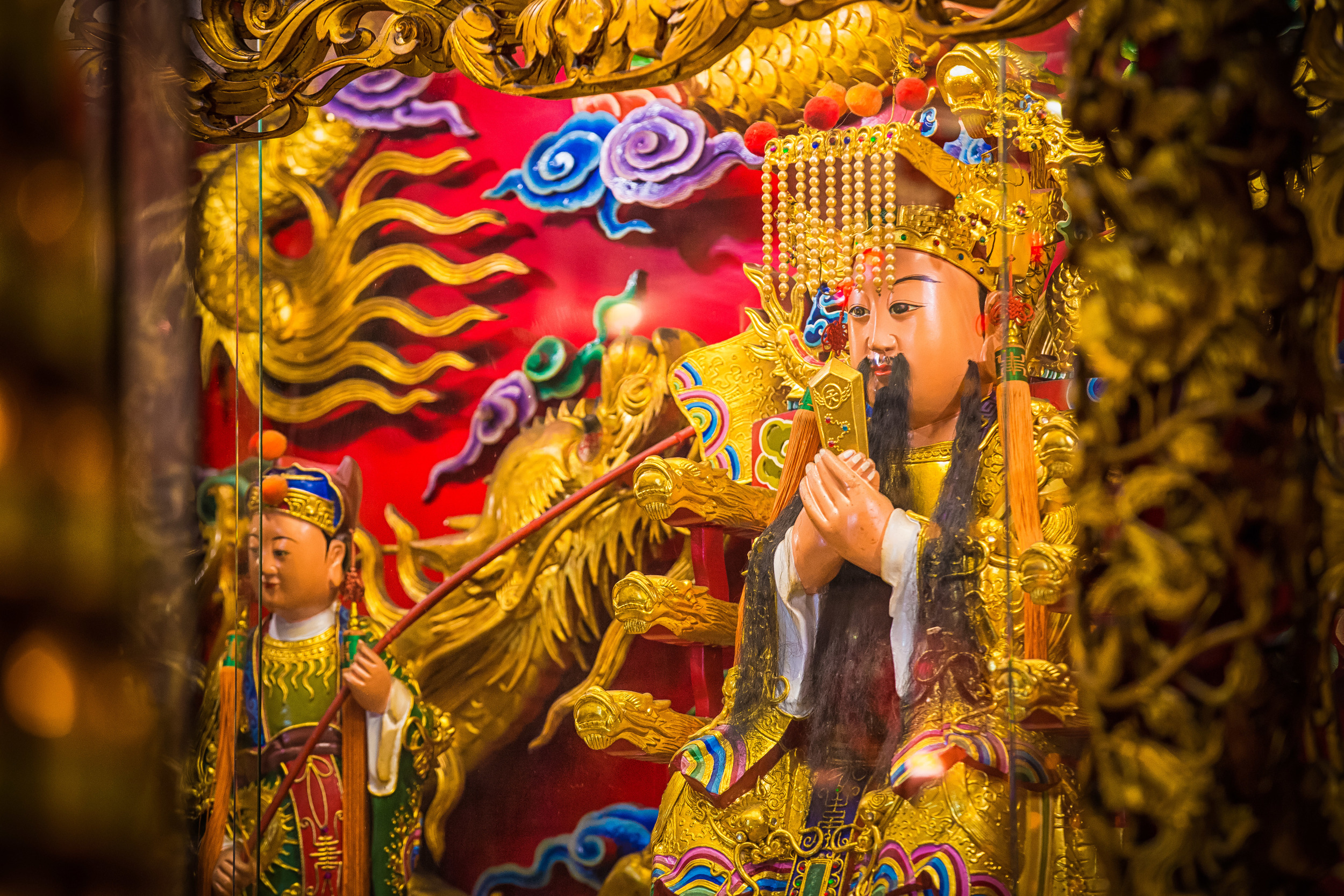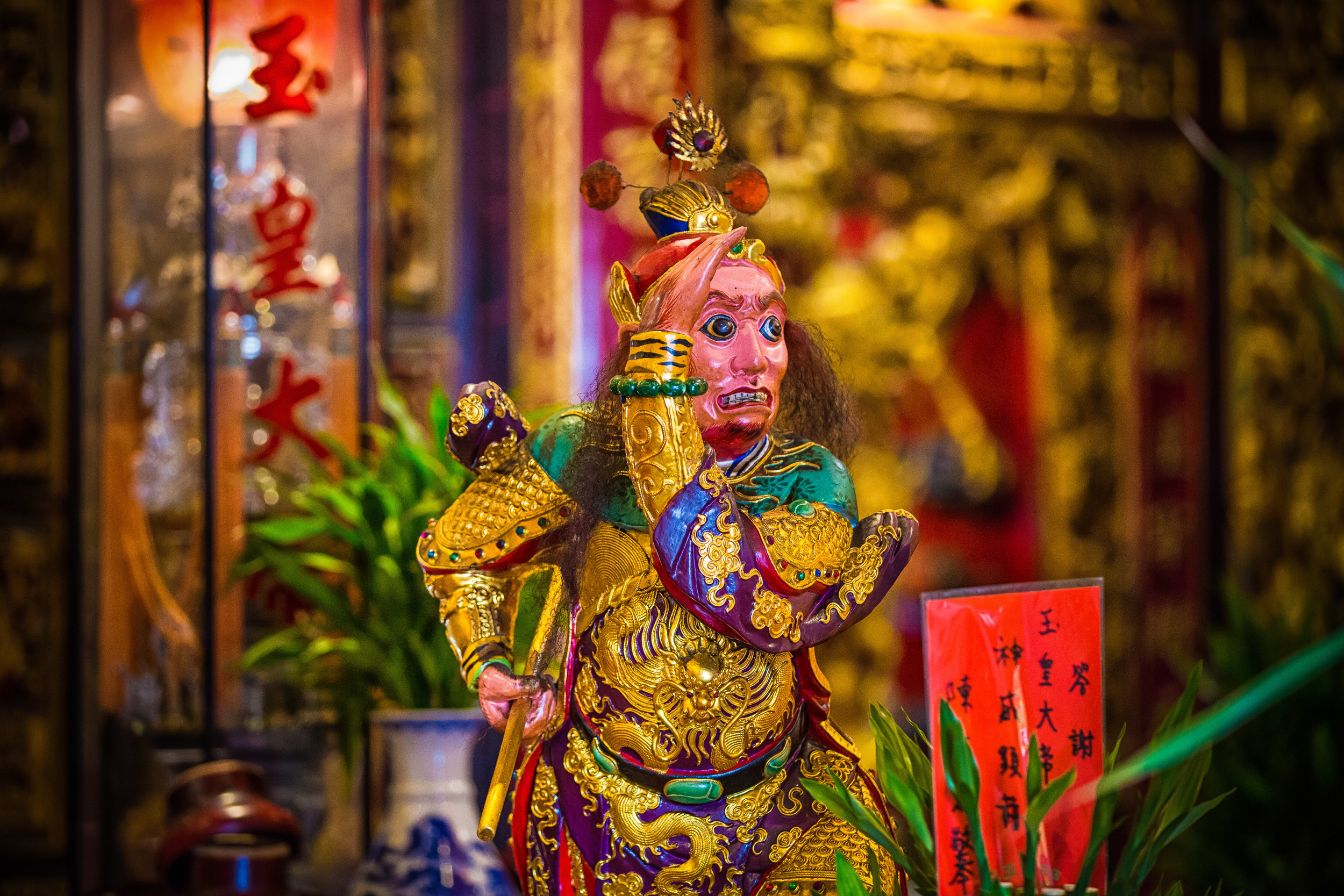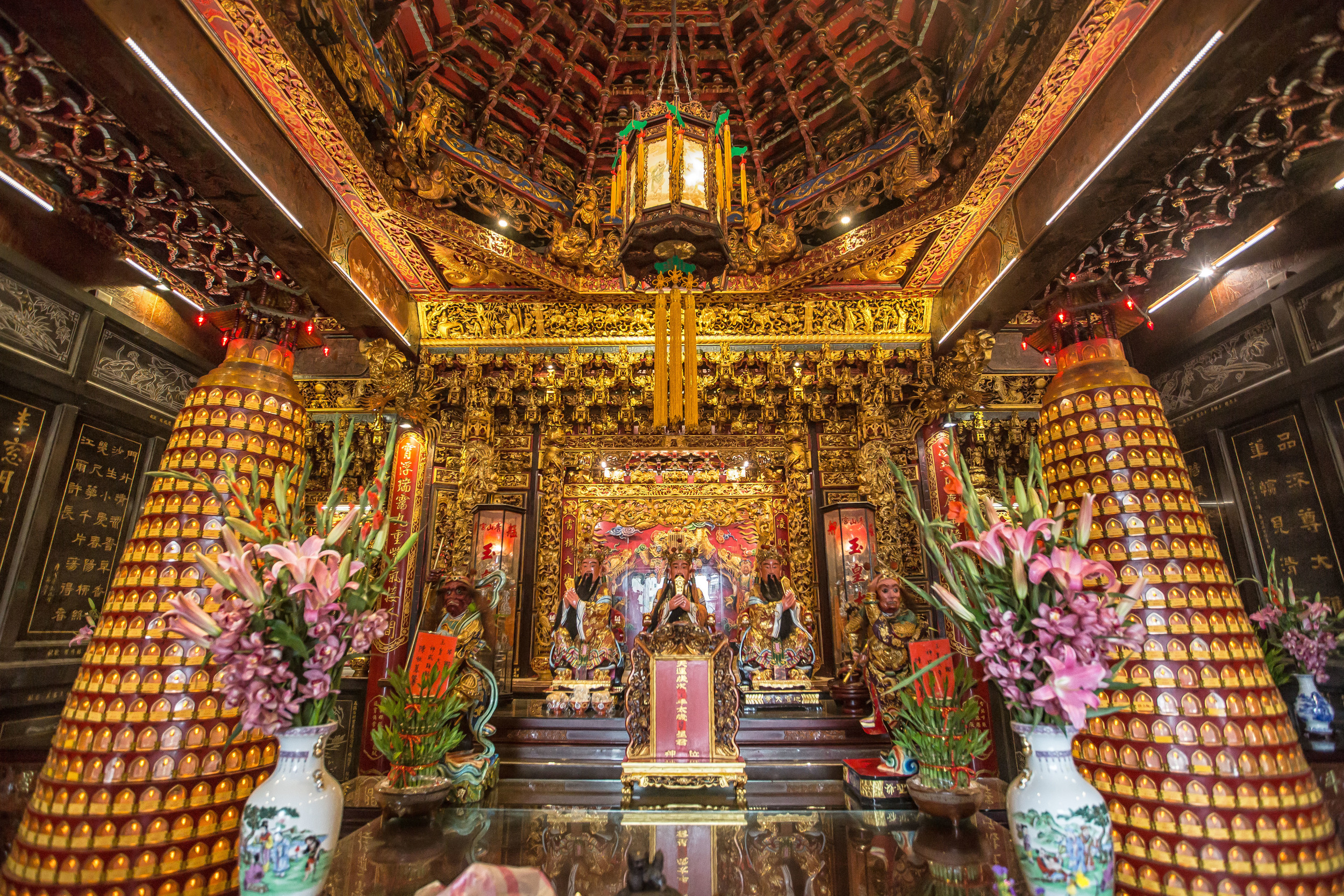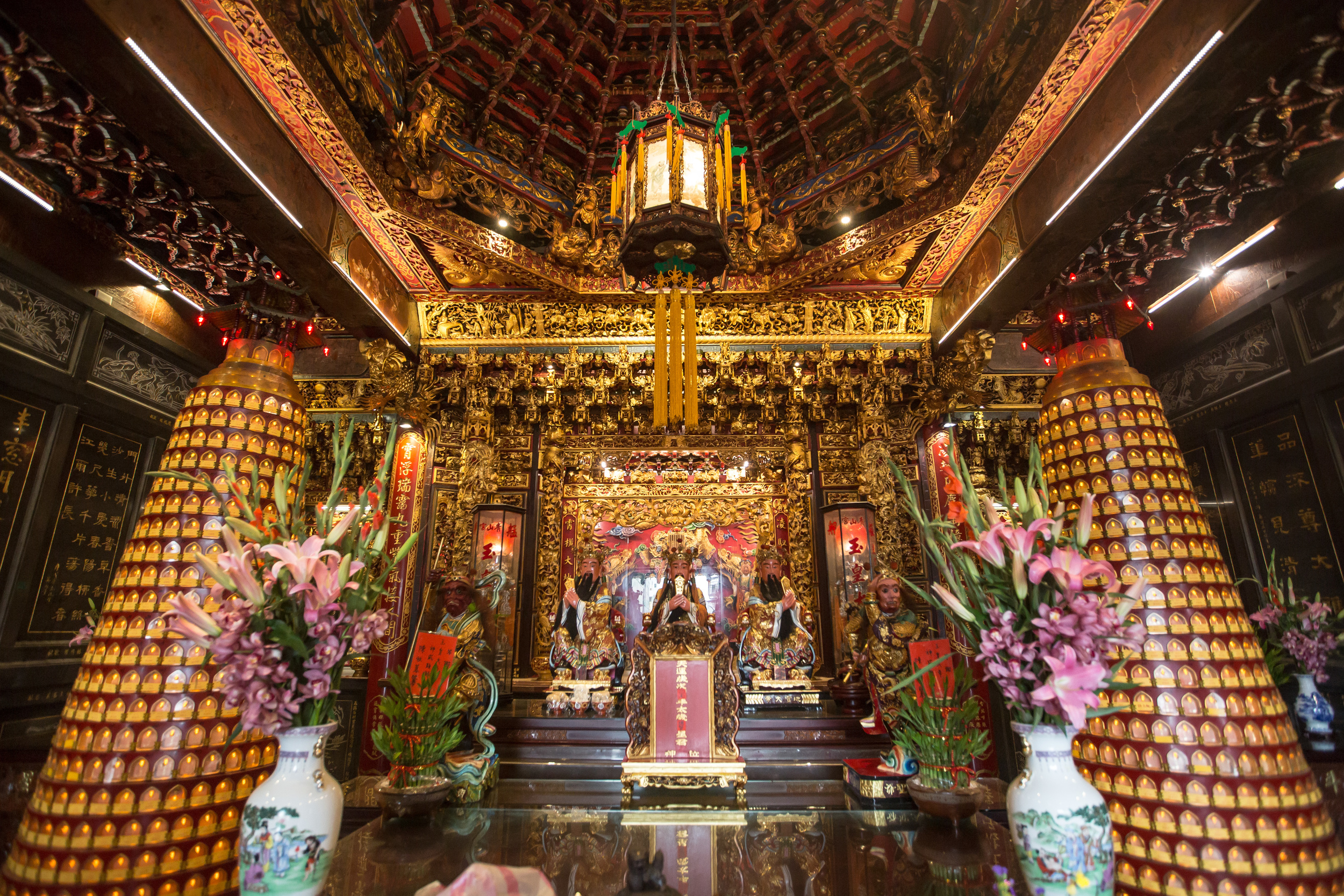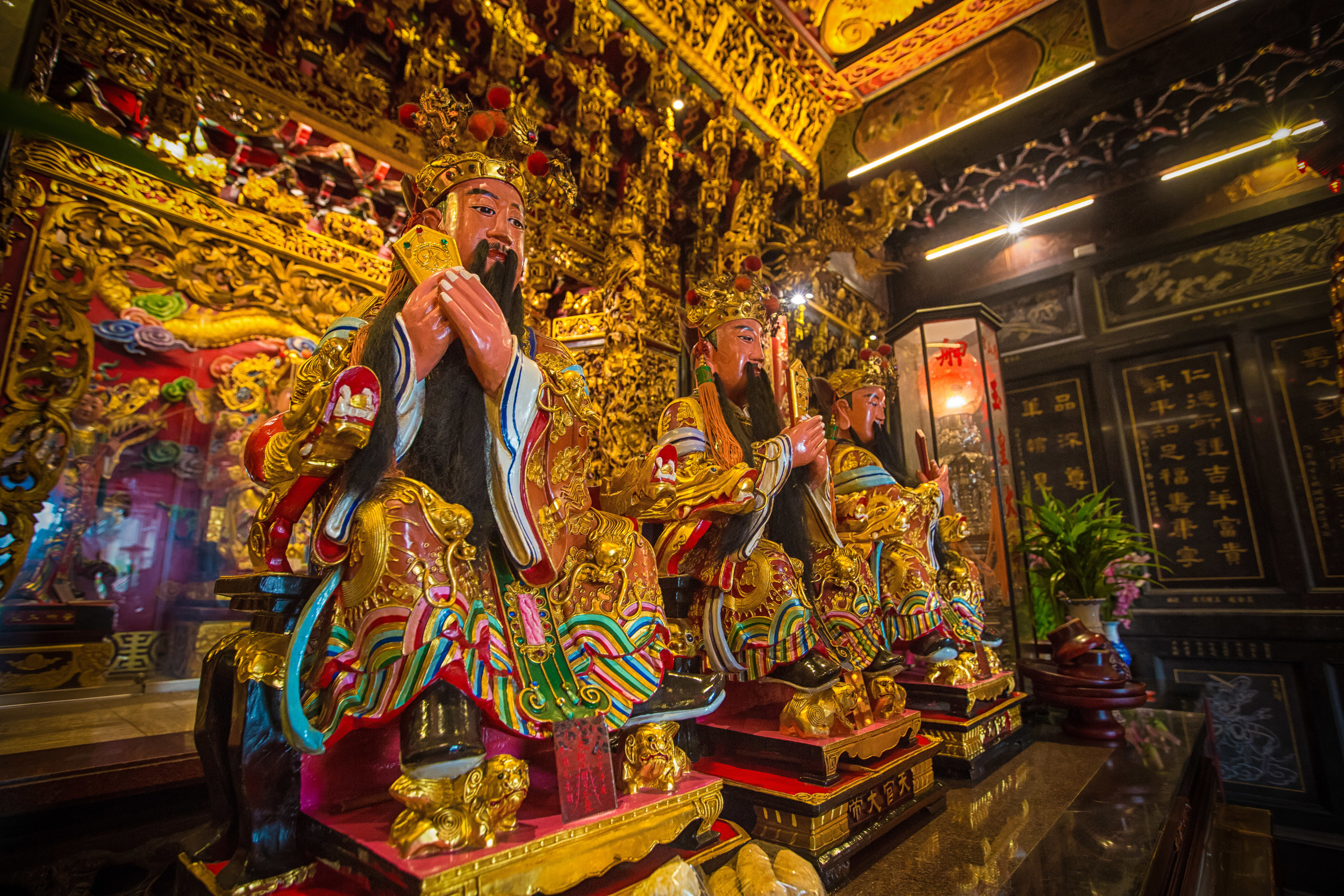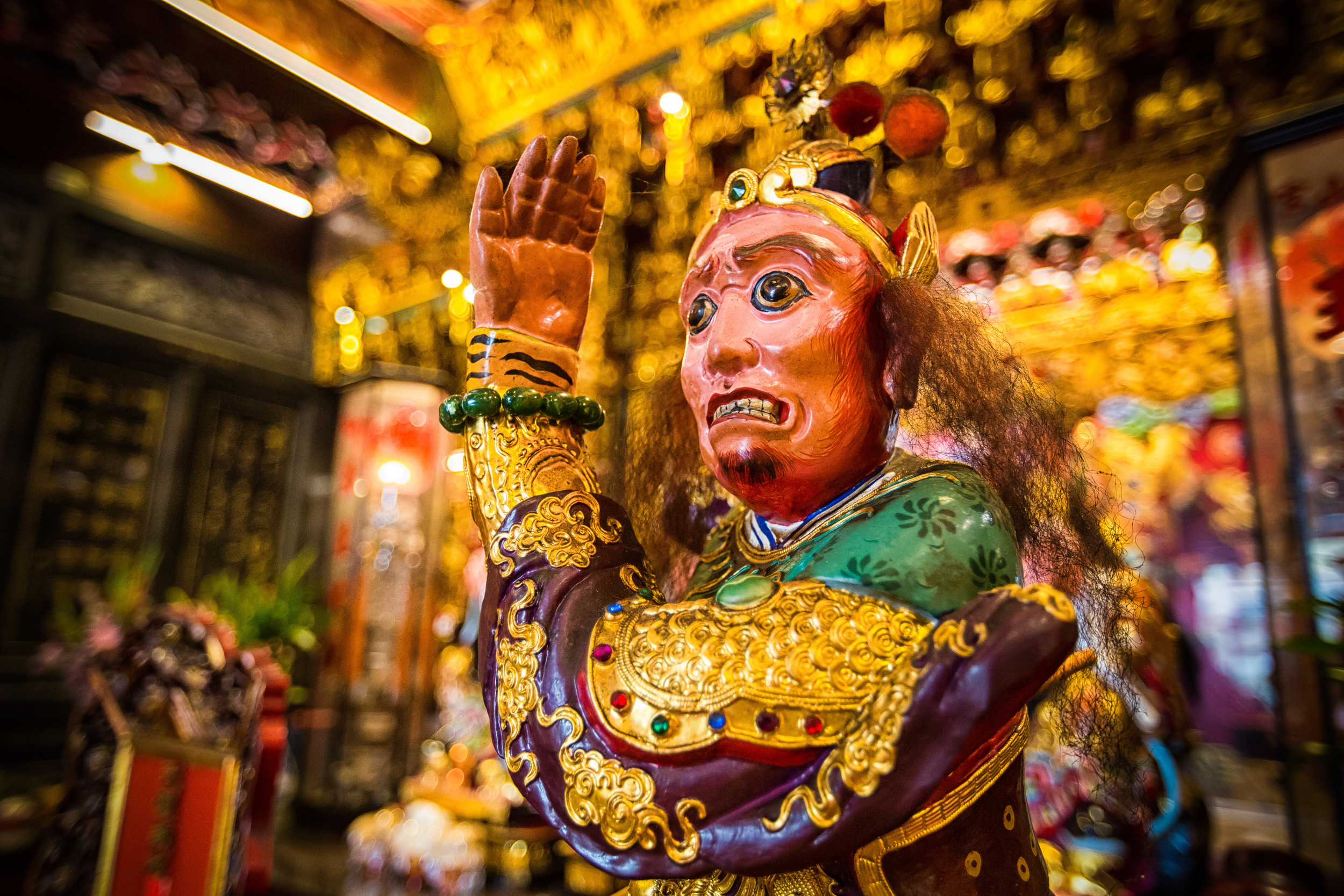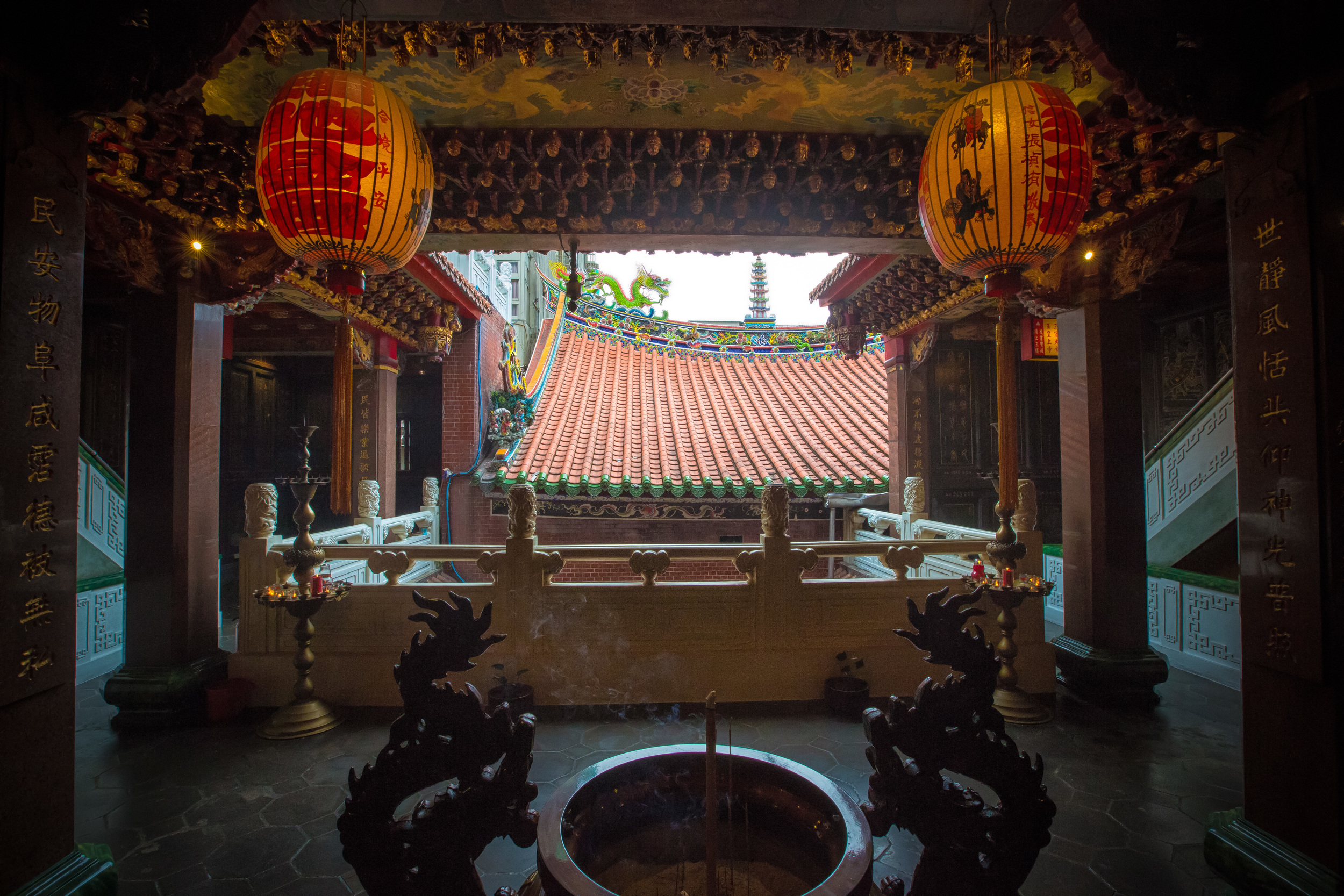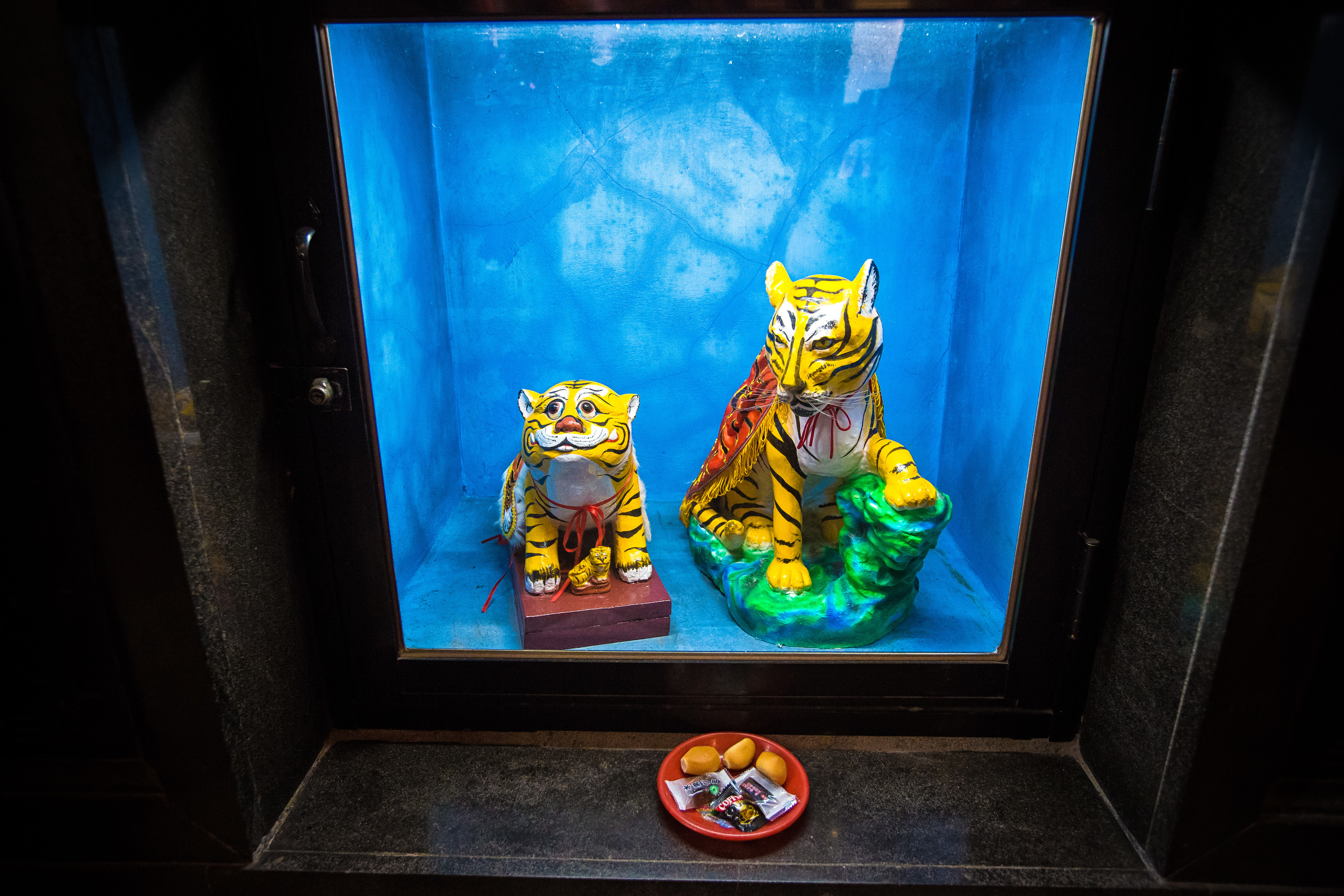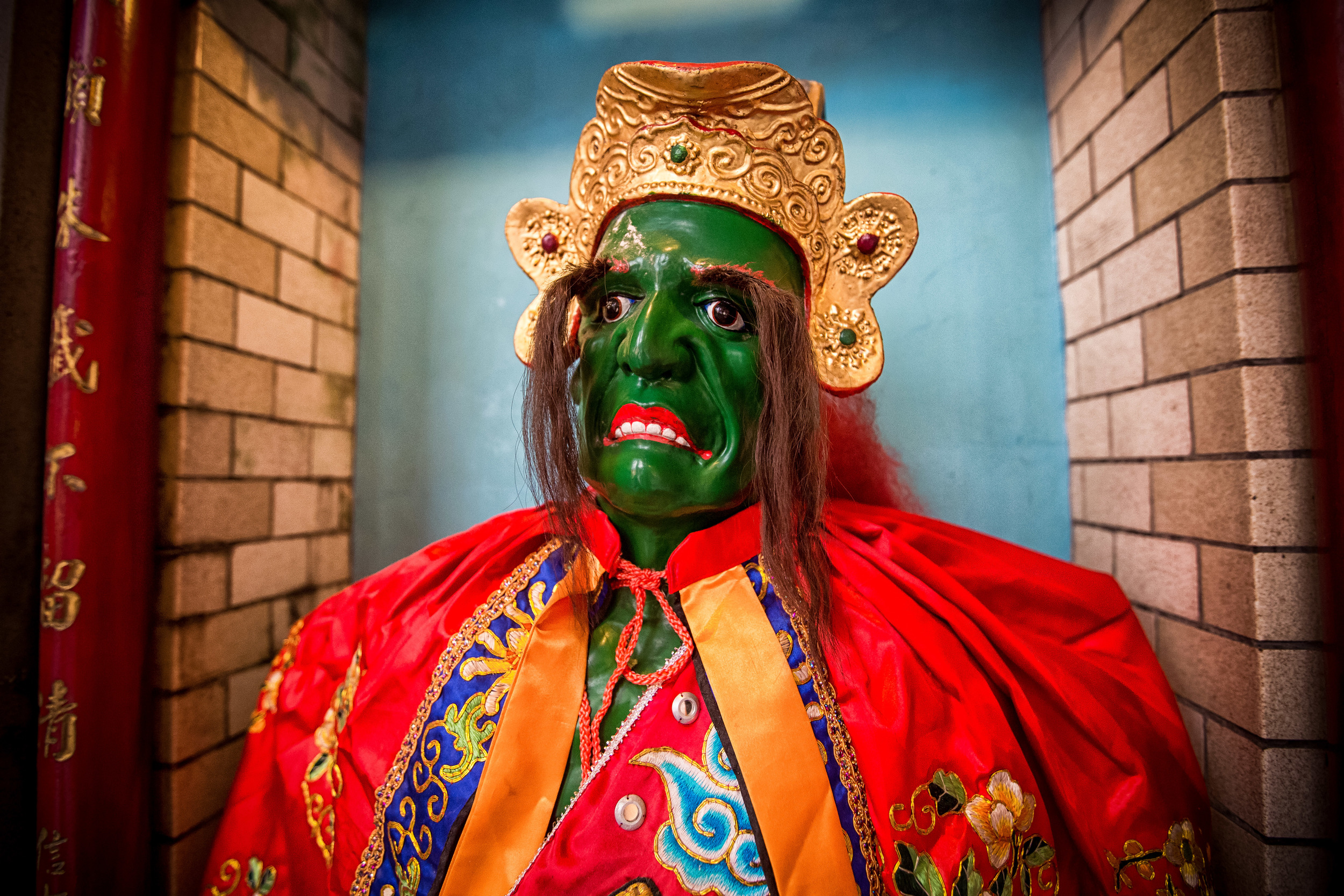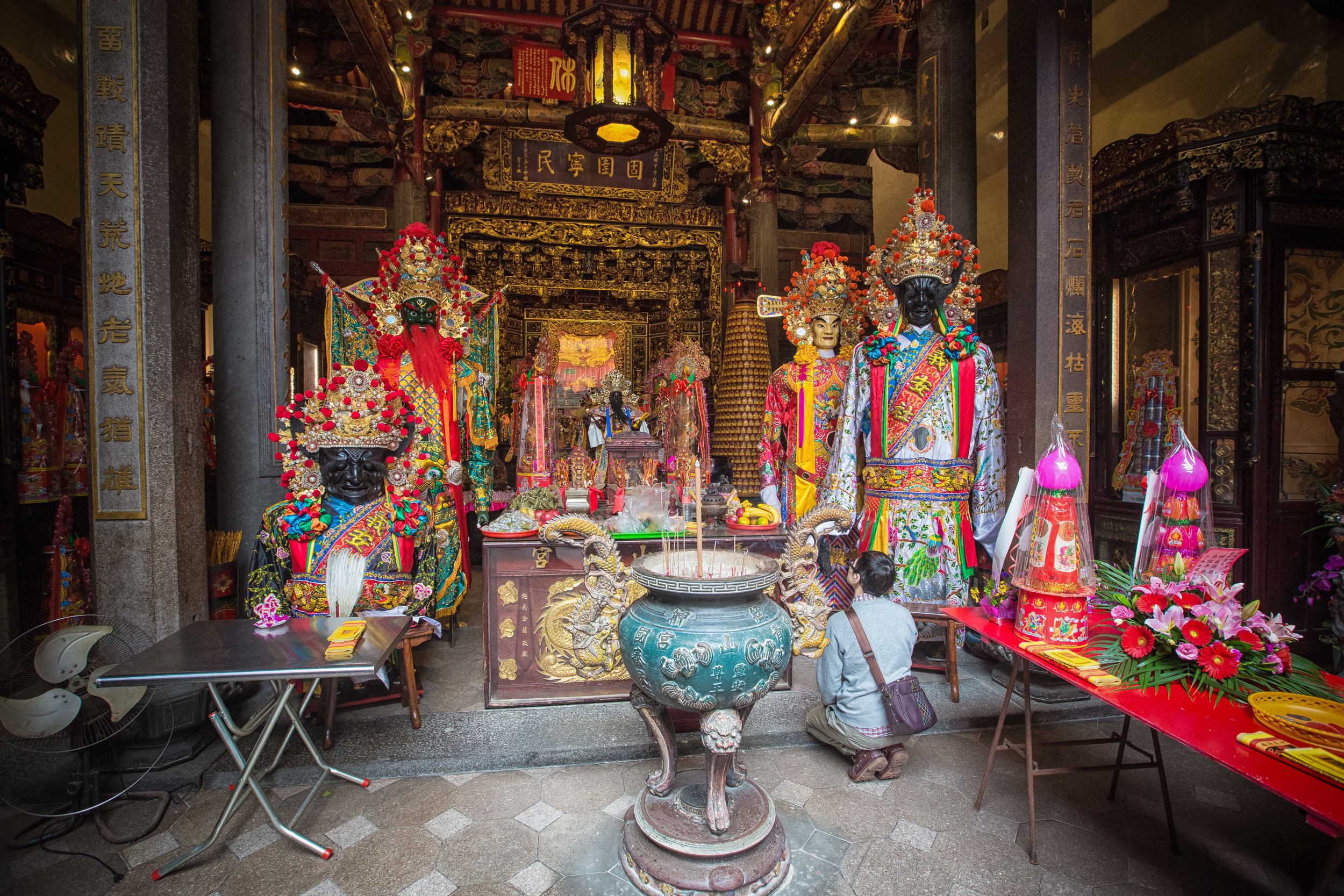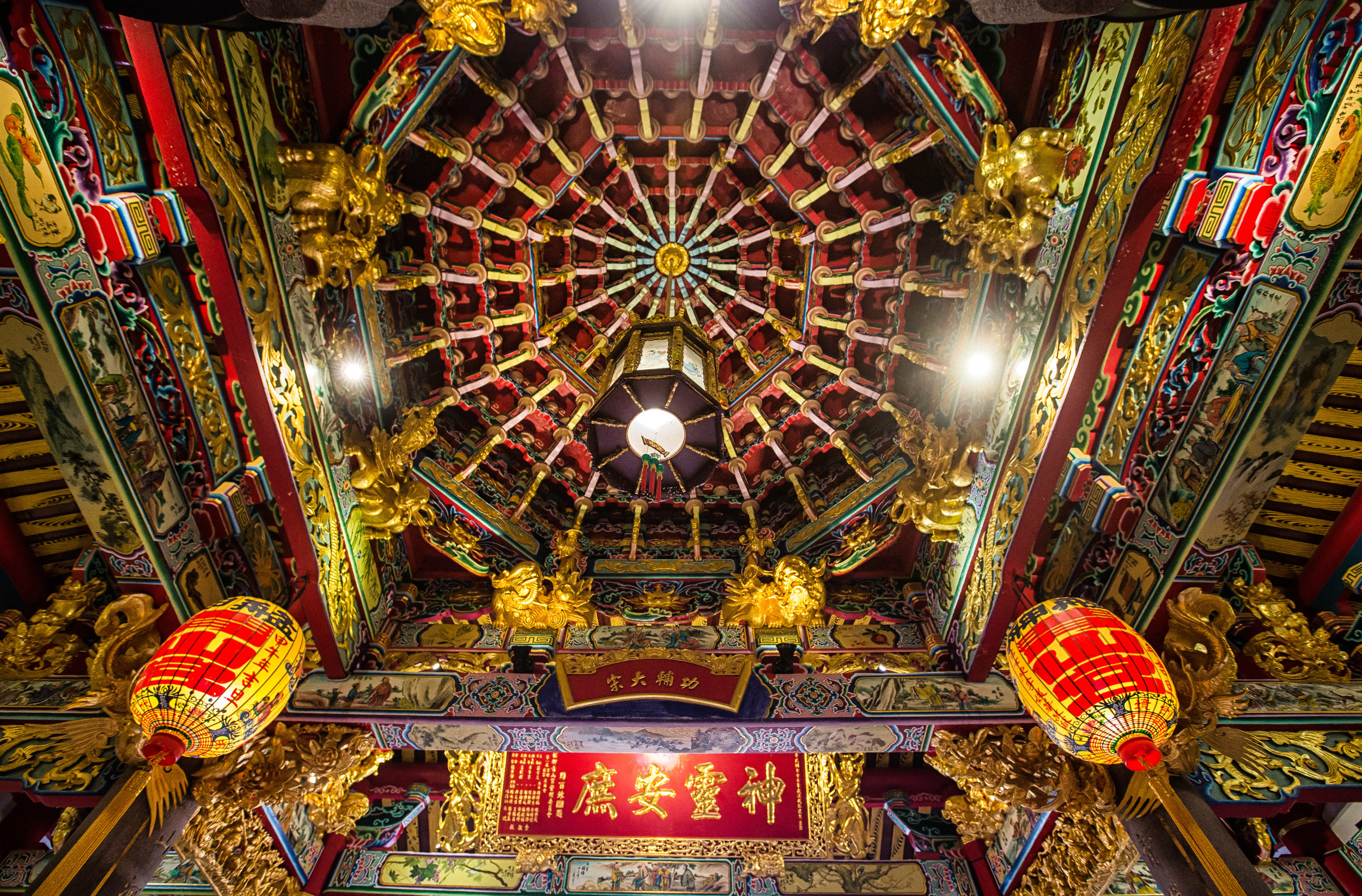While Taipei City as a whole is known for its ‘Top Three Temples’, the city’s historic Bangka District (艋舺區), which is now more commonly known as Wanhua (萬華區), boasts (at least) two of those top three, and is so important to the history and development of Taipei that locals will insist that it has its own dedicated list.
“Bangka,” which is pronounced as ‘Báng-kah’ in Taiwanese Hokkien, or simply as “Monga” (艋舺) in Mandarin, is historically-speaking one of the most important areas of Taipei, and it’s long history is steeped in both the culture and religions of Taiwan. Once one of the most commercially successful areas of Taipei, thanks to its proximity to the Xindian River (新店溪), Bangka has served as a centre of commerce for over three hundred years. Originally settled by the tribes of Taiwan’s Plains Indigenous Peoples (平埔族), followed by Hokkien (閩南人) immigrants, and most recently by Chinese refugees of the civil war, the district has been in a constant state of change over its modern history, with the influx of newcomers, who brought with them their own ways of life, and of course, their religious practices.
Nevertheless, despite the district being home to Taipei’s hip and modern Shibuya-like shopping district, Ximending (西門町), as well as a number of night markets and historic attractions, it is a neighborhood that sadly finds itself in decline, with an aging population, high rates of unemployment, and seedy underbelly, all of which are issues that the local government aims at combatting in order to help revive its fortunes. That being said, if you are visiting Taipei and want to experience the history of the city, there is no better place to visit than Bangka - this area is truly unlike anywhere else in the city and walking around, you’re likely to have distinct feeling that you’ve travelled back in time to an older, livelier and somewhat seedier version of one of Asia’s most important cities where its places of worship have been integral parts of the daily lives of its residents for hundreds of years.
Like most of the buildings in the district, the places of worship in Bangka are historical relics that share an interconnected relationship with the various groups of immigrants who have made their way Taiwan over the past few centuries, and made the most of their lives in a new land helping to forge Taiwan into the vibrant nation that it is today.
When it comes to the Top Three temples of Bangka there is a bit of inconsistency in both the Chinese-speaking world as well as that in the opinion of foreign visitors as to which temples actually belong on the list. While others may disagree, my list will take into consideration what the majority consider the 'Top Three' but I'll also include the temples which often make the list as well as provide links to my posts about each of the temples for further details.
Longshan Temple (艋舺龍山寺)
Longshan Temple is probably Taiwan's most well-known temple - The temple is one of Taiwan's busiest places of worship and is always jam-packed with tourists who come to view this beautifully designed and well-preserved temple.
The temple has a history that dates back to 1738 and like Bao-An temple, also has a close relationship with the Hokkien immigrants who came to Taiwan several centuries ago. Longshan Temple is primarily dedicated to Guanyin (觀音菩薩), the Buddha of Compassion, but like many other places of worship in Taiwan has shrines set up to Taoist and Chinese Folk Religion deities making it a very convenient temple for the faithful of Taiwan.
When it comes to design, this temple is second to none and is one of the most beautiful specimens of Chinese-style temple architecture in Taiwan, if not the whole world.
Qingshan Temple (艋舺青山宮)
Qingshan Temple is one of the most interesting temples in Taipei and its Qingshan King Festival is one of the most lively Temple events on the yearly calendar. The temple dates back to 1854 and if the temple hadn't of been built, Bangka would be a completely different place than it is today.
Interestingly, the temple sits in the middle of what is known as 'Taipei's First Street' (台北第一街) and is near the former wharf which made the Bangka district an economic powerhouse.
The temple is dedicated to the Qingshan King (青山王), a historical figure from China's warring states period and is thought to have the ability to cure sickness and disease. The king is also well known for his ability to drive out evil and when he comes out of his temple once a year to inspect the district, the festival that follows is one of the coolest cultural events that you'll ever experience
If it was left up to me, this temple would be on the list of not only the top temples in Bangka and Taipei, but the top three of Taiwan. A visit to the temple comes highly recommended!
Qingshui Temple (艋舺清水巖)
Qingshui Temple is often considered to be one of the temples on the list of the 'Top Three' in Taipei. The temple is dedicated to Master Qingshui (清水祖師), a popular Buddhist monk and folk-hero whose worship, like the Hokkien immigrants themselves was imported to Taiwan.
The temple makes the list as one of the 'Top Three' due to its age and the important relationship it has played throughout history with a specific group of immigrants who have made the Bangka (艋舺) district the special place it is today.
Honourable Mention: Taipei Mazu Temple (台北天后宮)
Taipei's Tian Hou Temple, which is often also referred to as Taipei's Mazu Temple (台北媽祖廟) is often added to the list of the 'Top Three Temples' of Bangka. Its inclusion on the list is debatable but what isn't is the interesting history the temple has experienced since its construction and how it has been able to endure over the past 270 years.
The temple is situated within the busy Ximending Shopping District (西門町) and is unlike the other larger temples as it is somewhat hidden from the street. The temple is extremely popular with tourists from Japan and although guide books don't spend much time talking about it, it is one of the more interesting temples in the city to visit!



